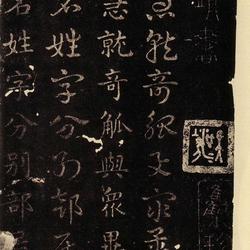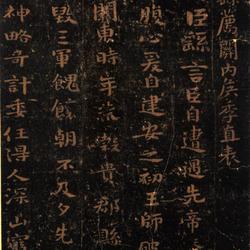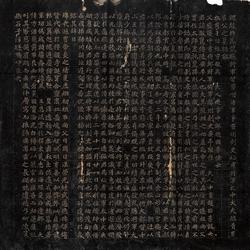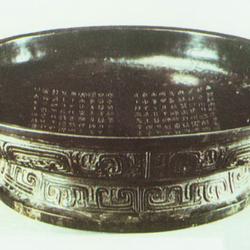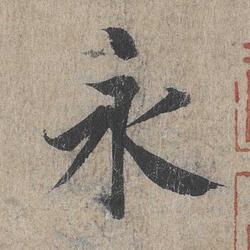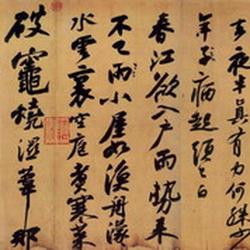Yan Zhenqing's "Magu Immortal Altar":
The full name is "The Immortal Altar of Magu Mountain in Nancheng County, Fuzhou, Tang Dynasty", written and written by Yan Zhenqing. It was established in April of the sixth year of Dali in the Tang Dynasty (AD 771). The stele was originally located in Linchuan, Jiangxi Province, but was destroyed by fire in the Ming Dynasty. It is in regular script. According to legend, the cut and mounted version has a total of 901 words. The inscription is vigorous and simple, with straight bones and straight lines. The changes in line thickness tend to be gentle, and the strokes have few twists and turns. When using the pen, it has a "silkworm head and swallow tail", and many of them have the meaning of seal script. Due to its thick lines, the structure had to expand to all sides in order to leave a margin in the middle of the character to avoid congestion, and the writing method of external expansion was pushed to the extreme. The later "Yanjia Temple Monument" is more powerful, but not as broad, dignified, resolute and majestic. The research value and calligraphy artistic value of "Magu Immortal Altar" as a Song rubbing are still worthy of our attention.
Large print, rubbings. The word diameter is about 5 centimeters. There are two rare copies in existence: one is a re-engraved version of the Ming Dynasty Yiwang Zhu Hubin with strict calligraphy (hidden in the Palace Museum, Beijing); the other is a photocopy of Dai Xi's postscript of the Qing Dynasty (hidden in the Shanghai Museum). The stippling is clear and rarely diffuse.
Chinese calligraphy edition, rubbings. The word diameter is nearly 2 cm. First seen in "Zhongyi Hall Tie" by Liu Yuangang of the Southern Song Dynasty, now in the Zhejiang Provincial Museum. Historically, epigraphists' records have been written in large and small-character versions, but not in Chinese-character versions. During the Yuan and Ming dynasties, no attention was paid to it. In the Qing Dynasty, there were many versions of Chinese calligraphy that were inscribed in the world, but it is no longer enough to be seen.
Small print, rubbings. The word diameter is about 1 cm. There are 46 lines and 901 words. According to Zhang Yansheng's "Records of Rare Books on Tablets and Calligraphy", the calligraphy engravings from the Song Dynasty are not included in the small print edition. The "Tingyun Guan Tie" engraved in the Ming Dynasty began to be collected, and it is said that the Nancheng engraved version is the most valuable. The earliest rubbing is from the collection of Guo Ruoyu in Shanghai. The stone is complete and the calligraphy is clear. It is in the collection of the Palace Museum in Beijing.
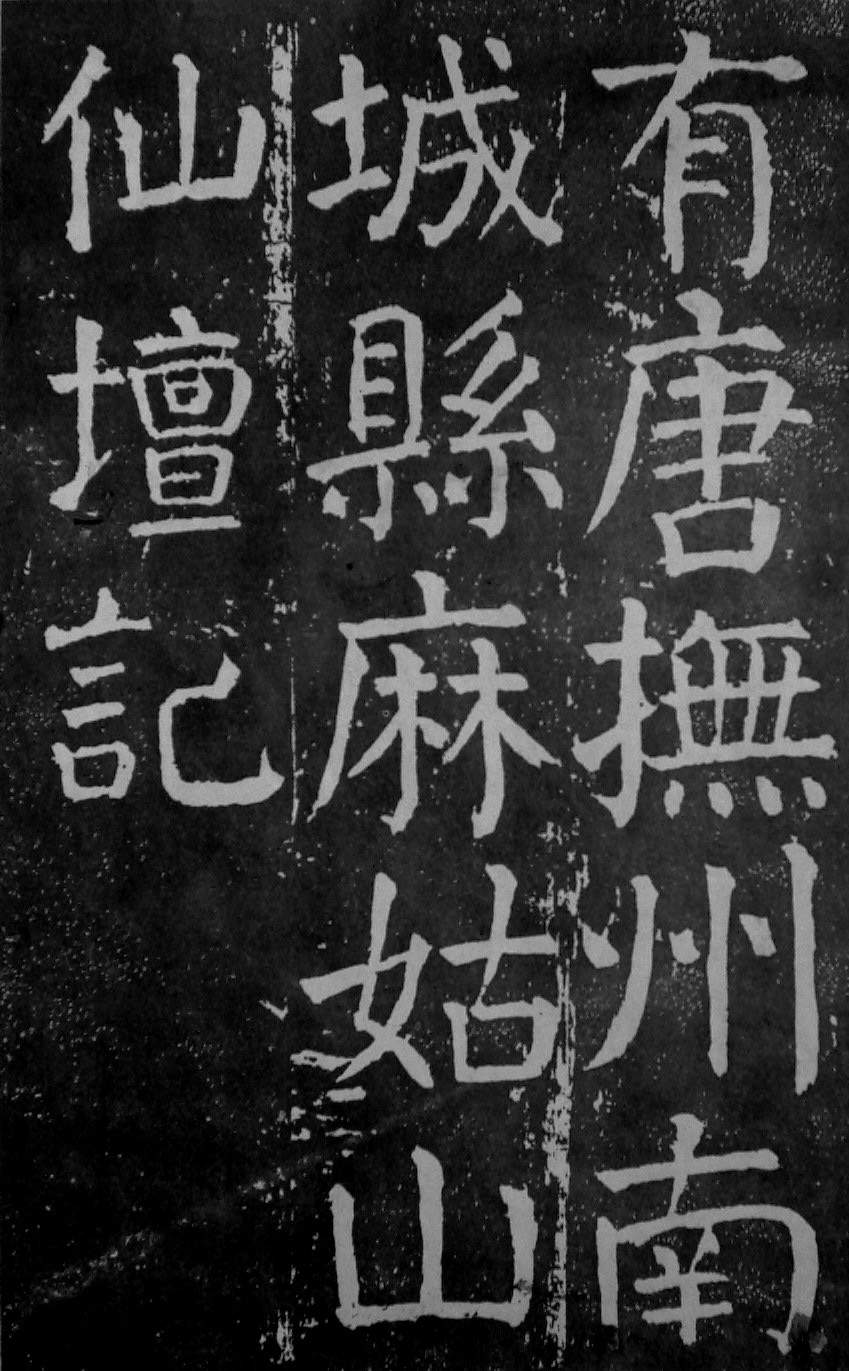
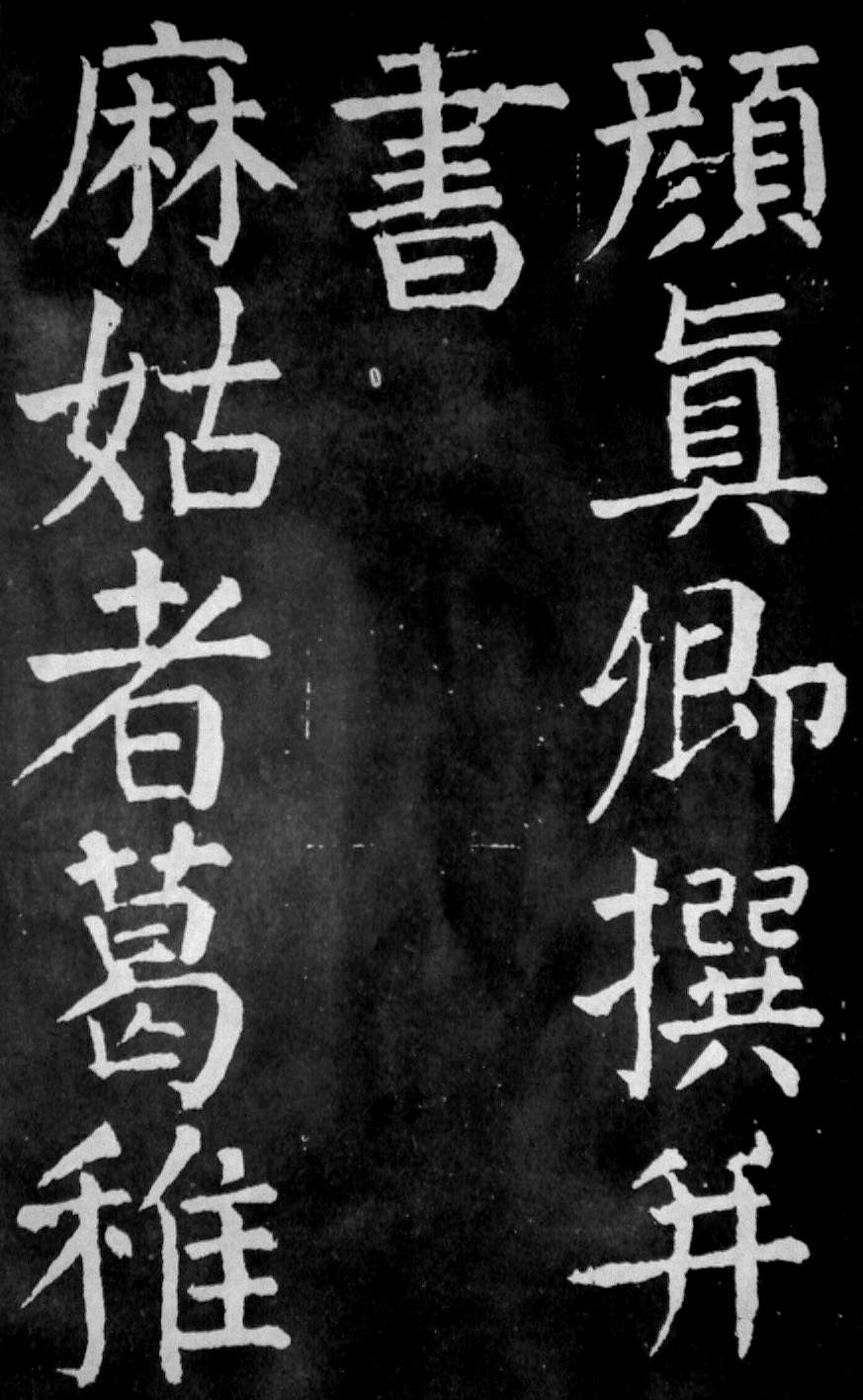
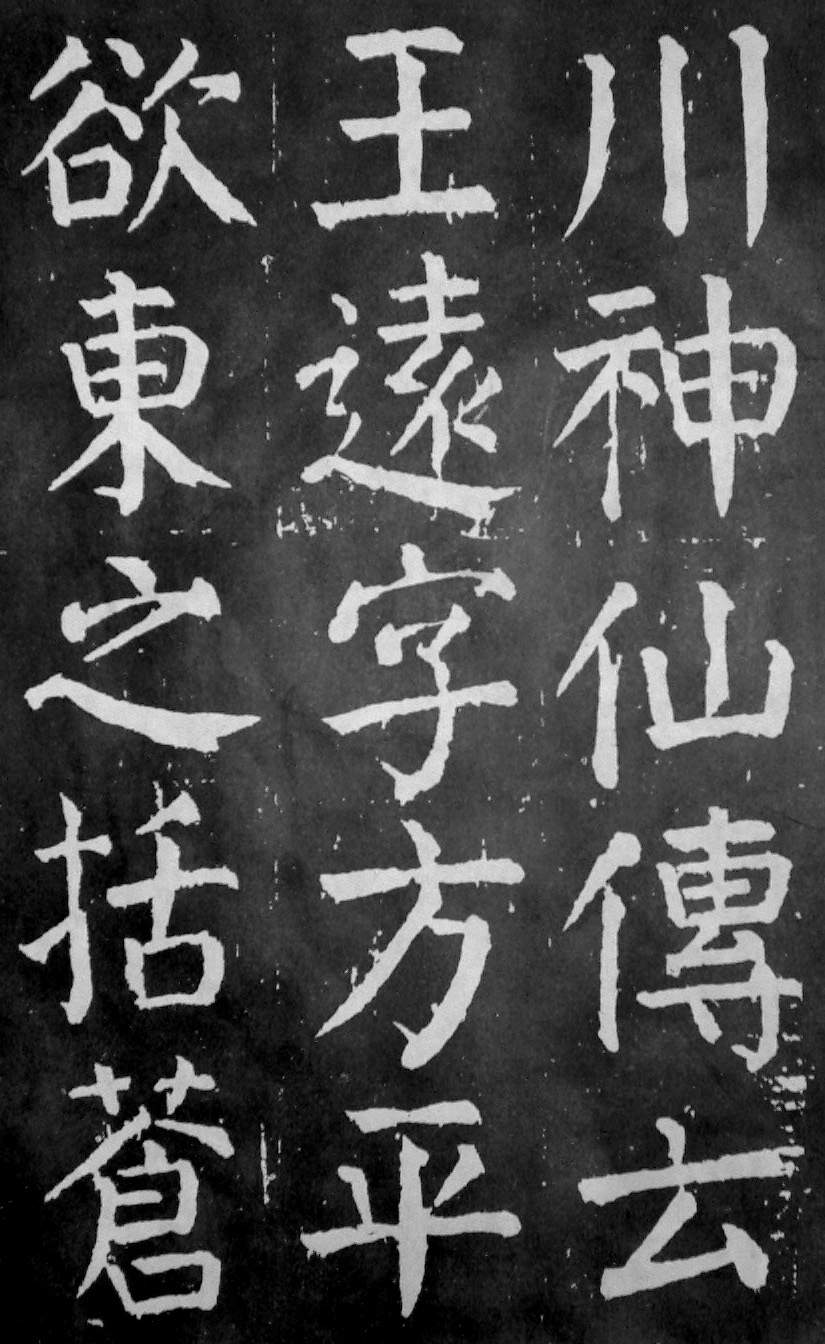
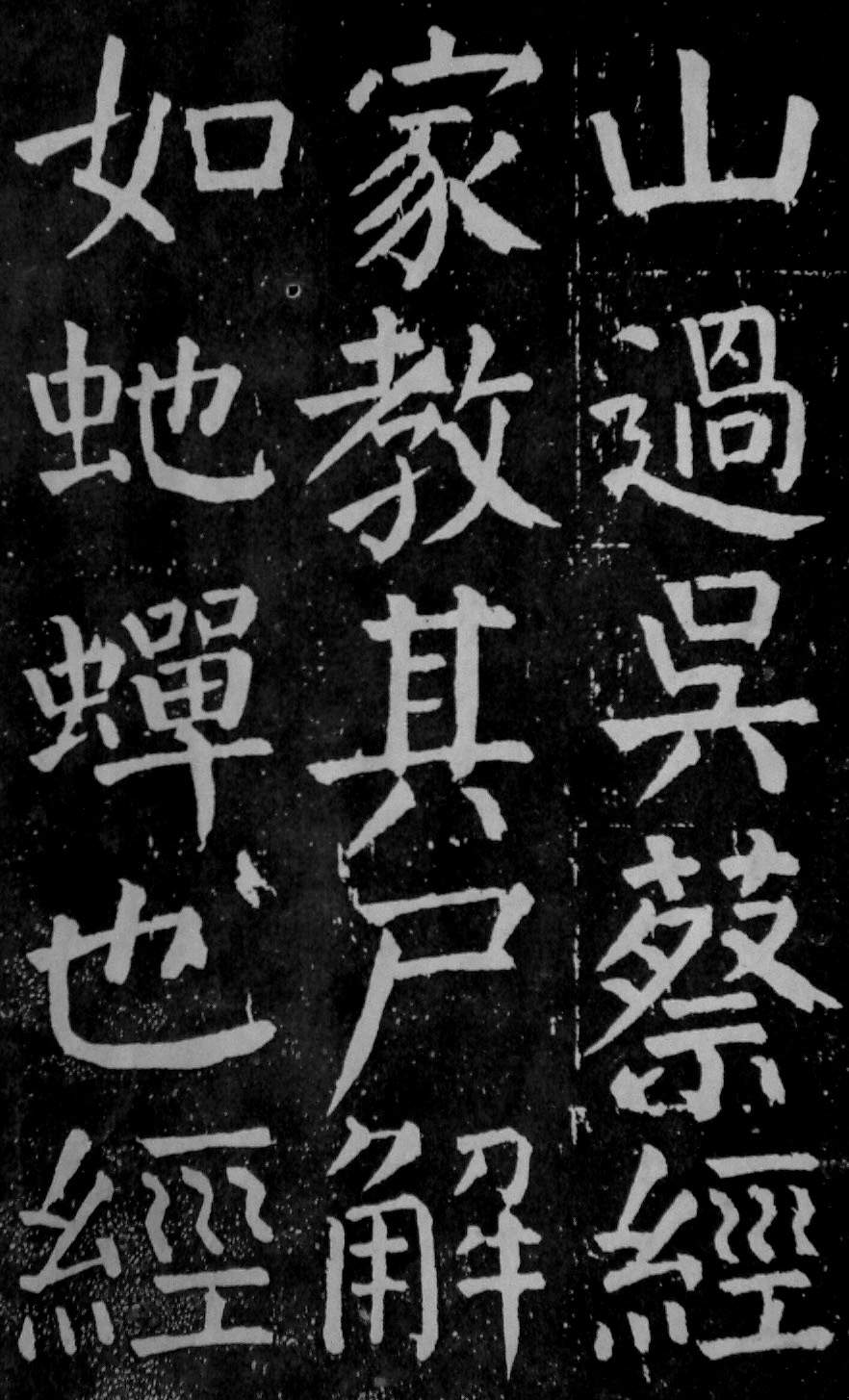
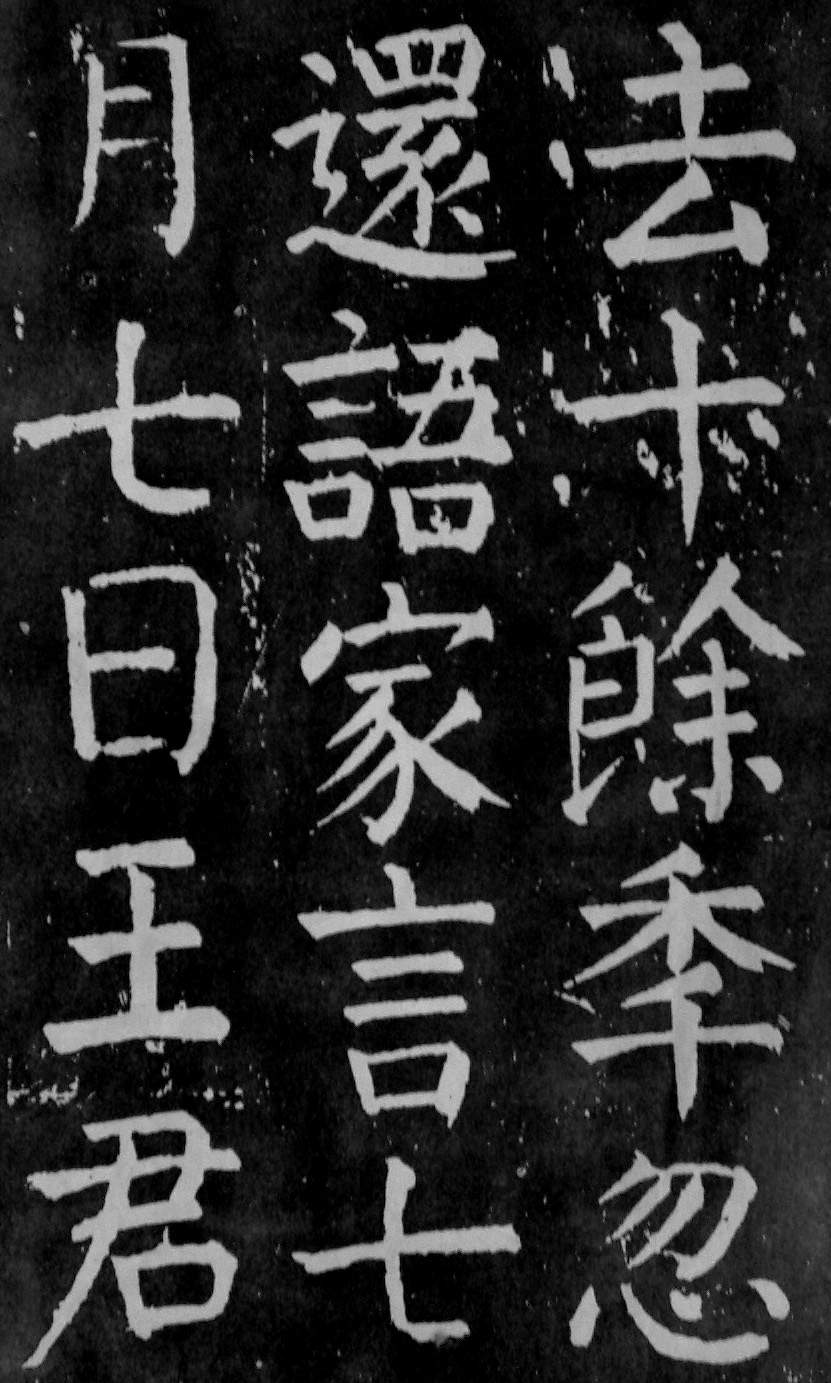
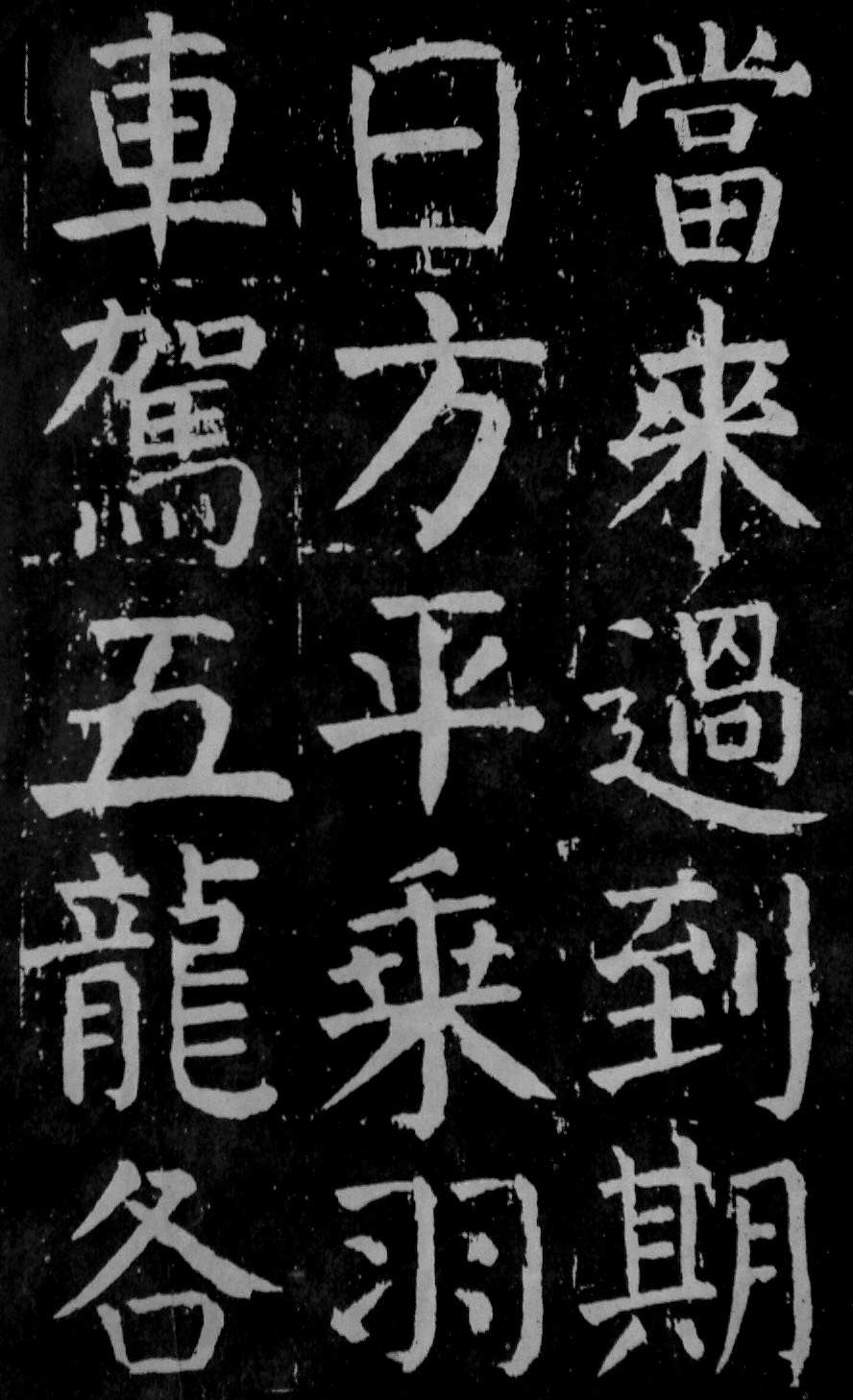
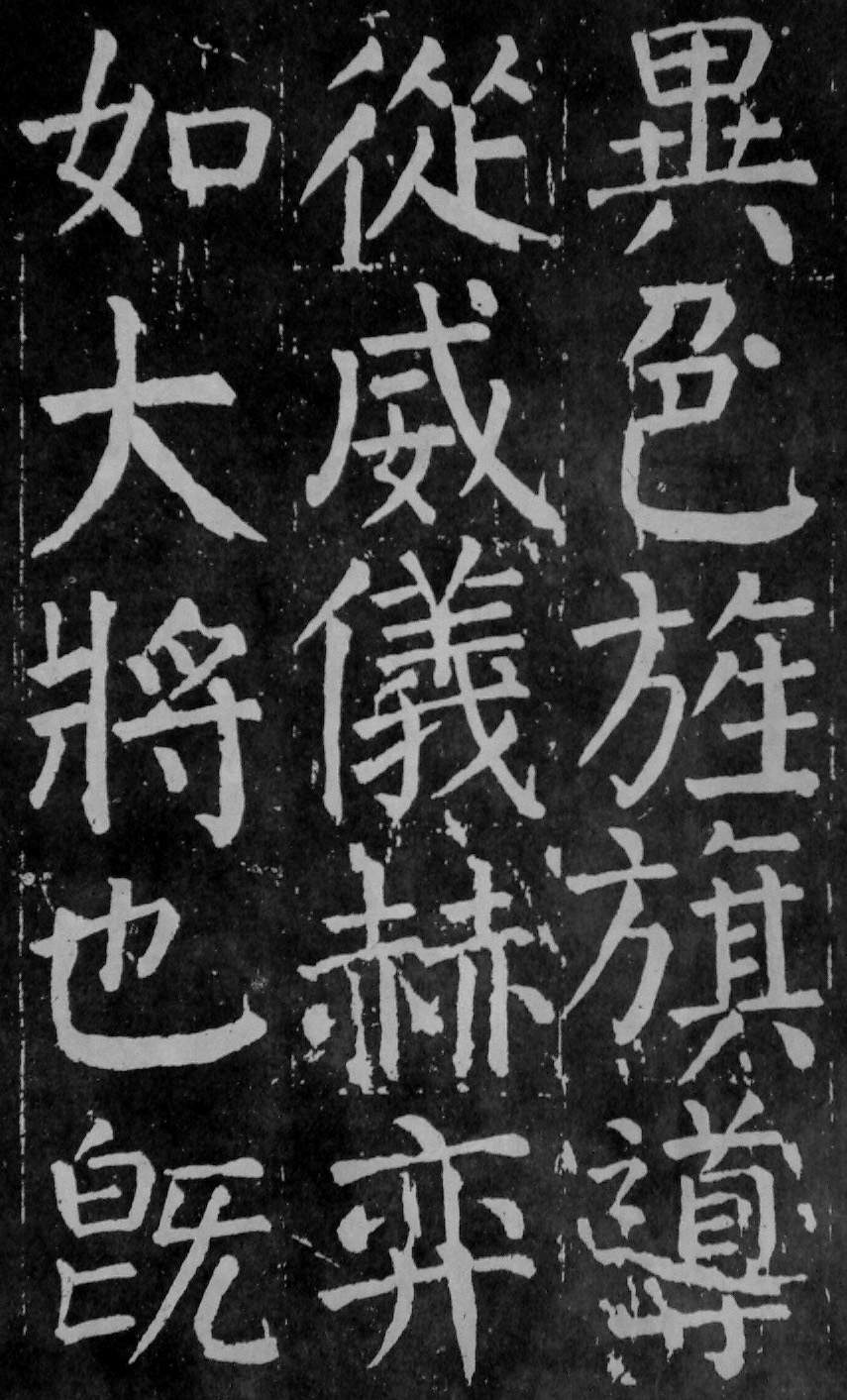
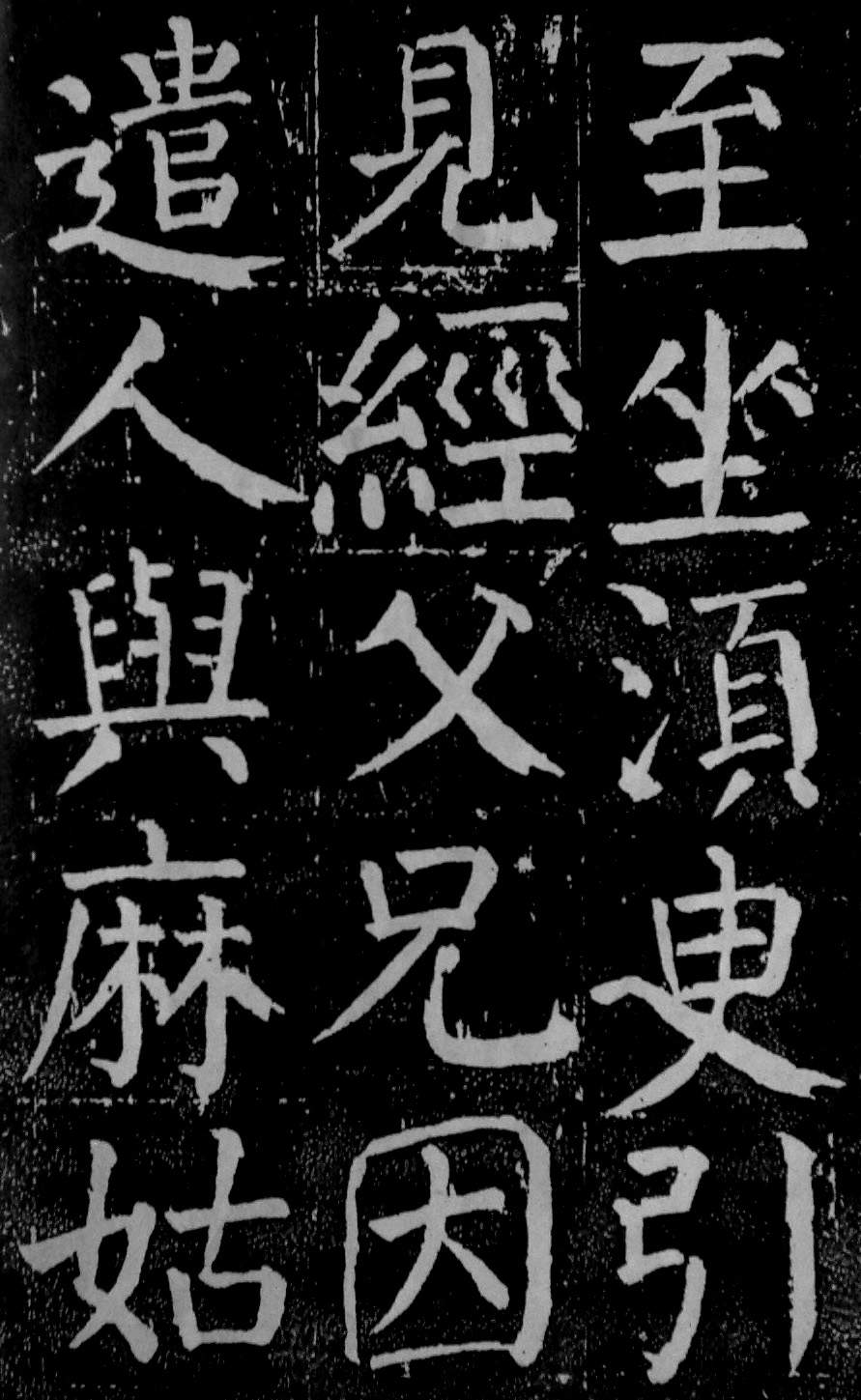
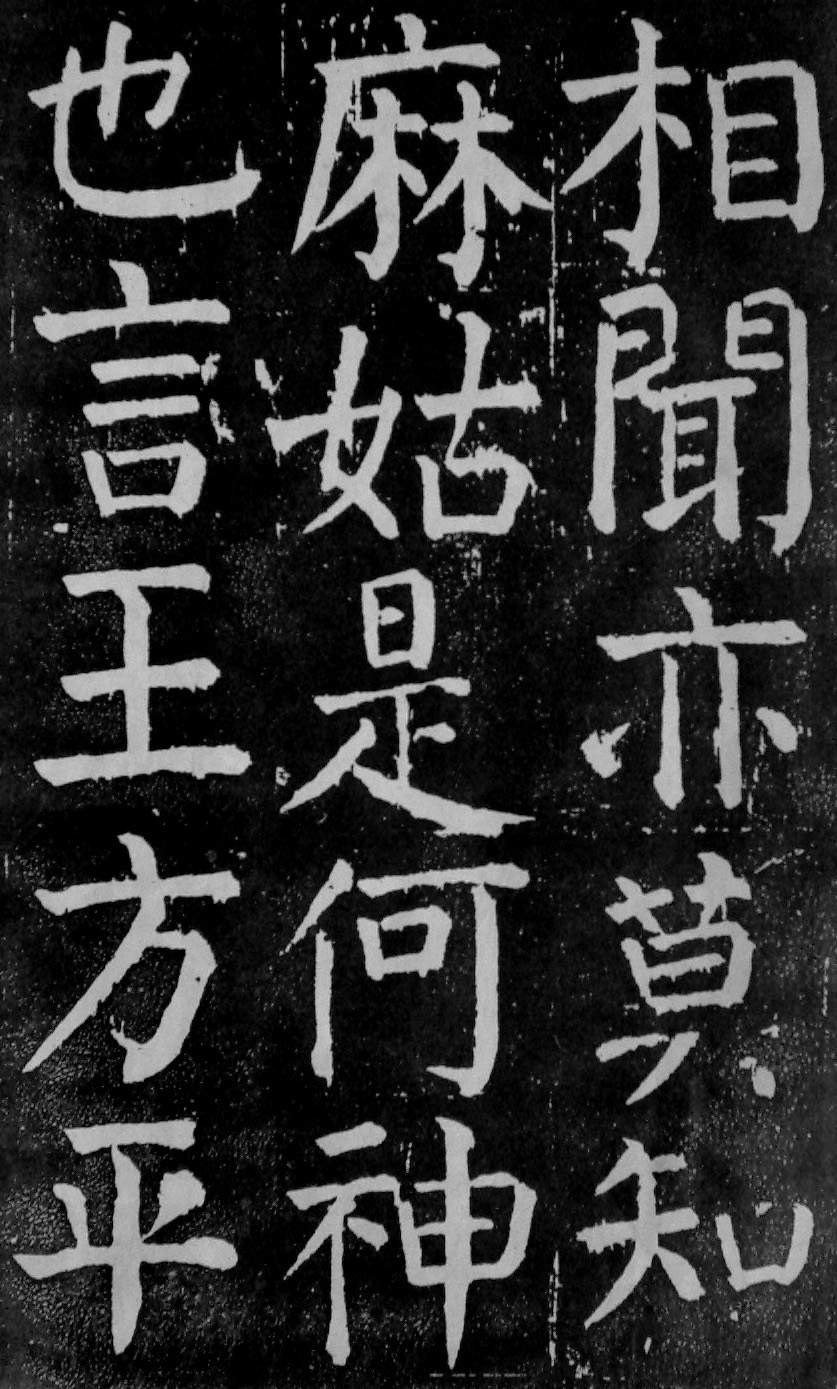
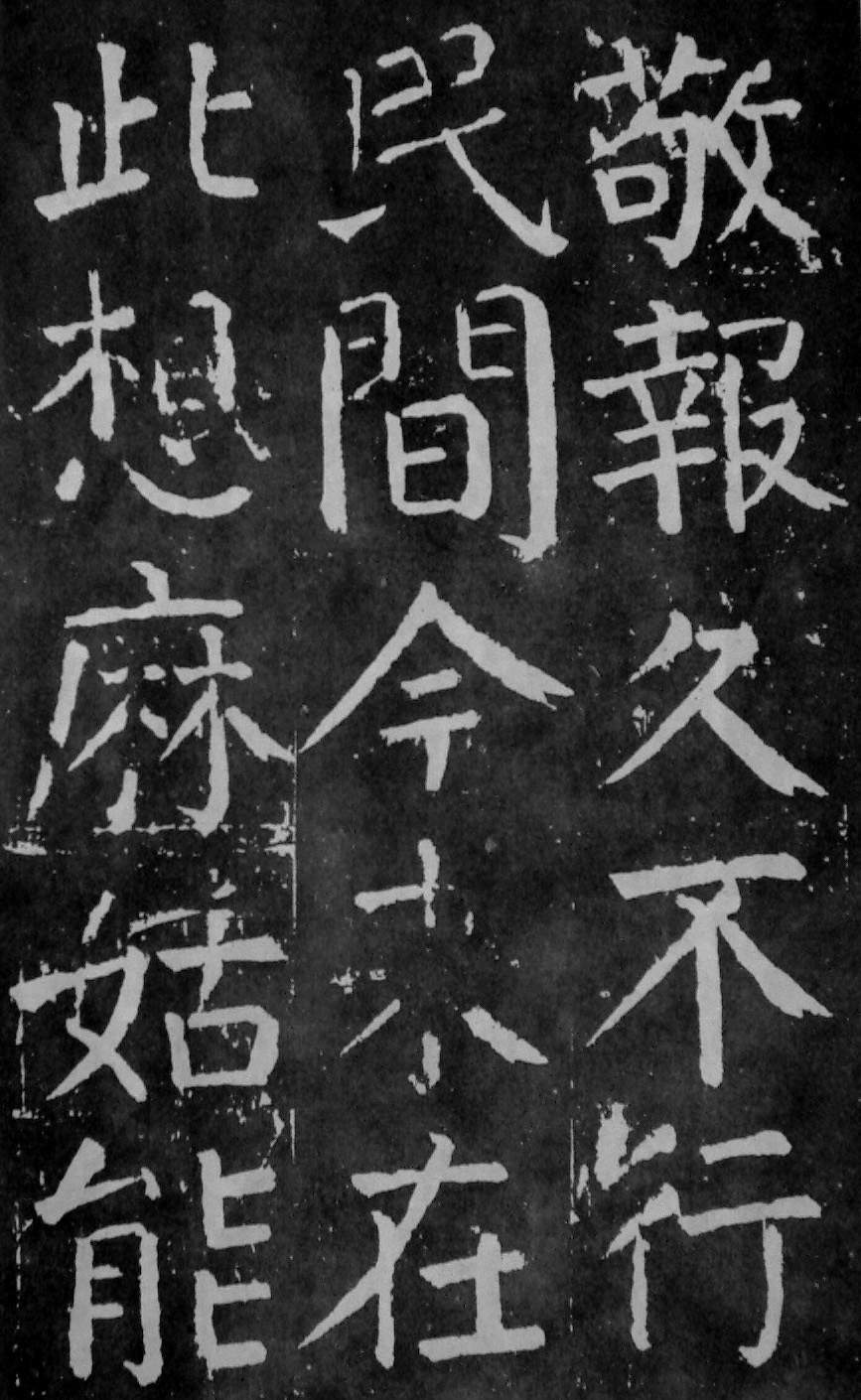
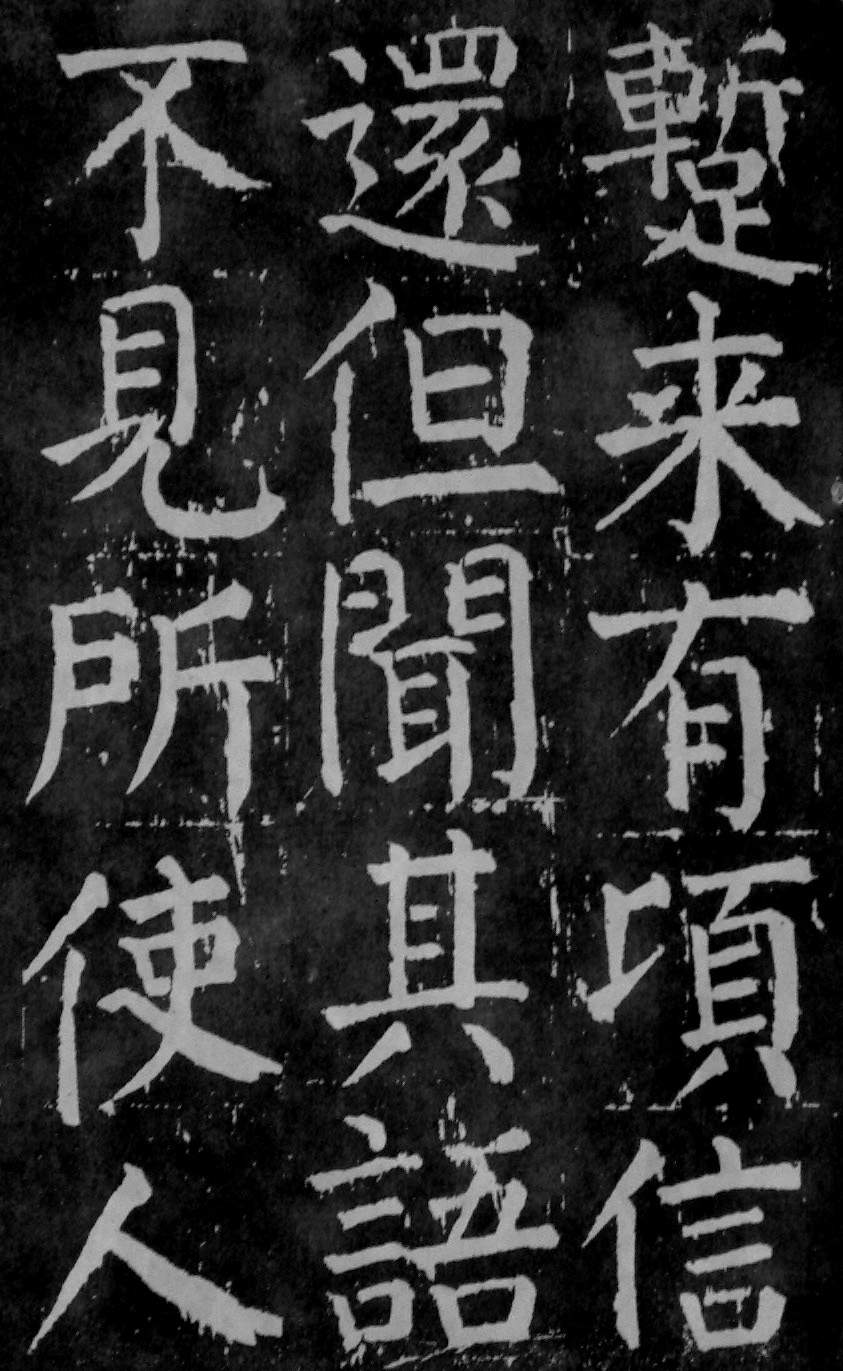
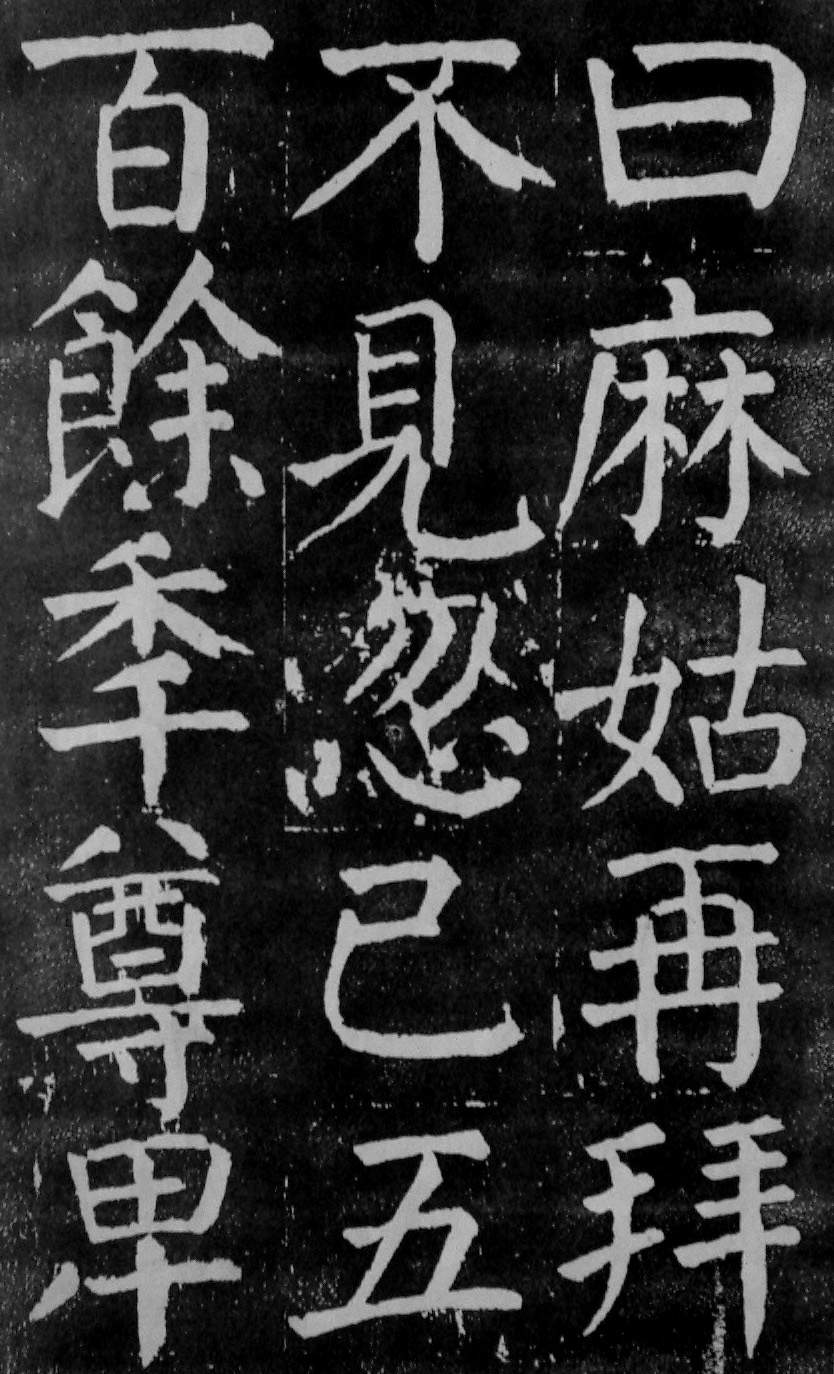
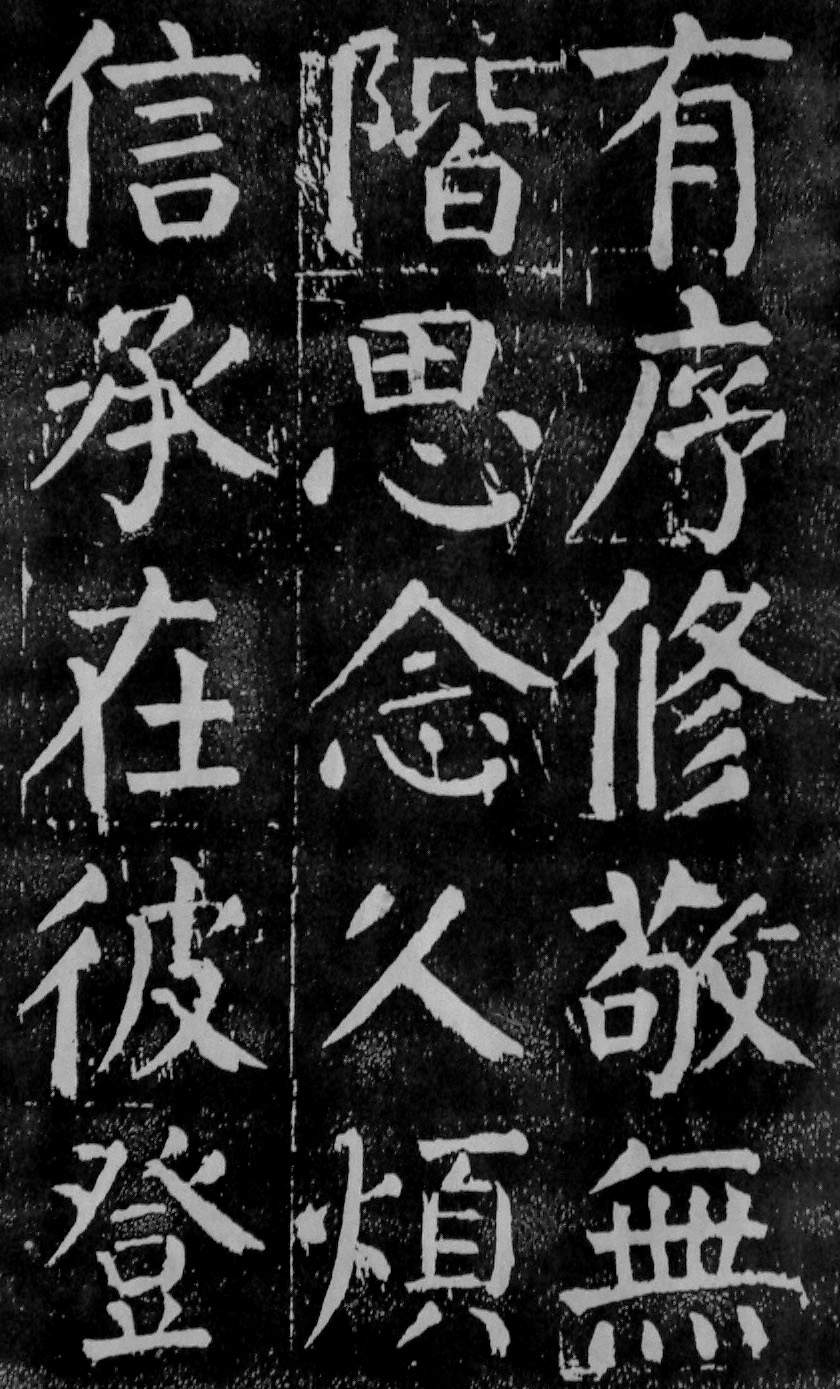
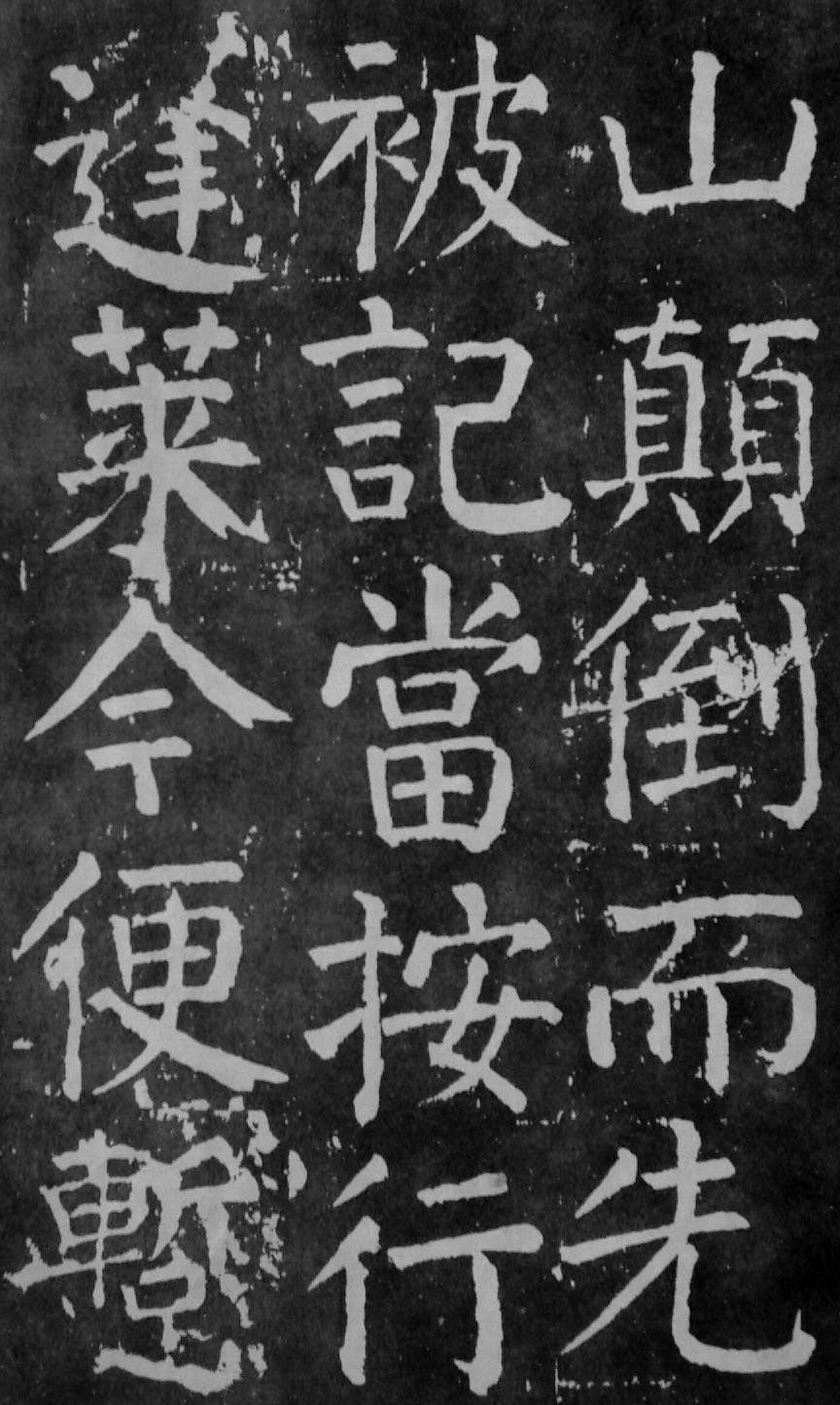
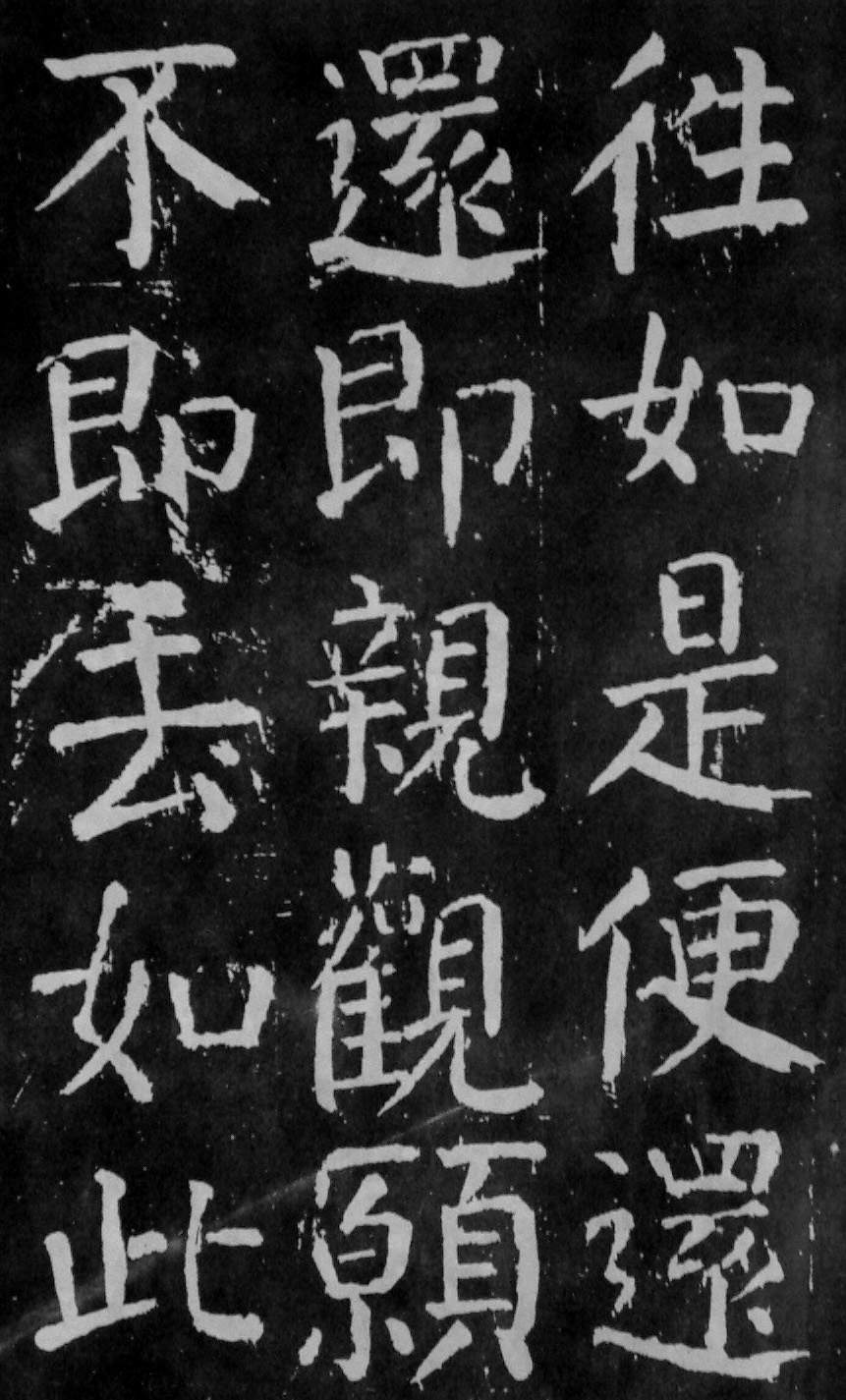
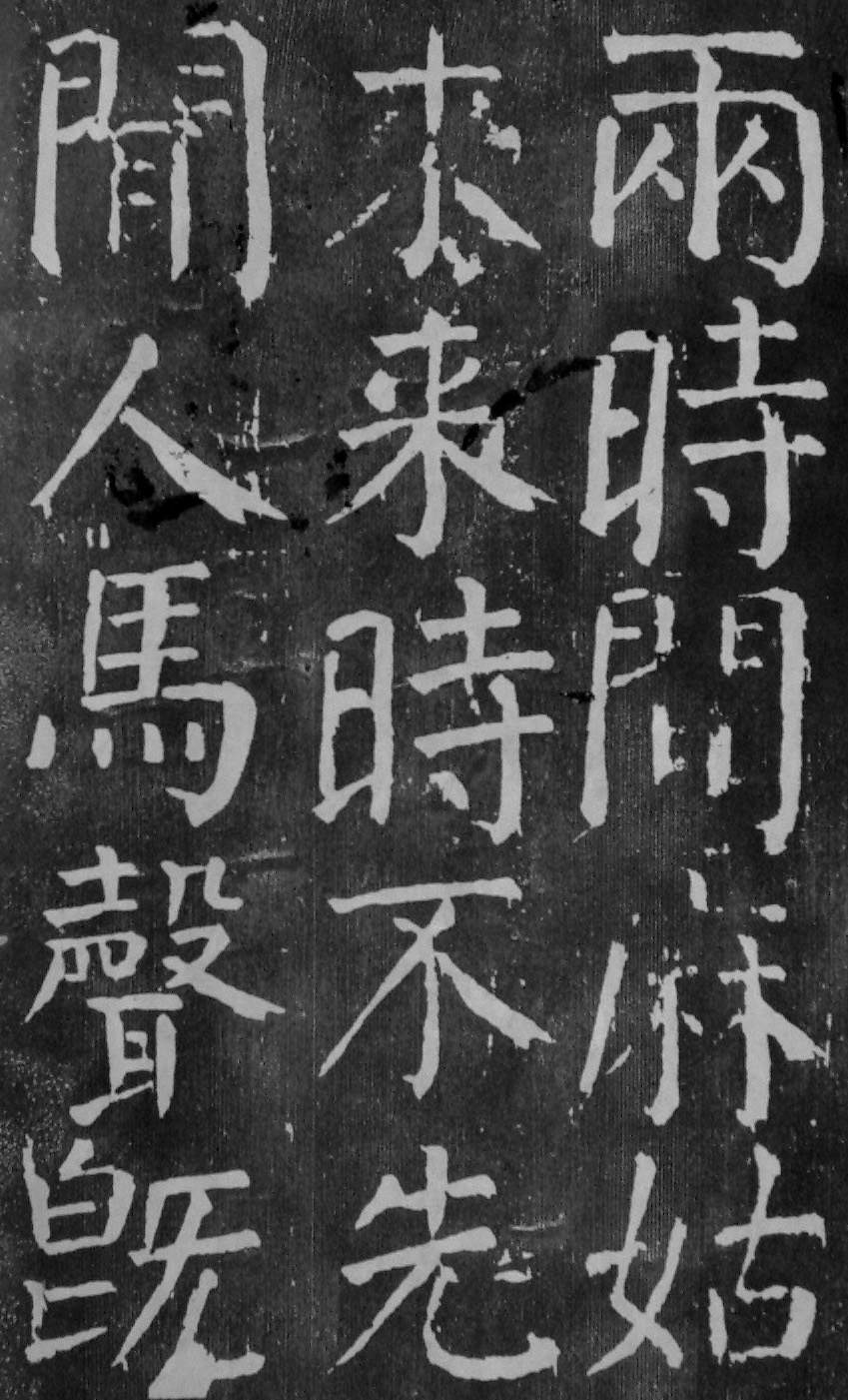
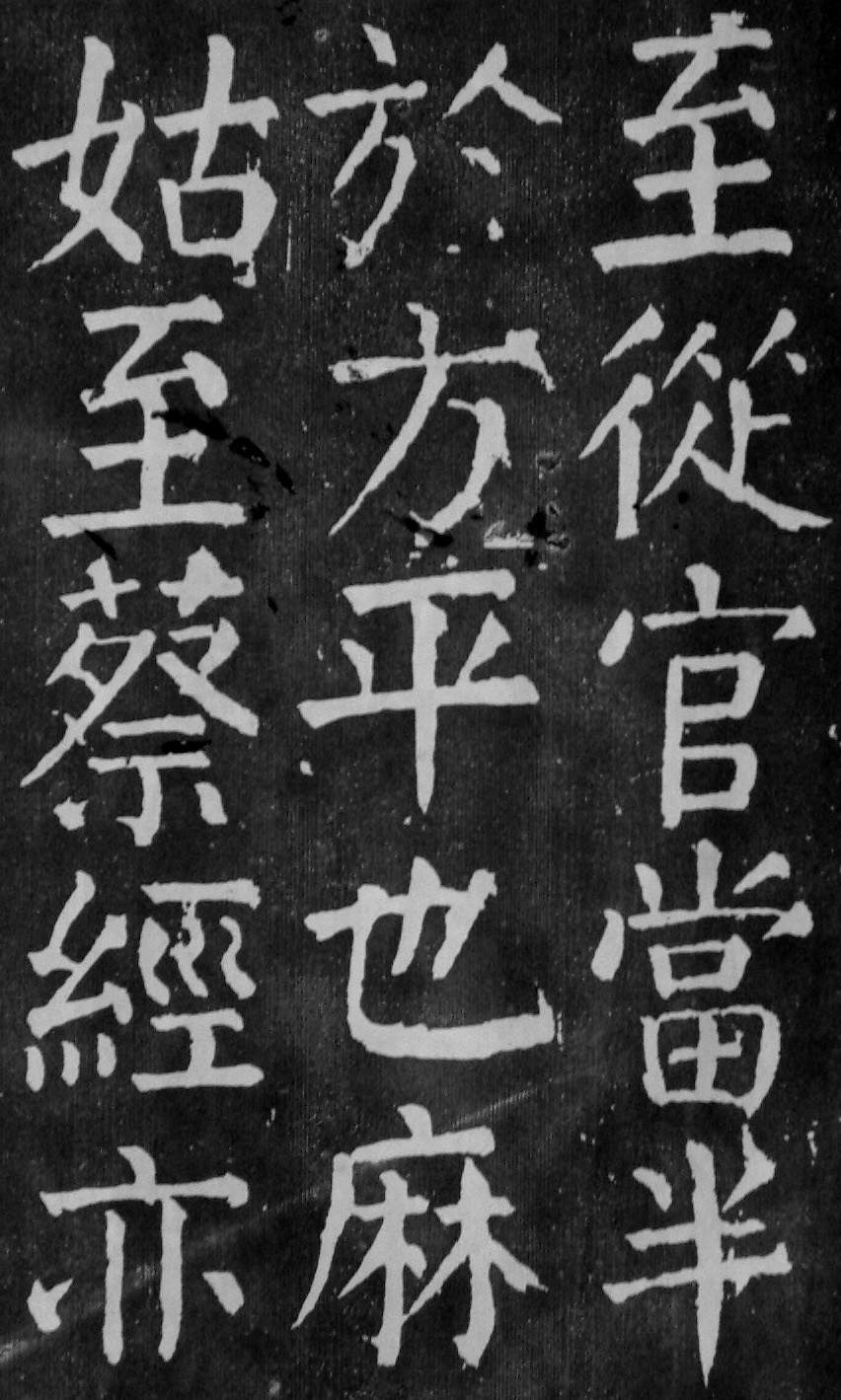
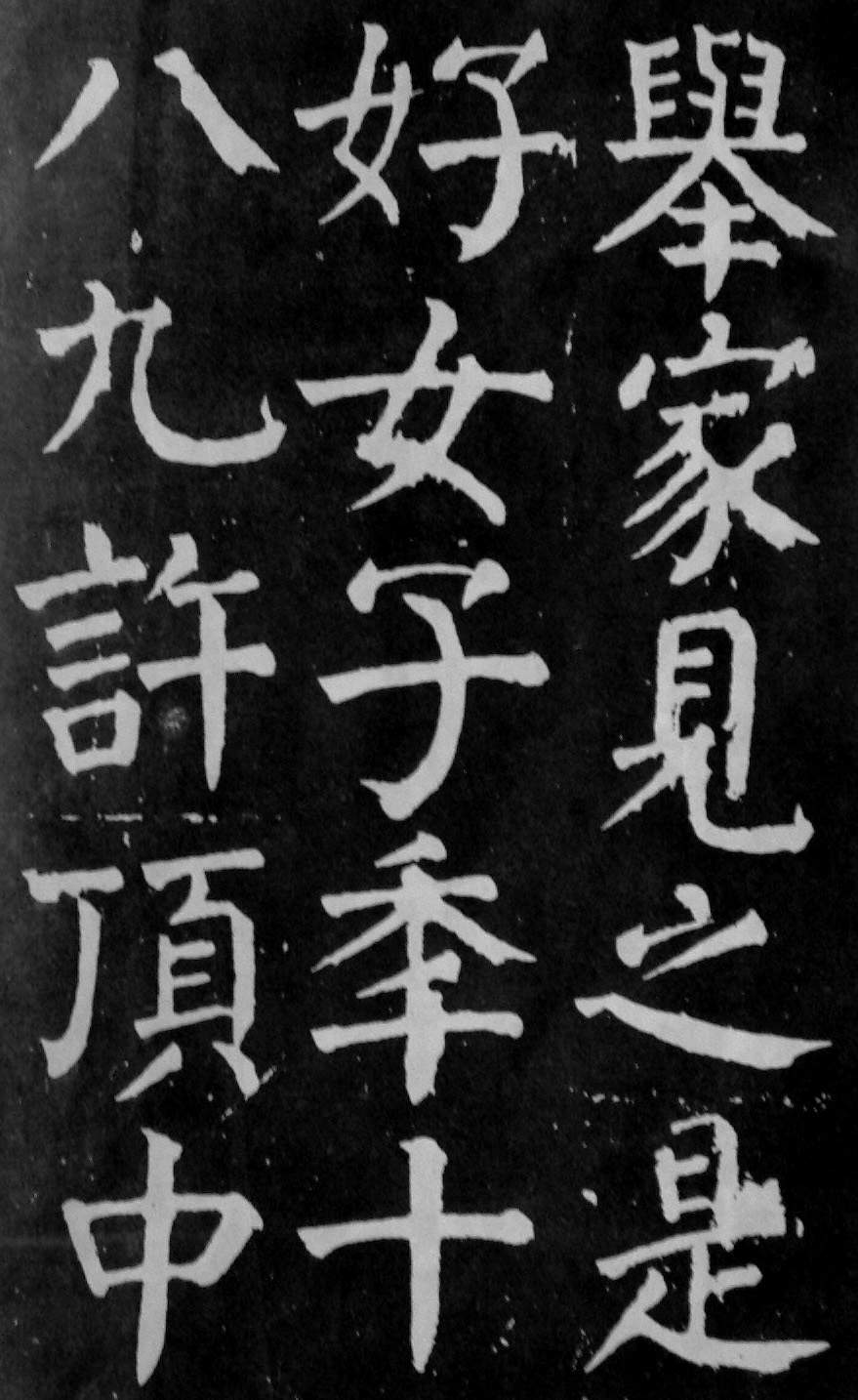
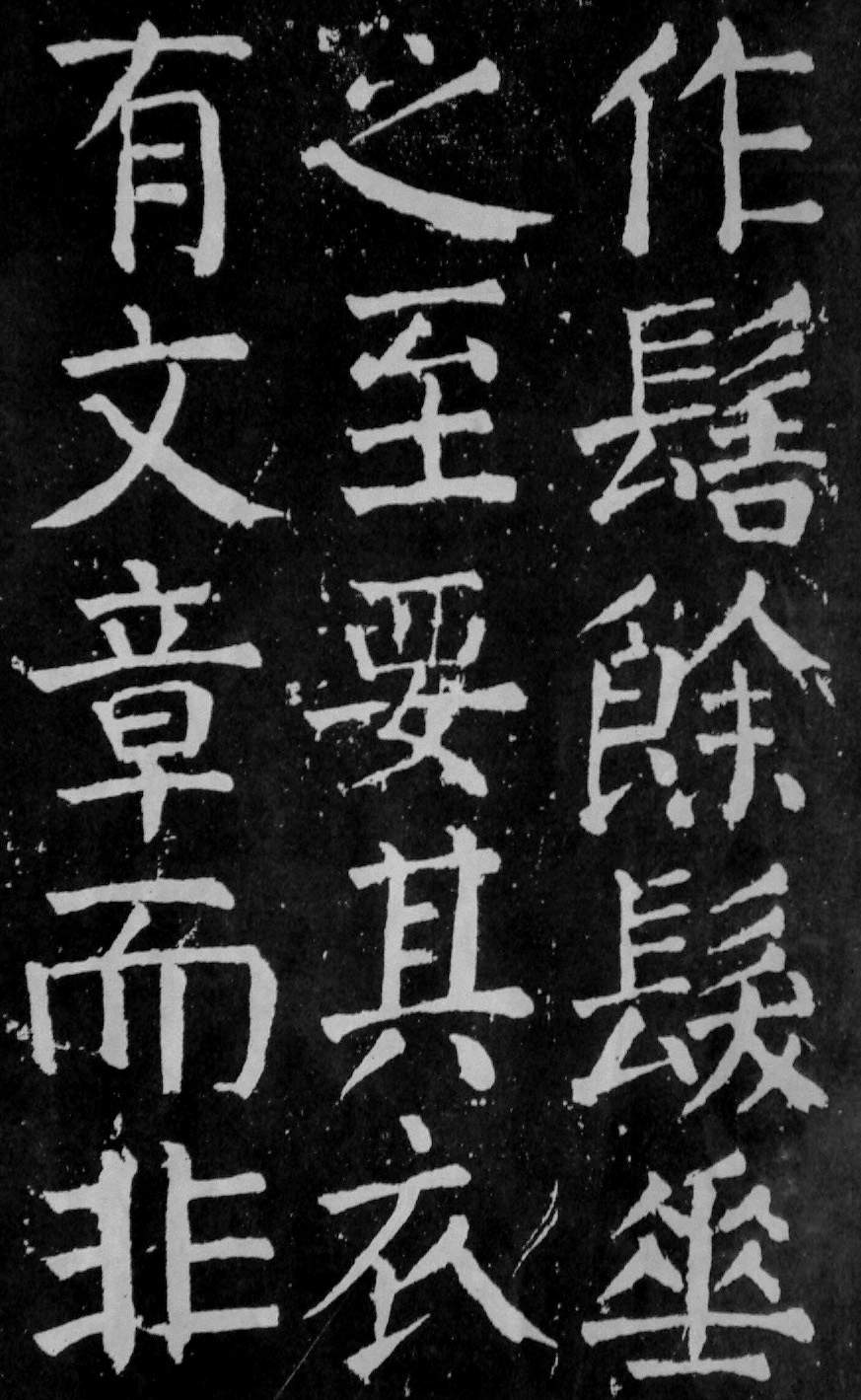
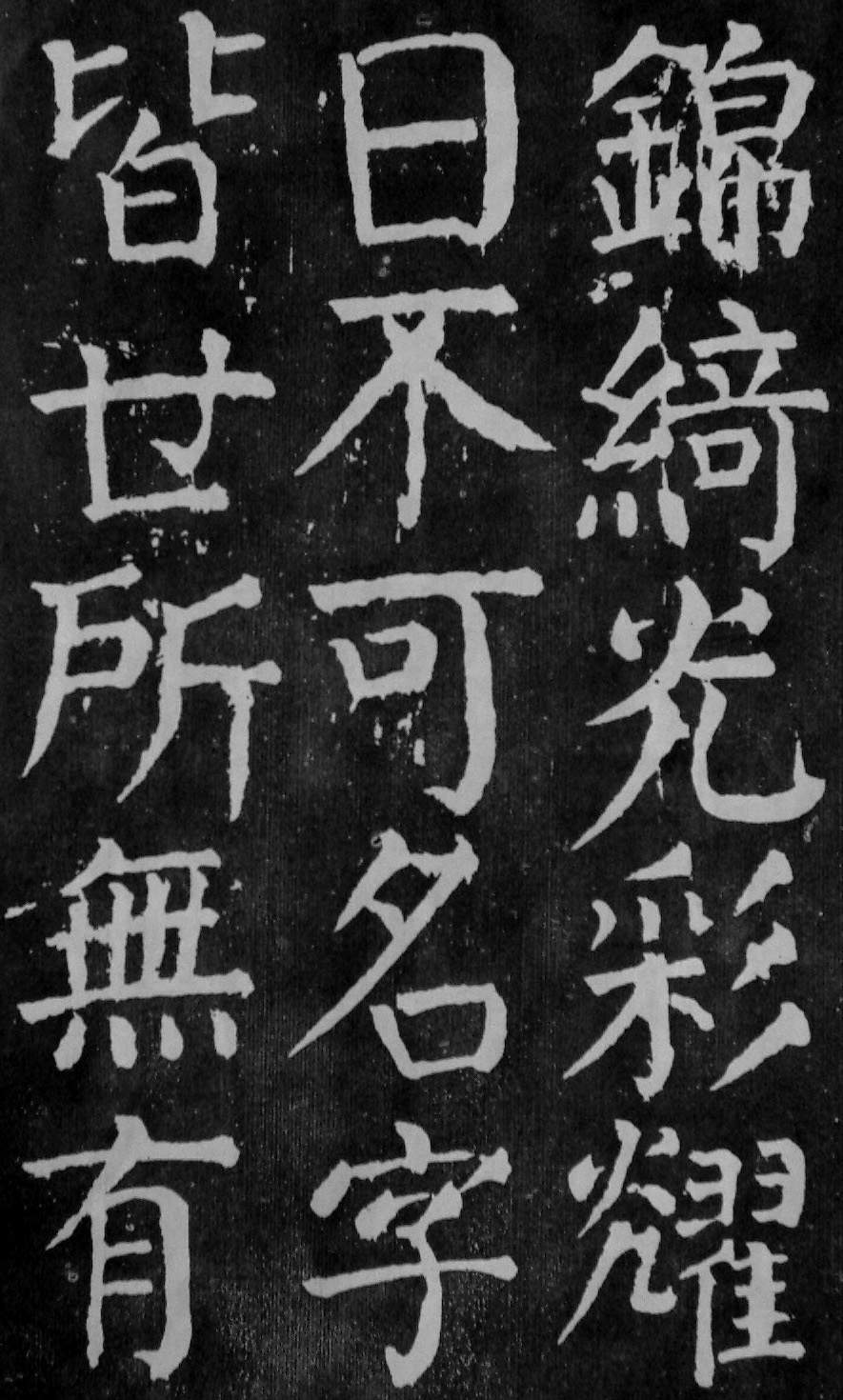
This monument, in regular script, is solemn and majestic, and has always been valued by people. It is one of the representative works of Yan Zhenqing, and was created when Yan Zhenqing was in his sixties. At this time, Yan Zhenqing's regular script style has been basically perfected. Not only is the structure tight and the openings natural, but the strokes have also moved from bright and regular to the meaning of "house leakage marks". Ouyang Xiu said in "Collection of Ancient Records": "This stele is steep and tight, especially powerful, and the strokes are all large and small."
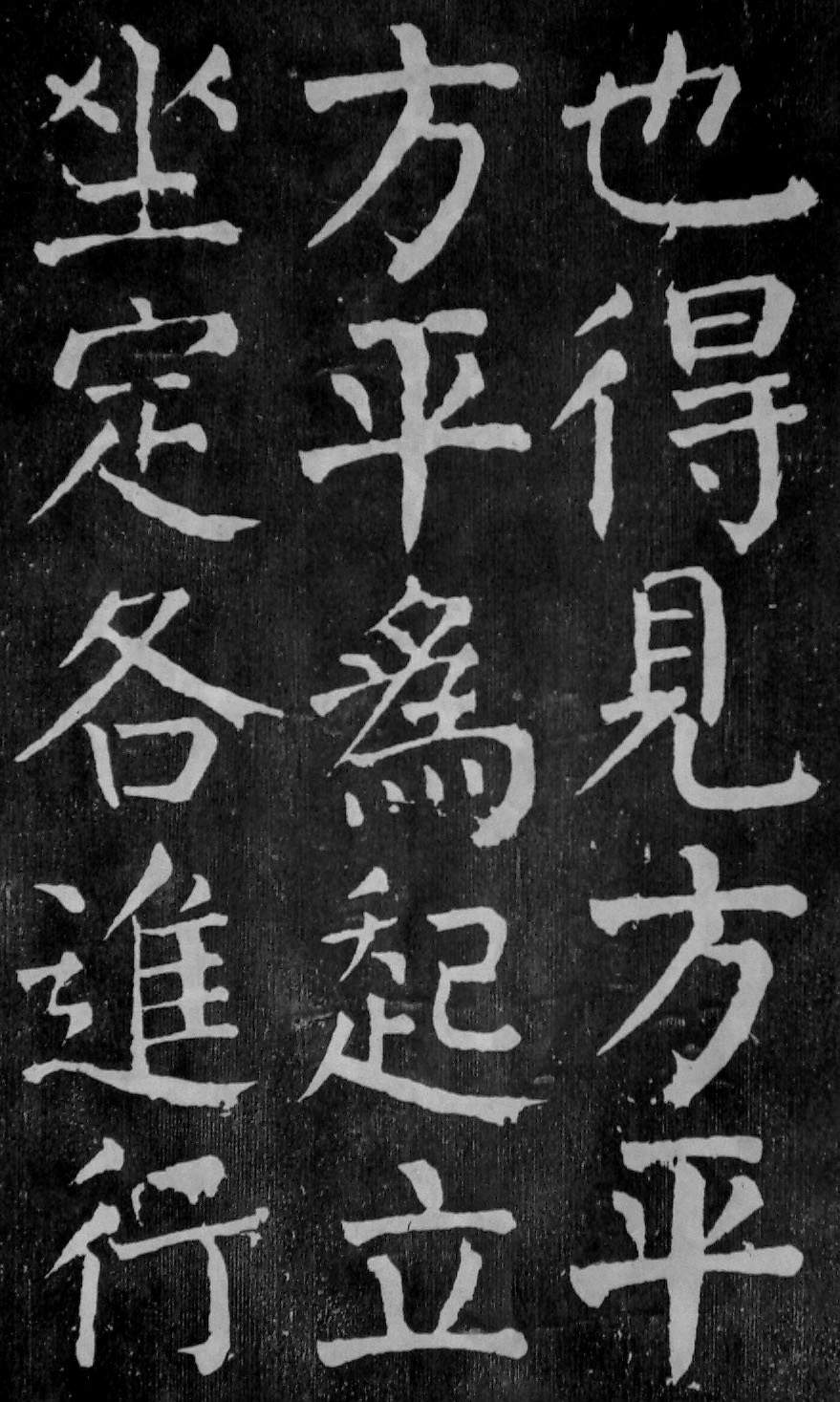
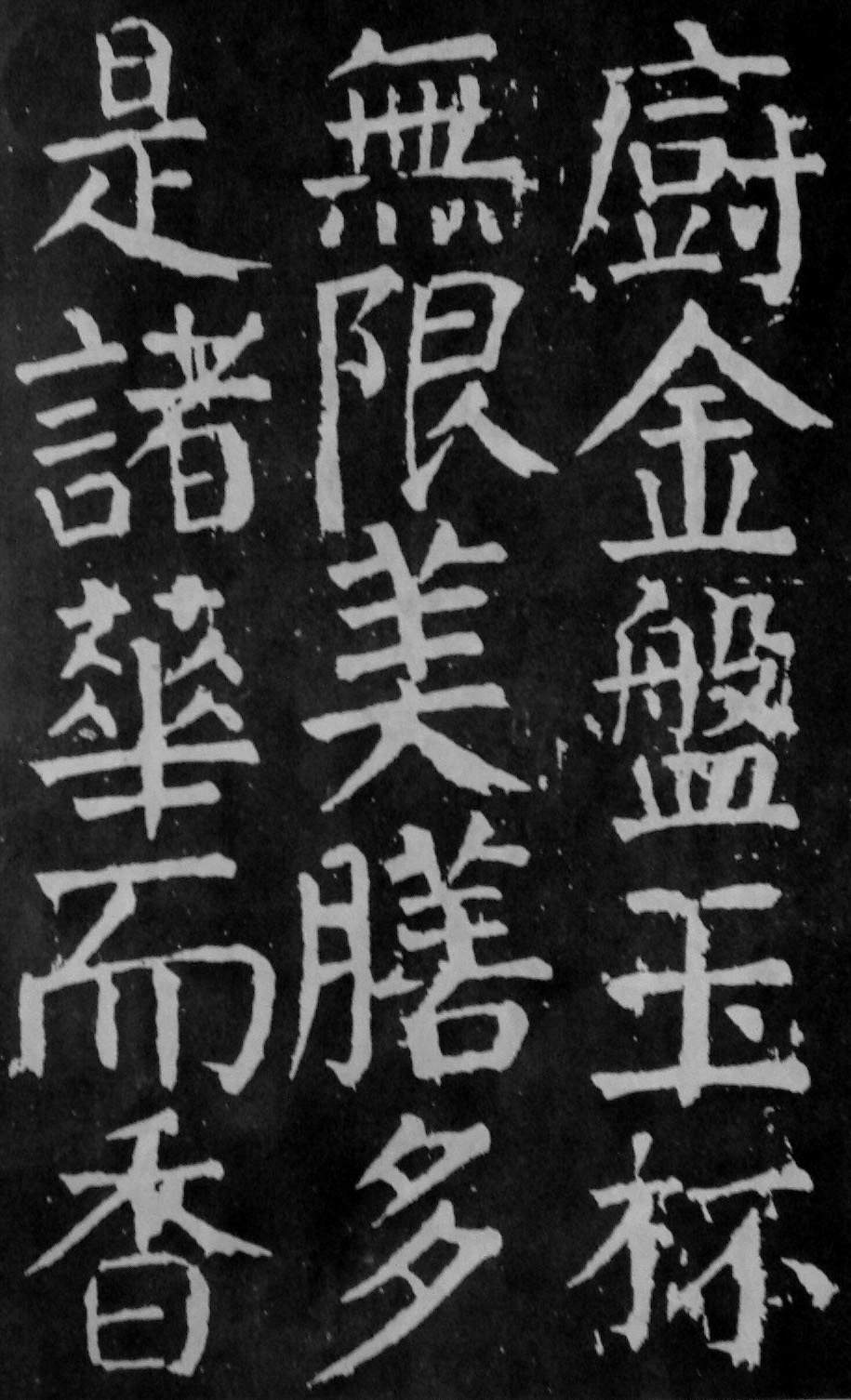
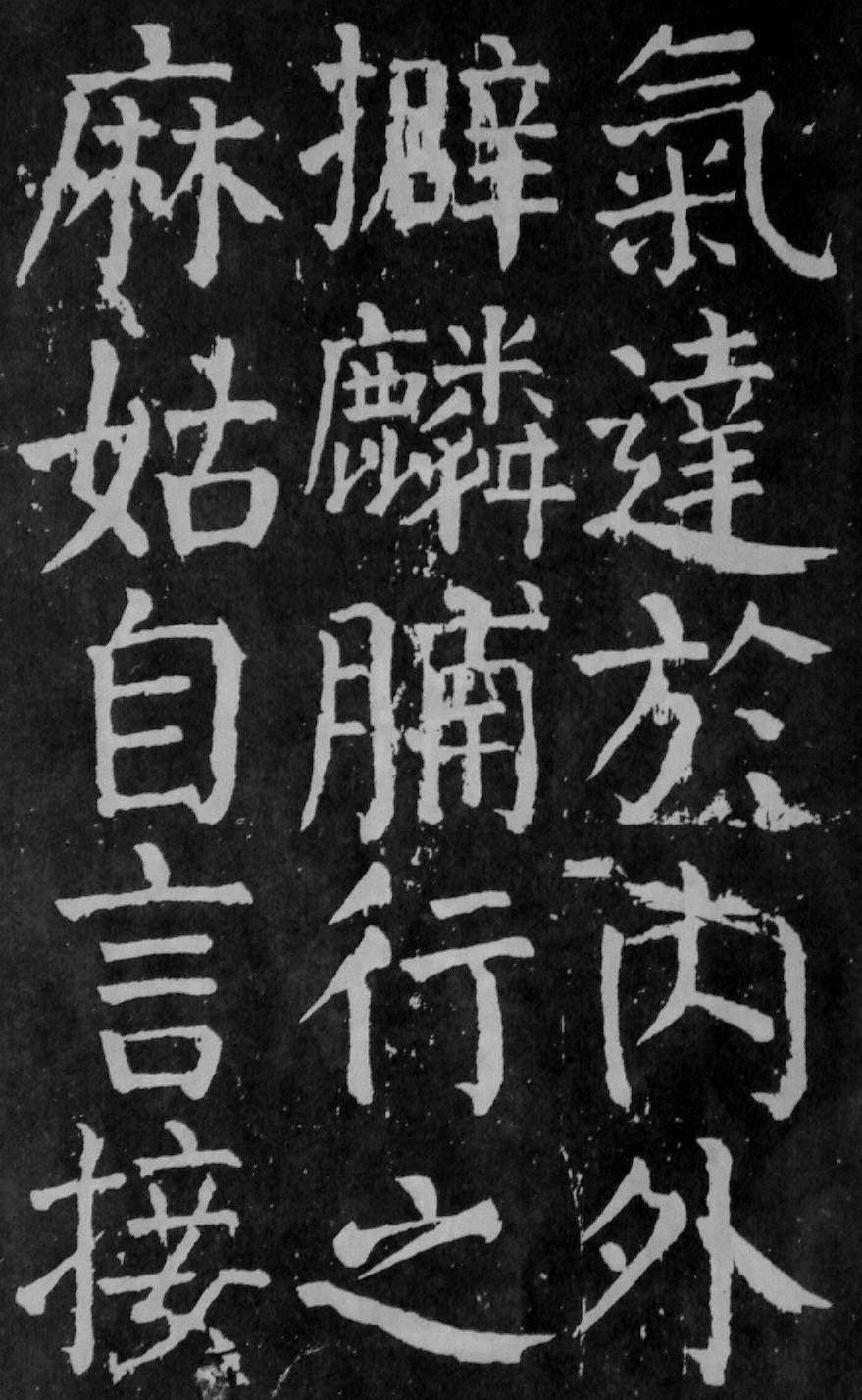
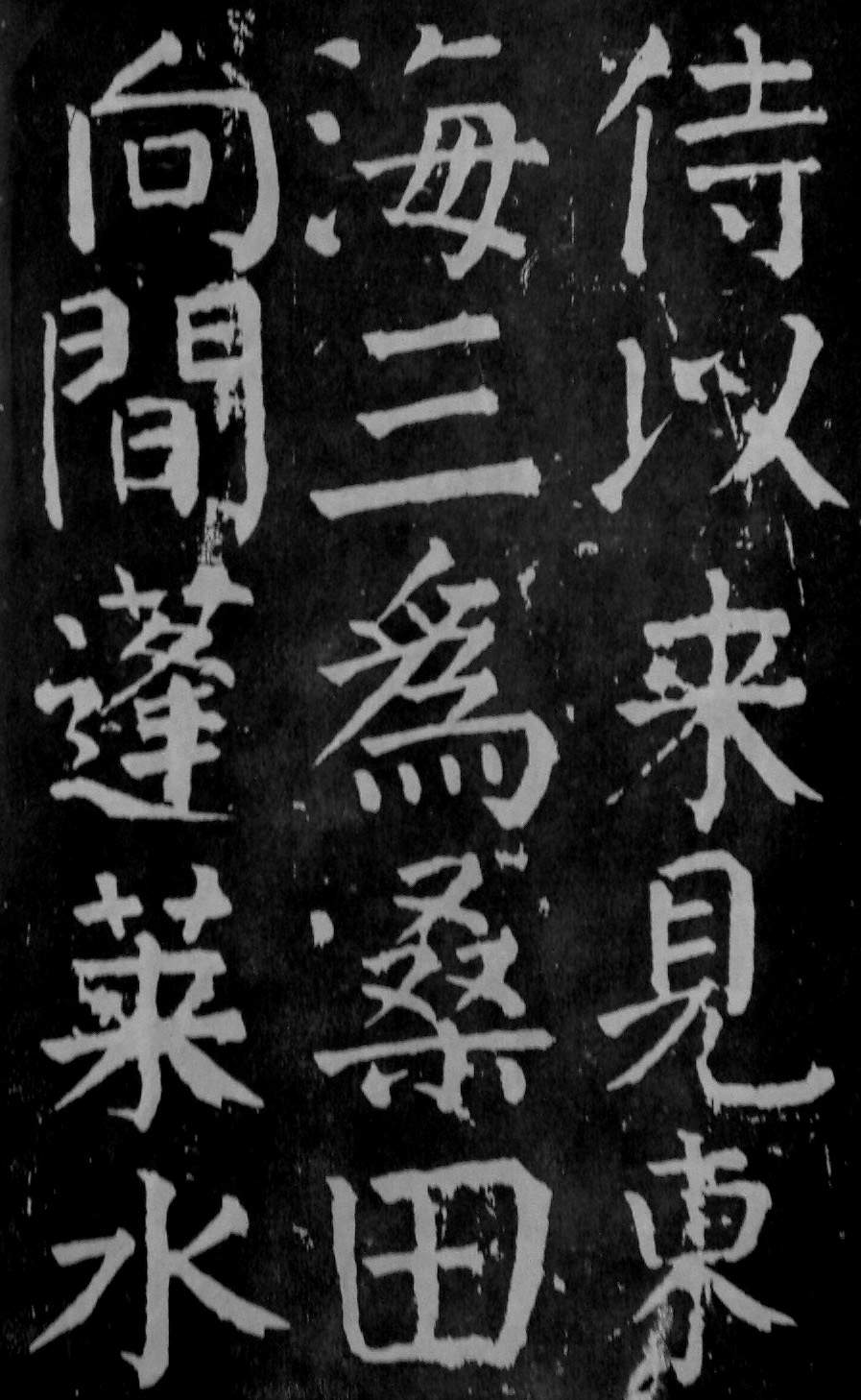
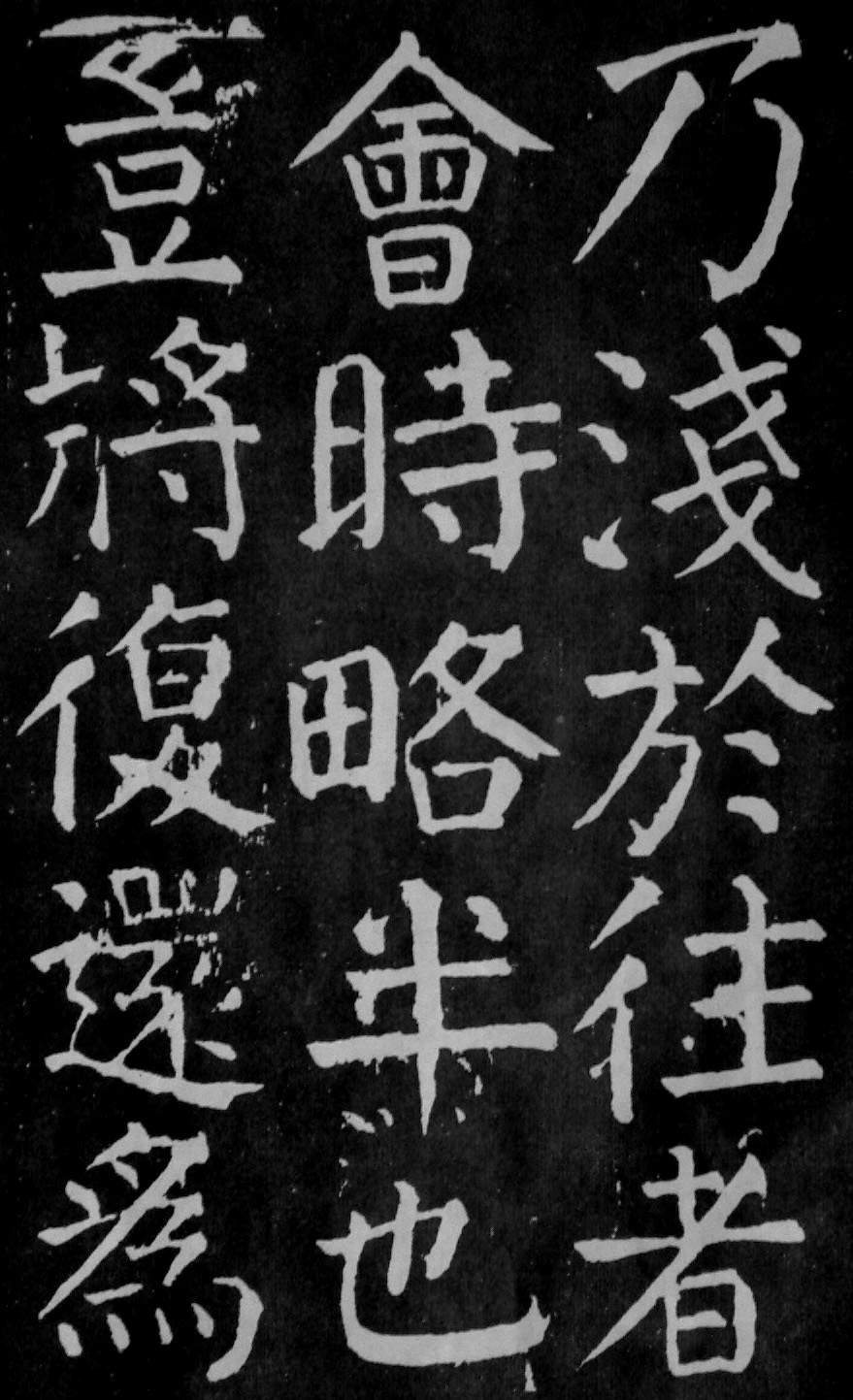
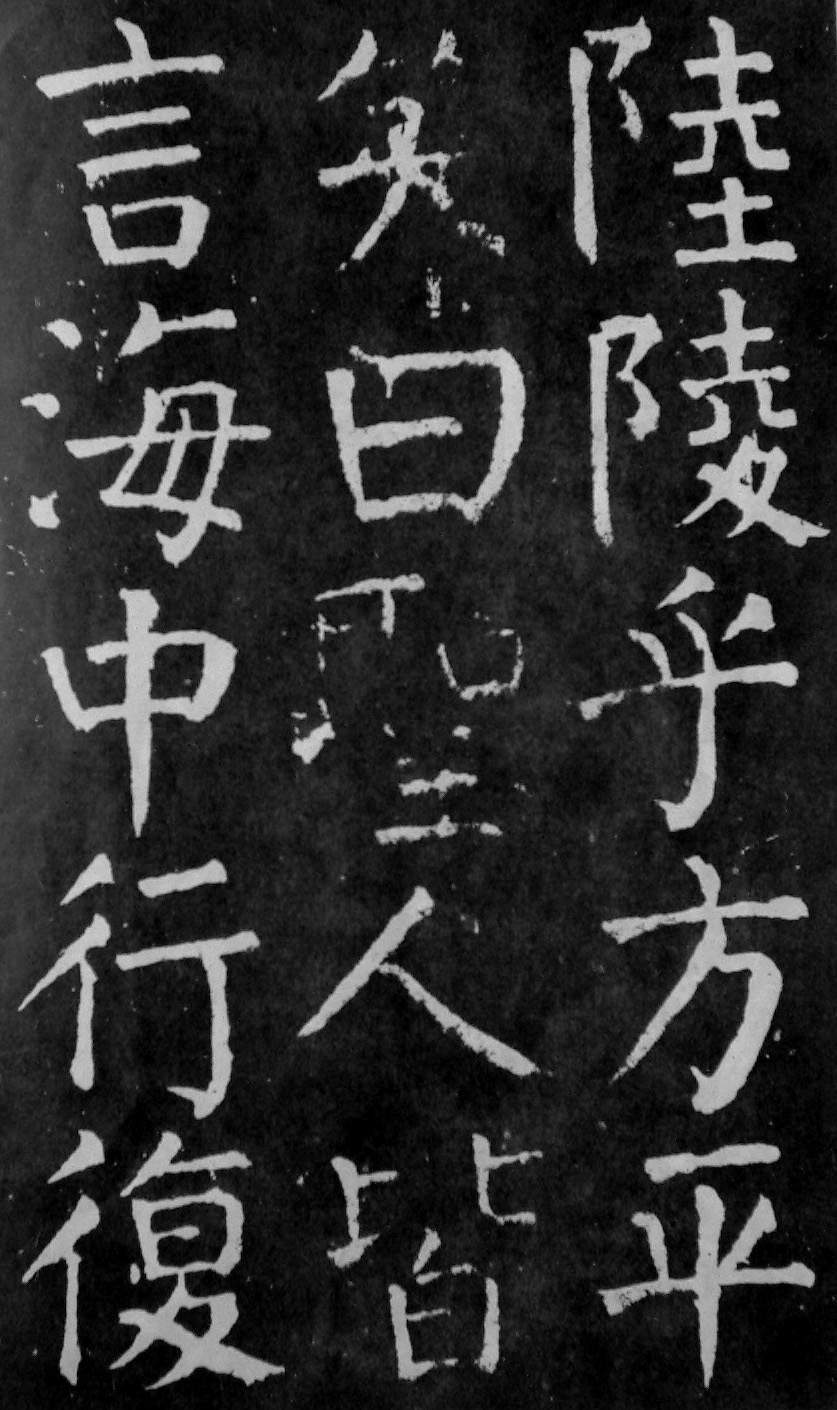
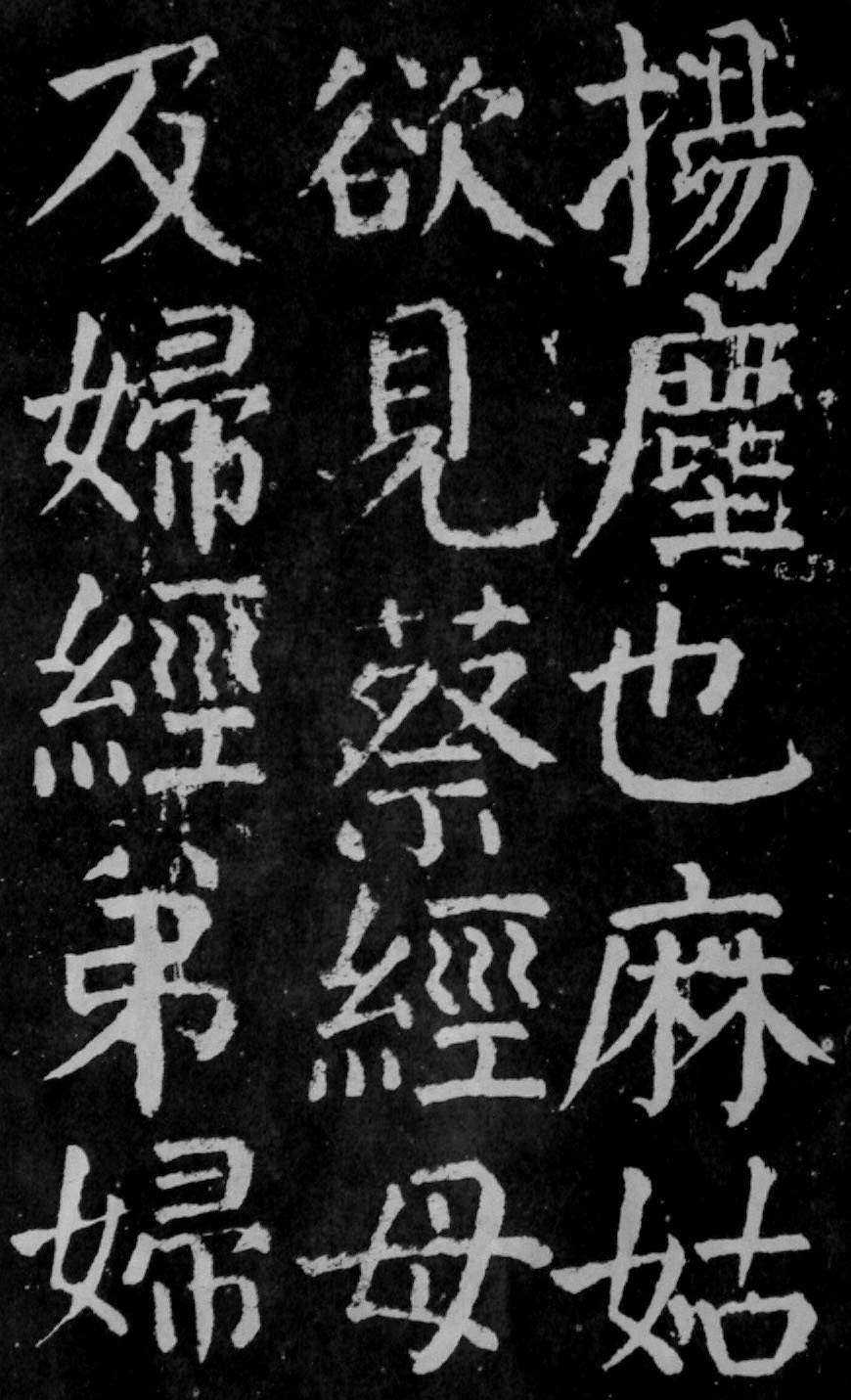
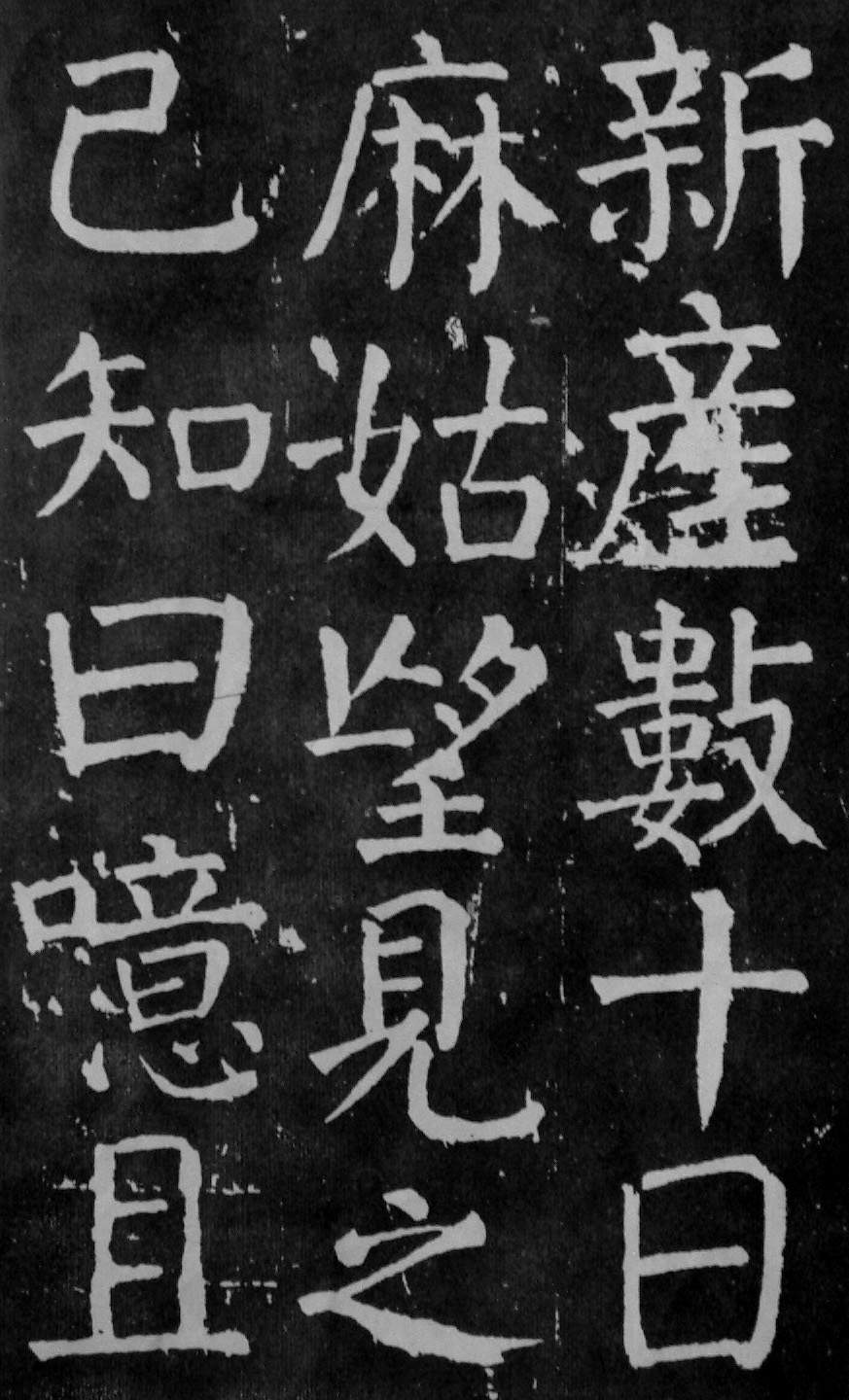
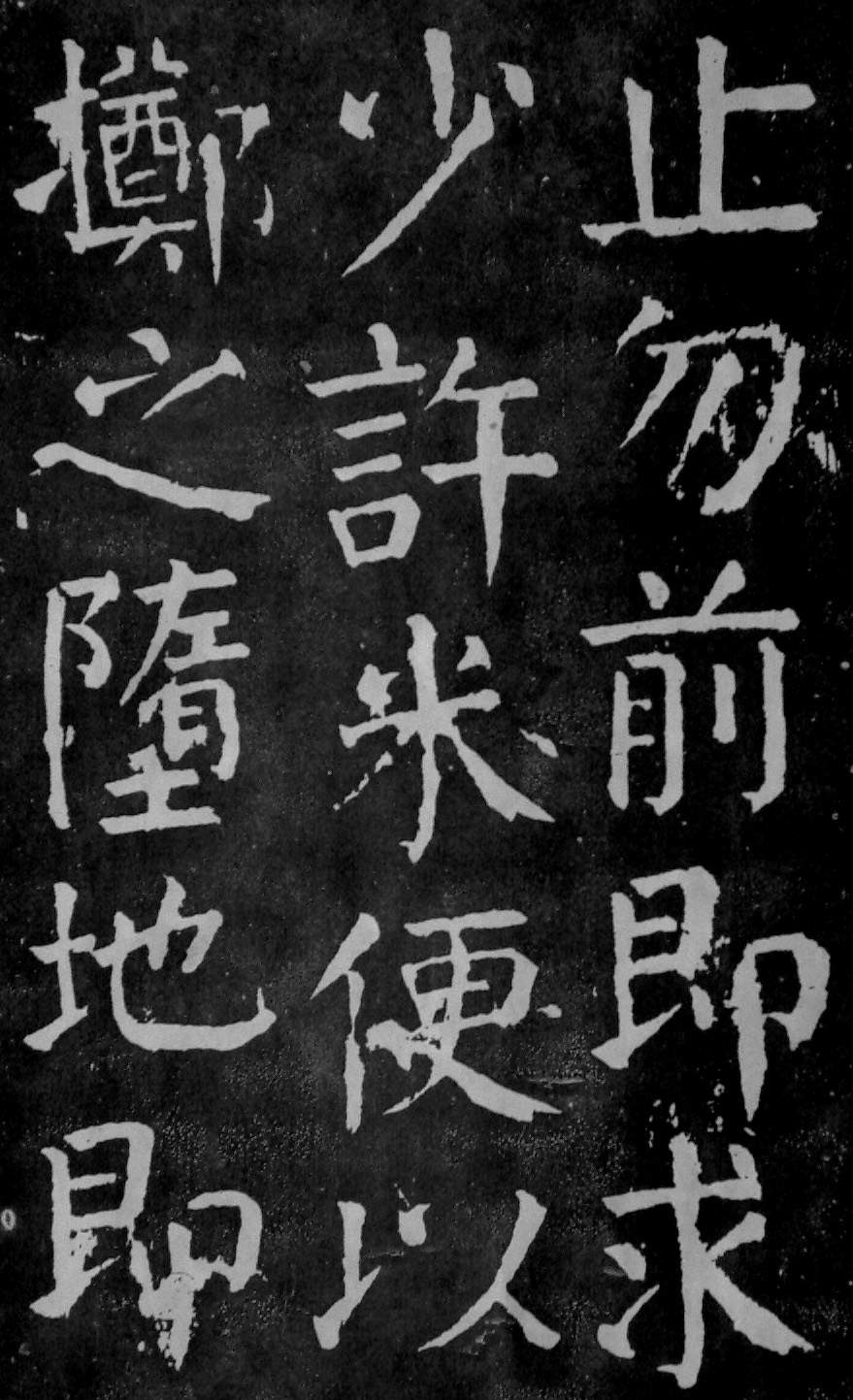
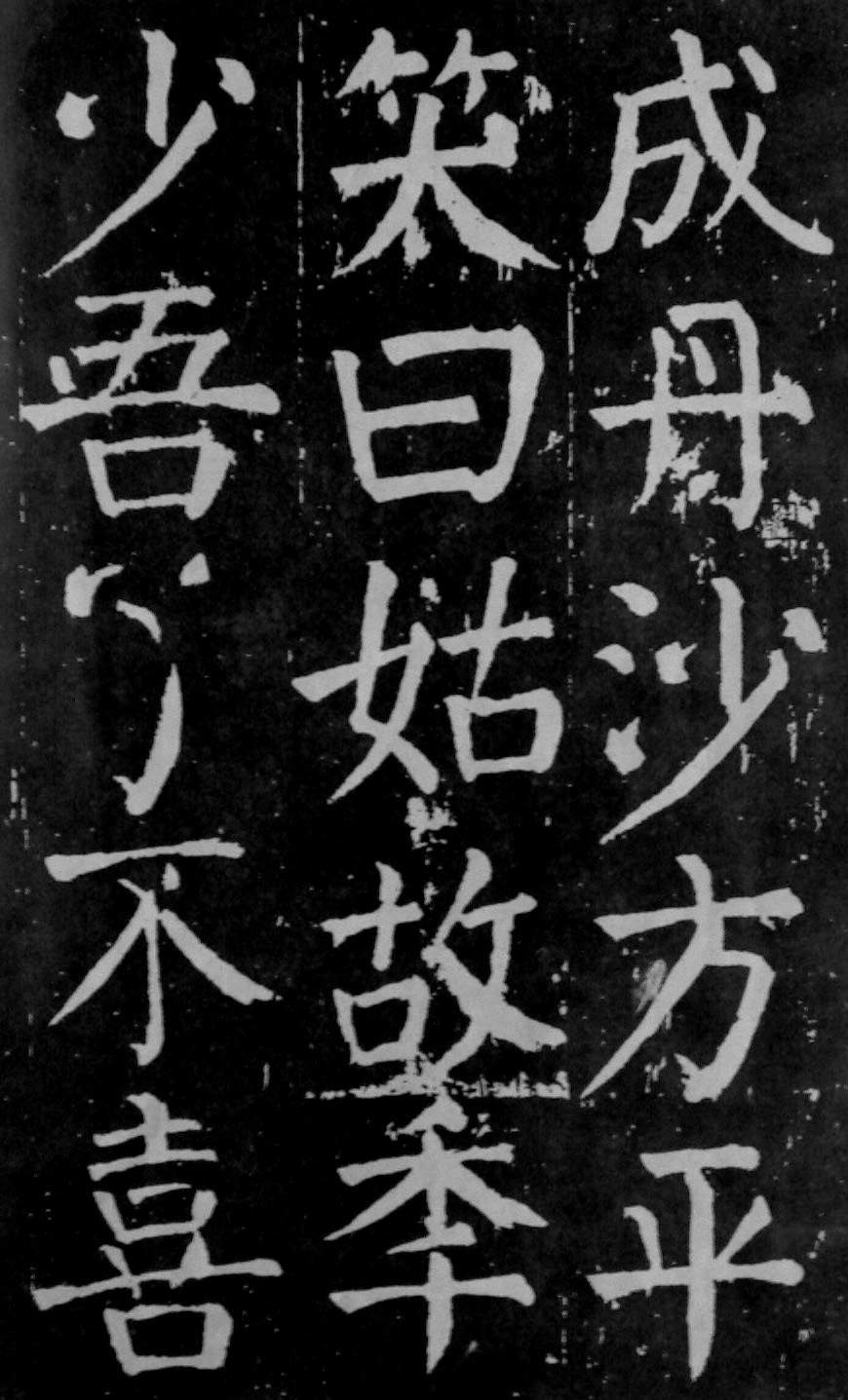
According to Zhang Yansheng's "Records of Rare Books on Tablets and Calligraphy", the rubbings used are horizontally engraved calligraphy copies, and the original ink-marked woodblock copies were found in the Song Dynasty. The inscription was originally located on the top of the mountain twenty-two miles southwest of Nancheng County, Jianchang Prefecture, Jiangxi Province. Today, no original tablet rubbings have been handed down. It is said that there are three versions of this calligraphy: large, medium and small. Since the original stones have all been lost, it is difficult to find a good version. According to records, there are several types of engraved calligraphy manuscripts in the Song Dynasty, including those collected by Zhang Zhidong, He Zizhen, Duan Fang, and Luo Zhenyu, as well as postscripts by Dai Xi and Zhao Ziqian. This shows the complexity of the handwriting situation at this time. The modern scholar Ma Ziyun's "Appraisal of Stele Inscriptions" states: I heard that He Shaoji (Zizhen) collected the Song rubbings, and later Yan Yunbo collected them. Now I don't know who kept them. It is also said that the original stone was destroyed by thunder and fire, and was rebuilt by Liang Boda, the prefect of Jianchang in the Yuan Dynasty. However, Yuan engraved copies are rare today. Later, there were Tang Yan Yun's edition, Zhongyi Tang's He's edition, and Huang's edition, but the Tang's edition was the best and the He's edition was the worst. "Essays on the School Stele" says: The Shanghai original stone lithograph was collected by Luo Zhenyu, and contains Zhang Tingji's postscript. It is unknown where it is now. Large print, rubbings. The word diameter is about 5 centimeters. There are two rare copies in existence: one is a re-engraved version of the Ming Dynasty Yiwang Zhu Hubin with strict calligraphy (hidden in the Palace Museum, Beijing); the other is a photocopy of Dai Xi's postscript of the Qing Dynasty (hidden in the Shanghai Museum). The stippling is clear and rarely diffuse.
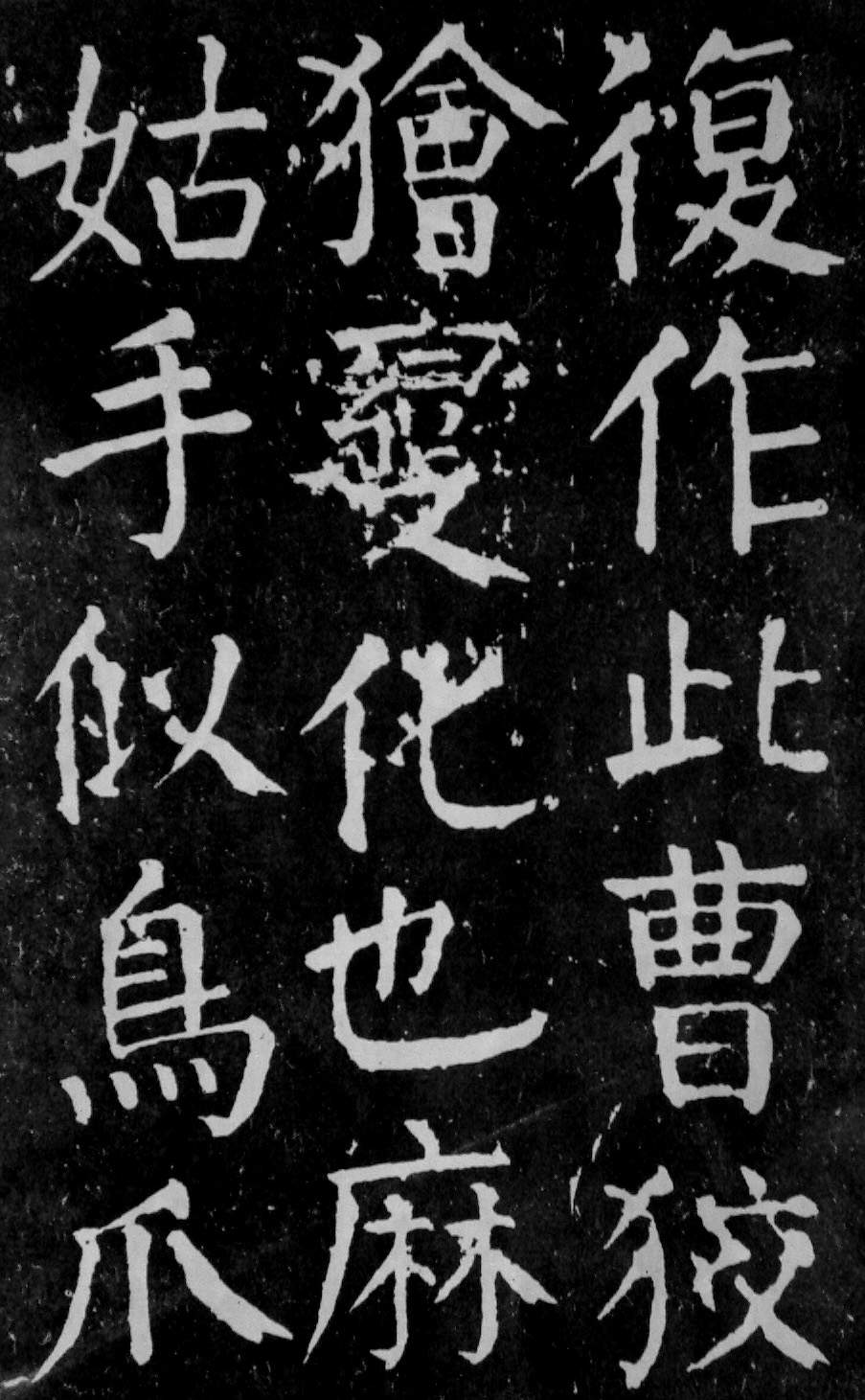
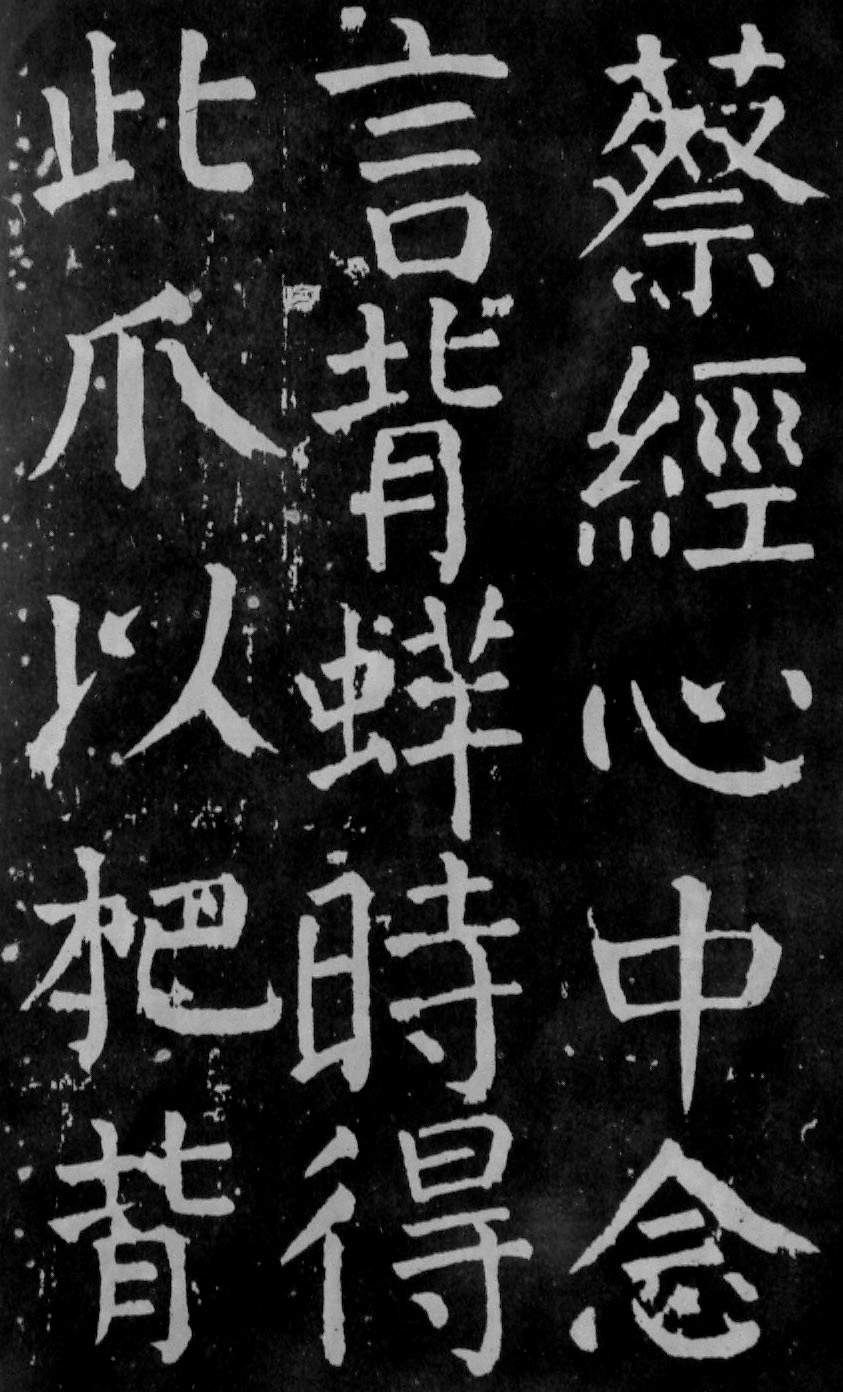
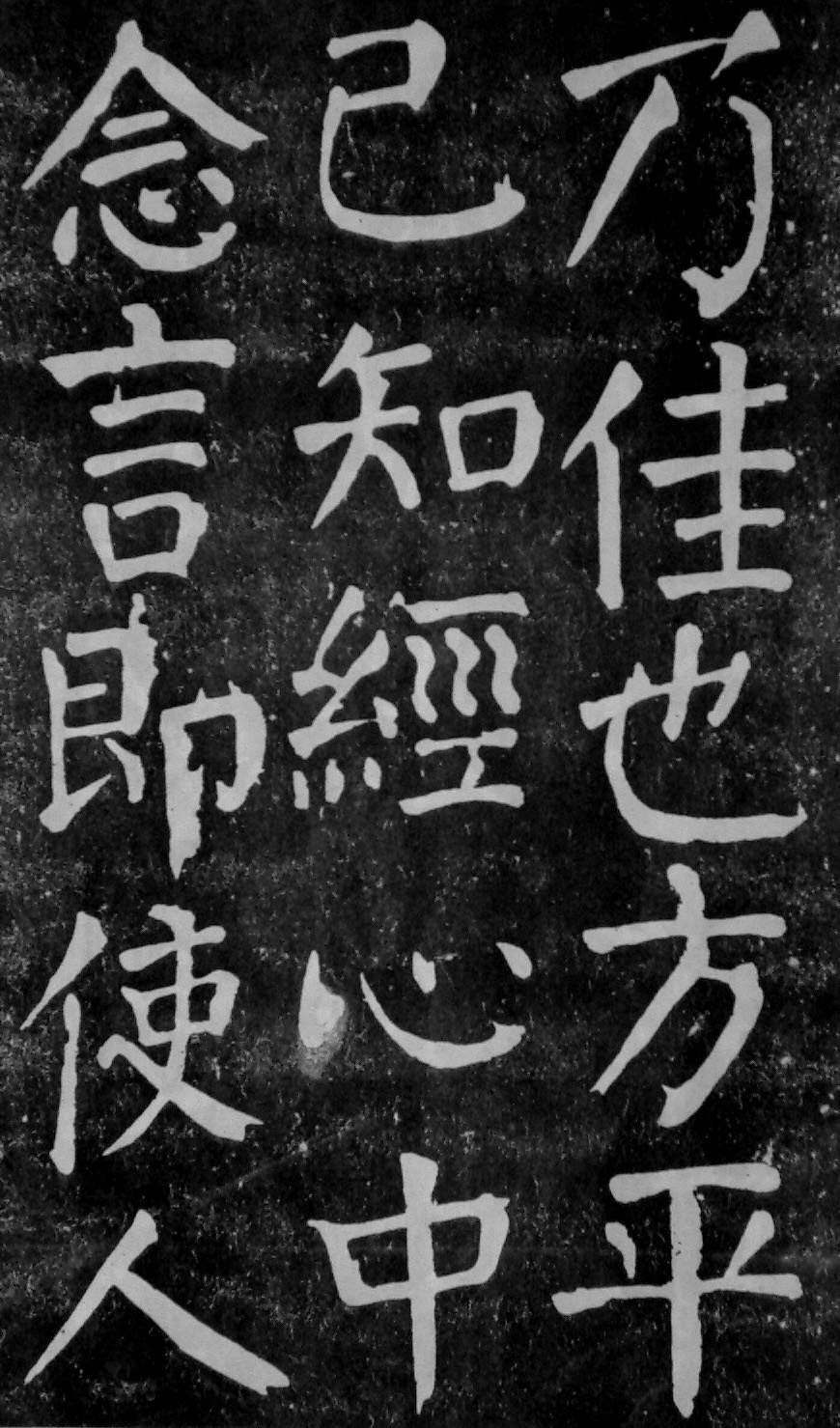
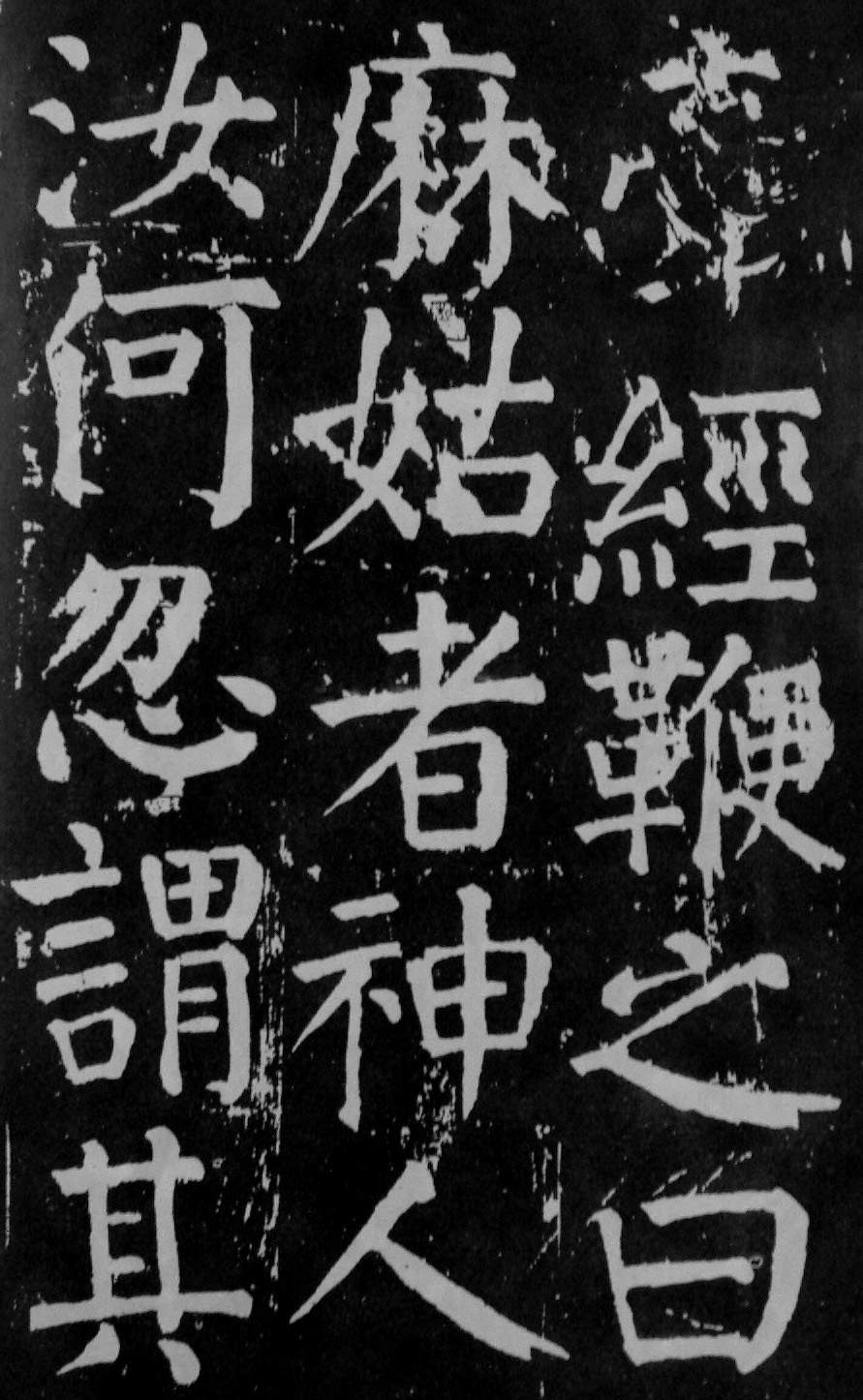
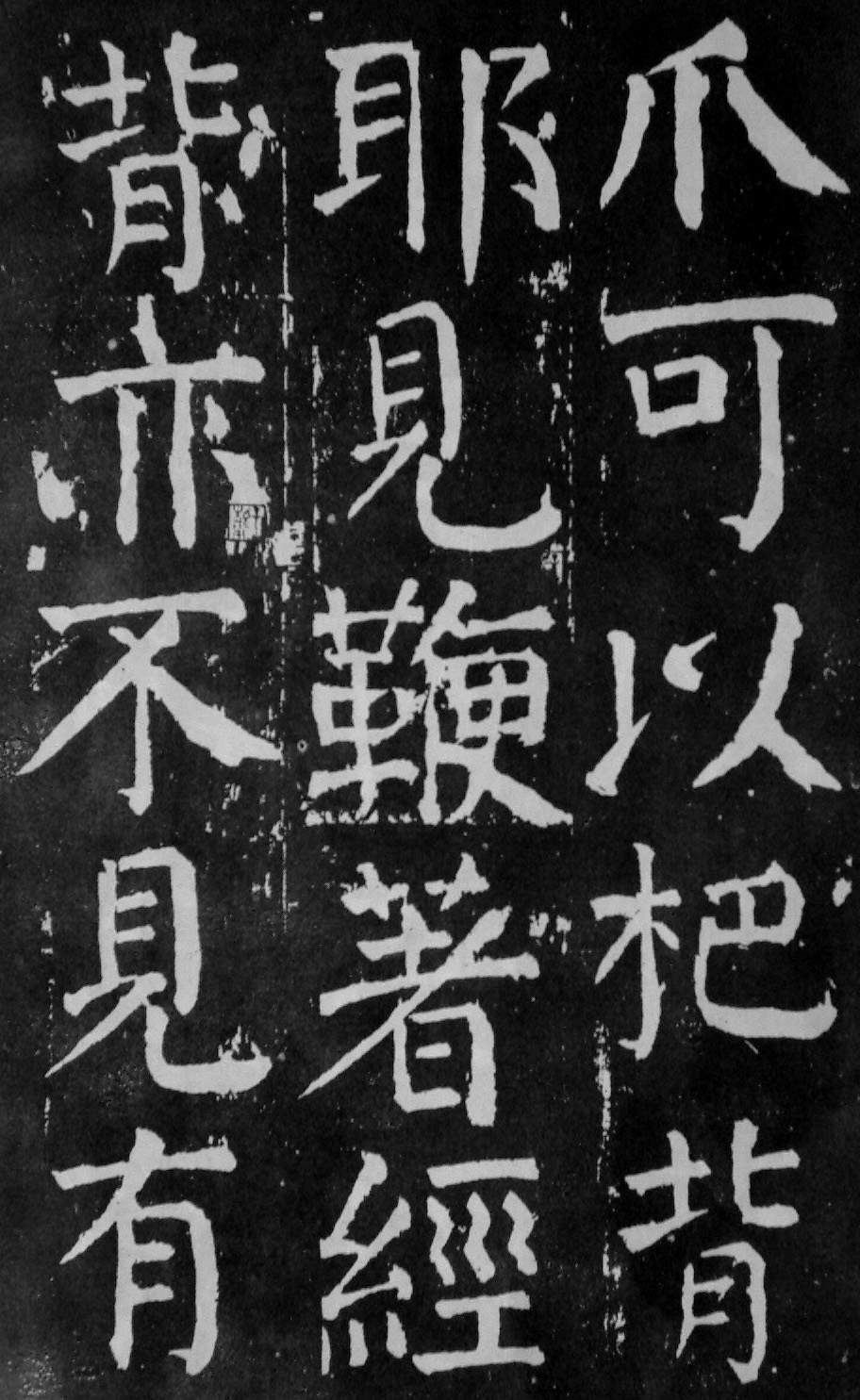
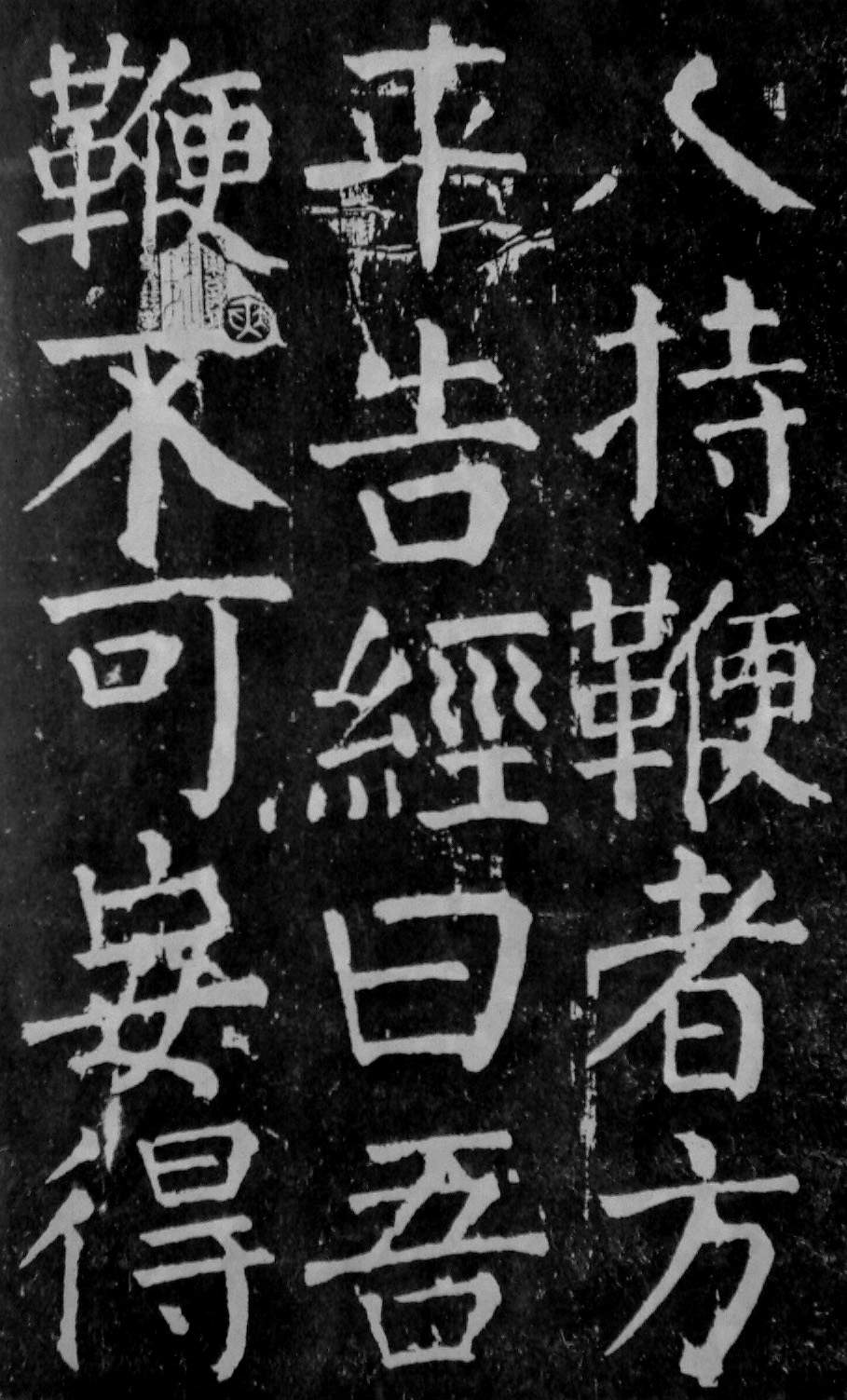
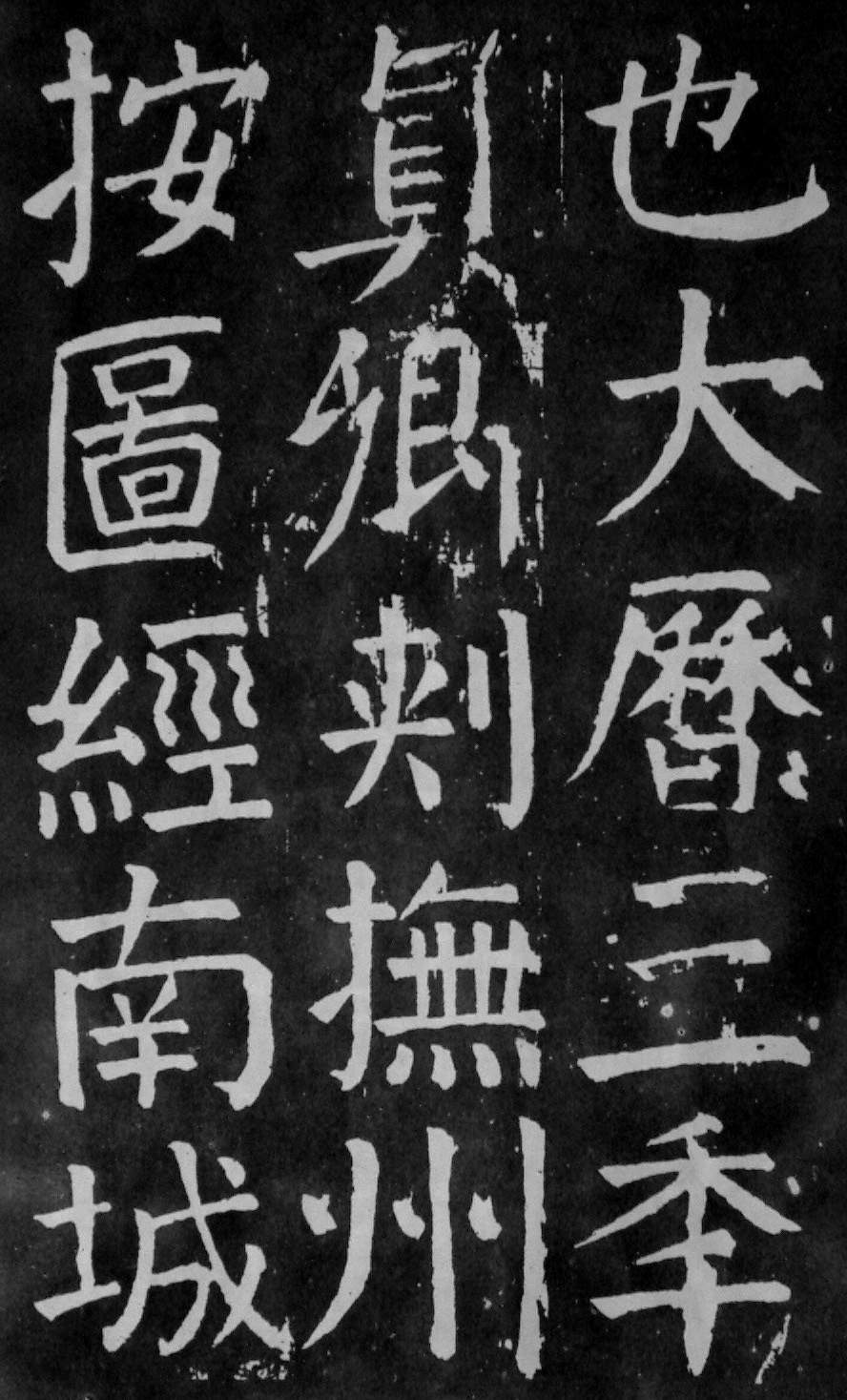
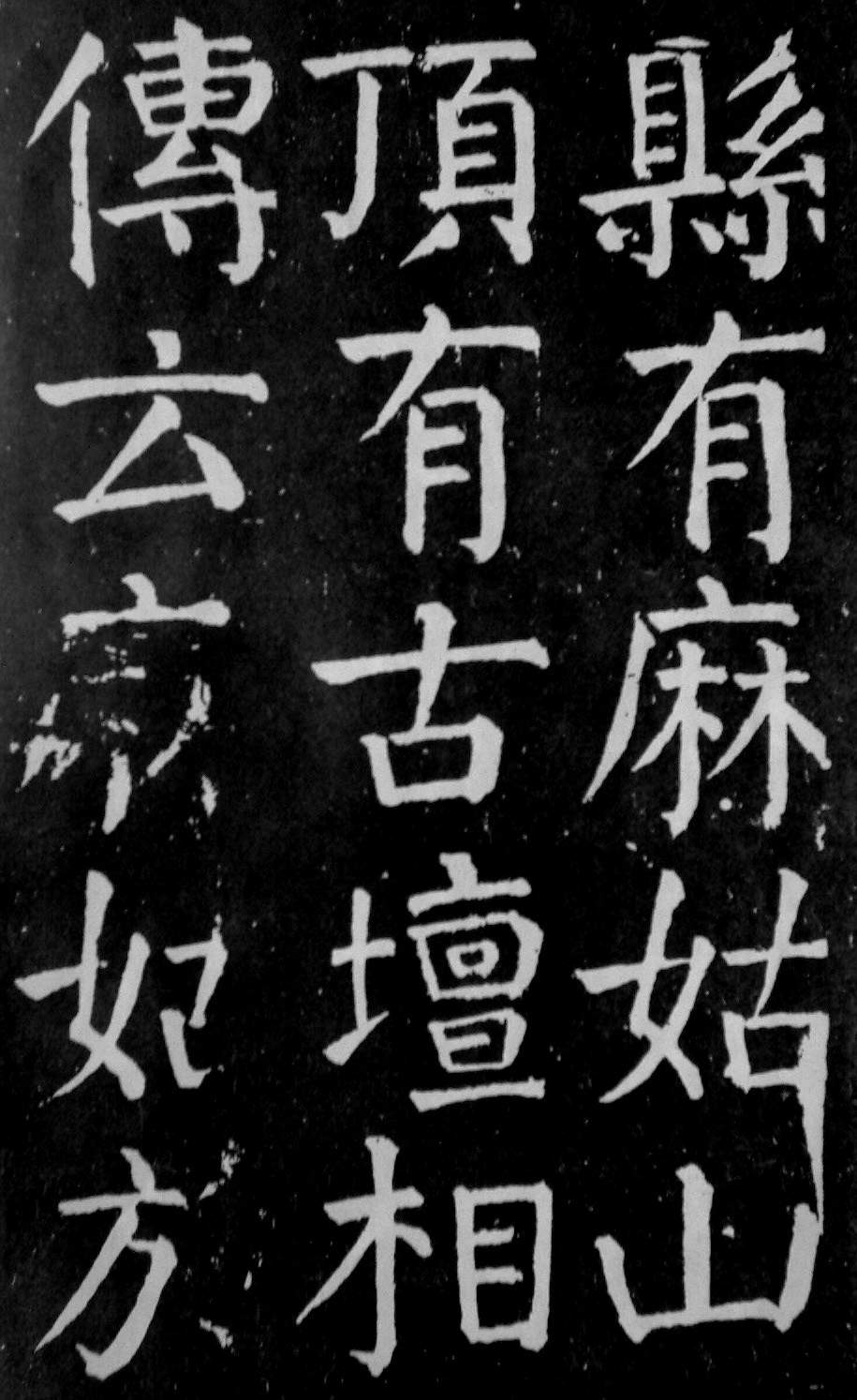
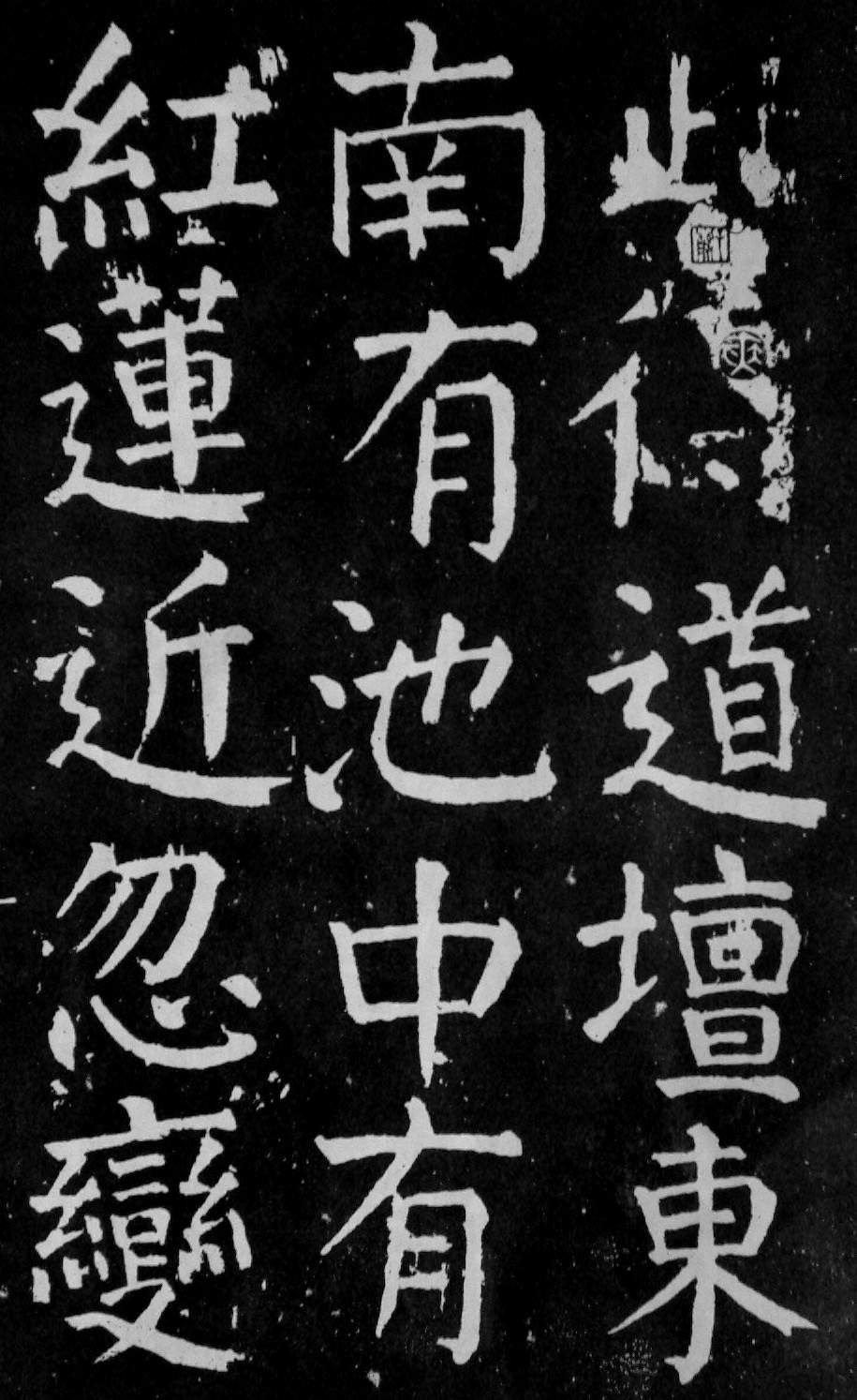
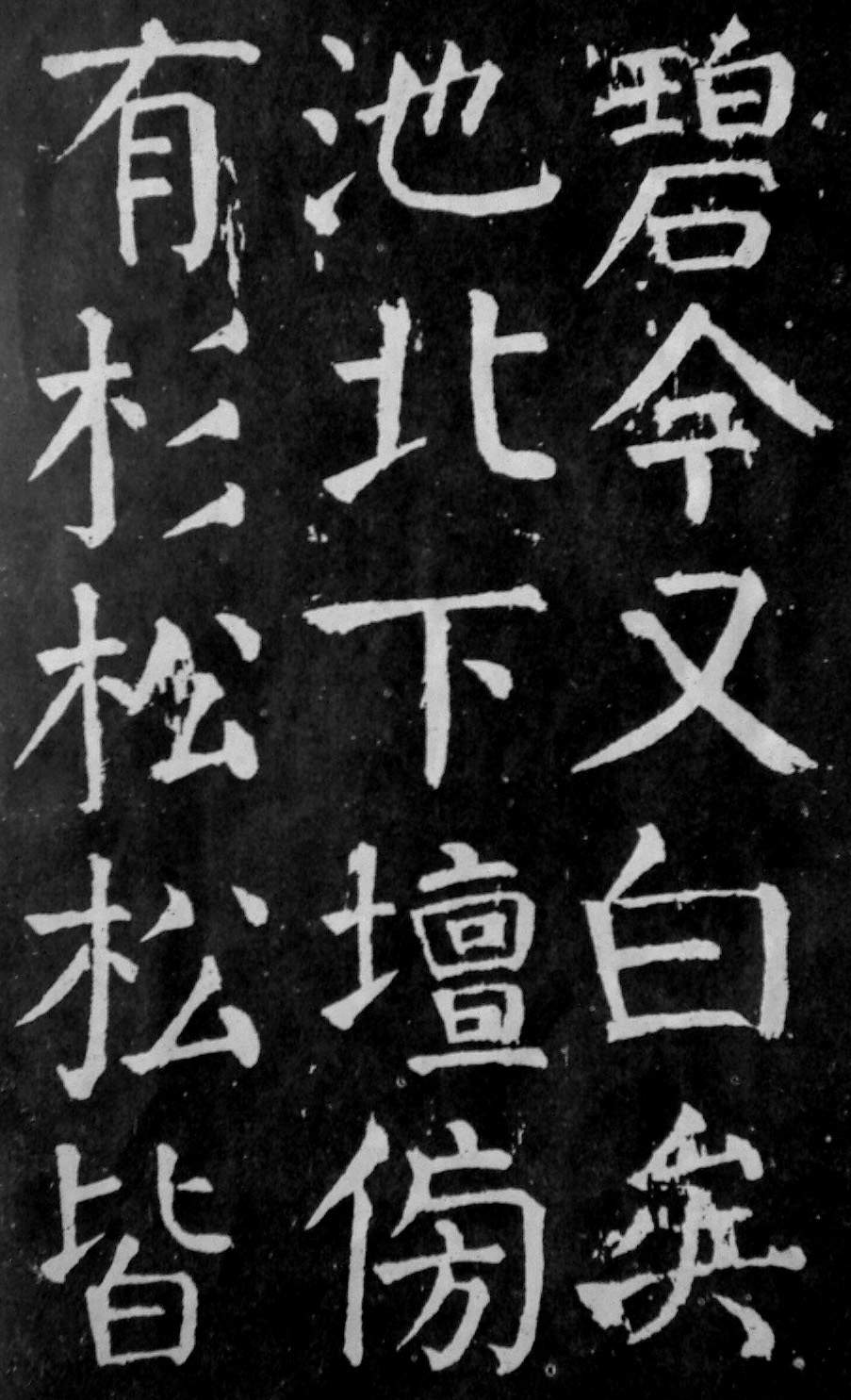
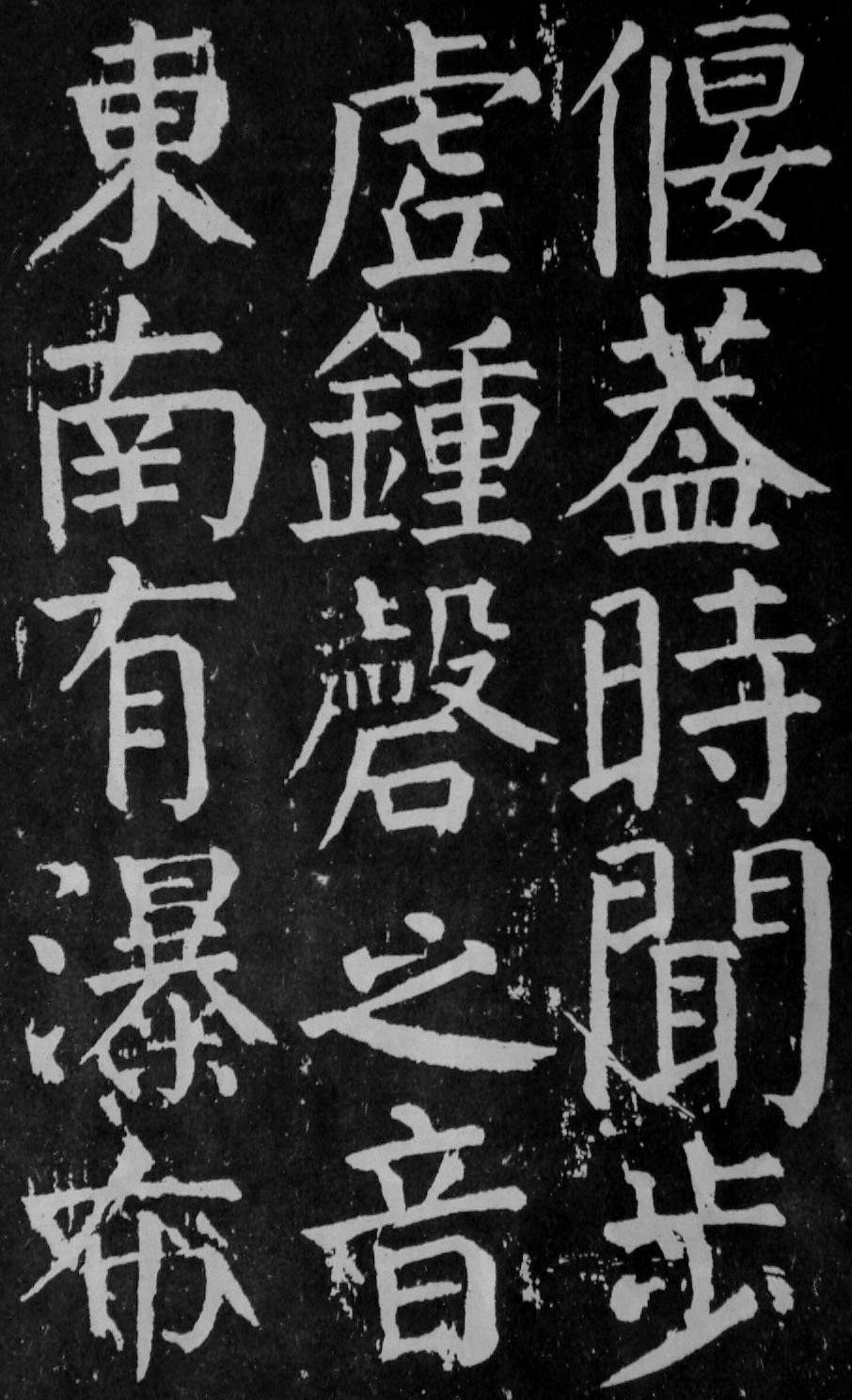
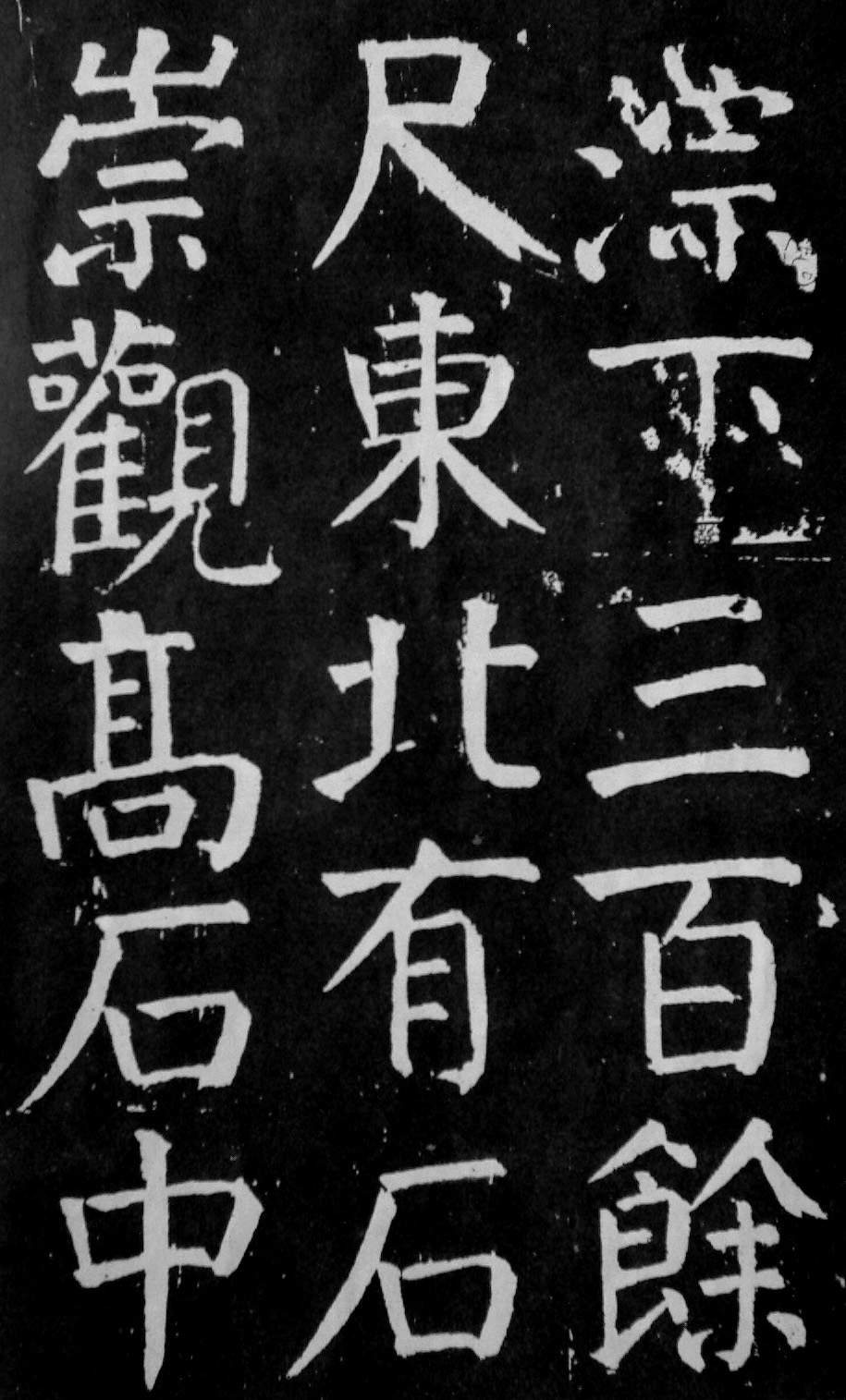
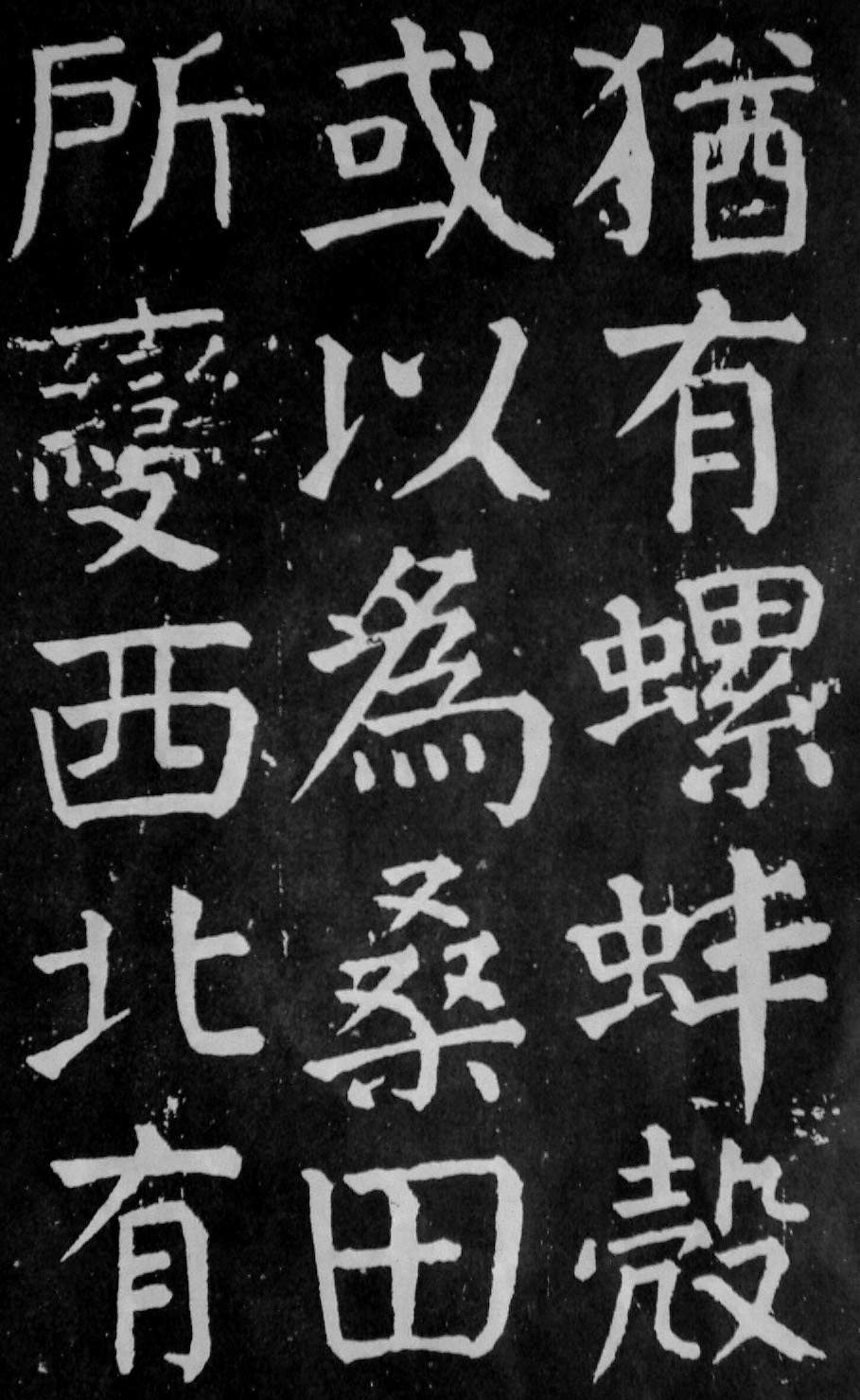
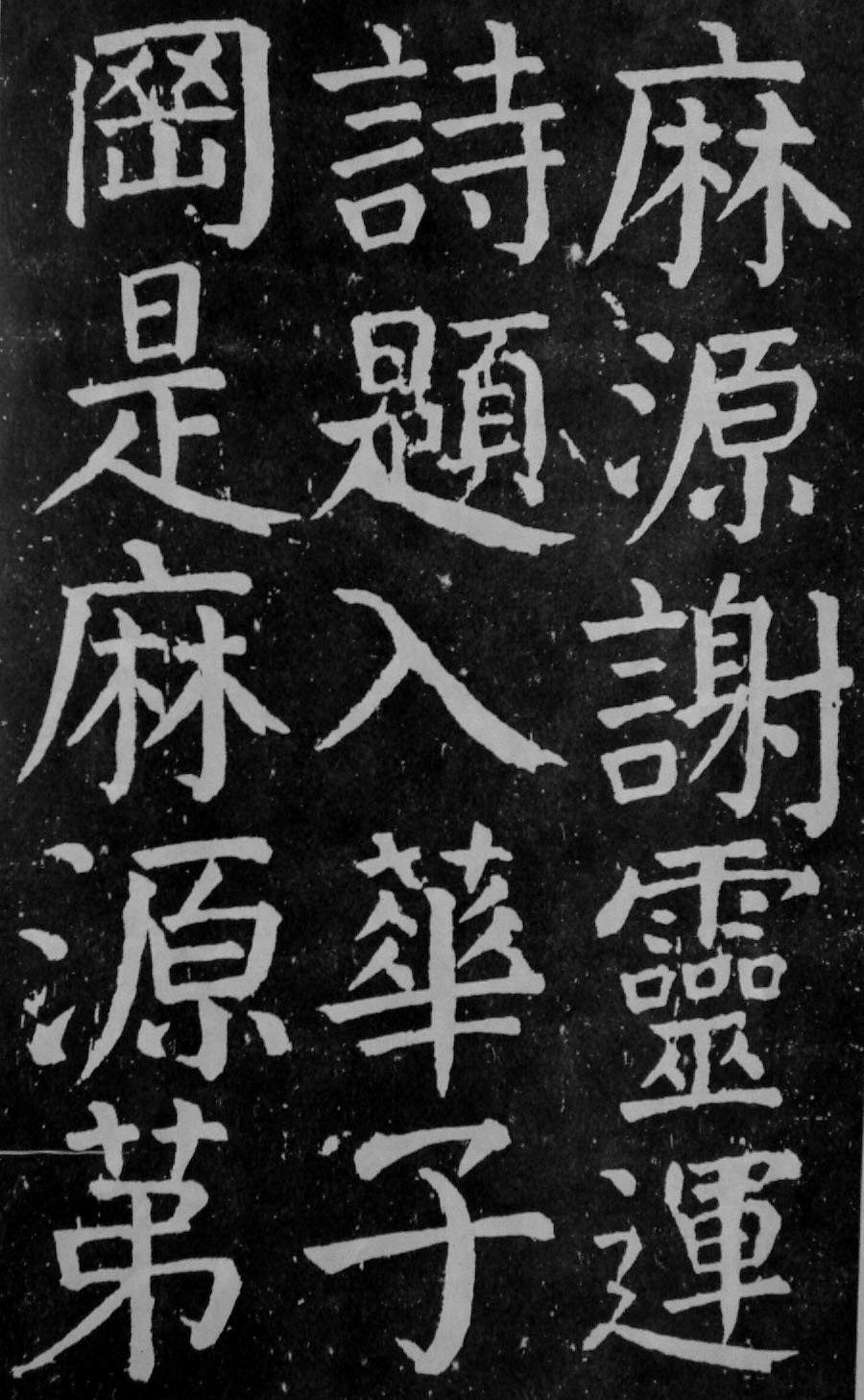
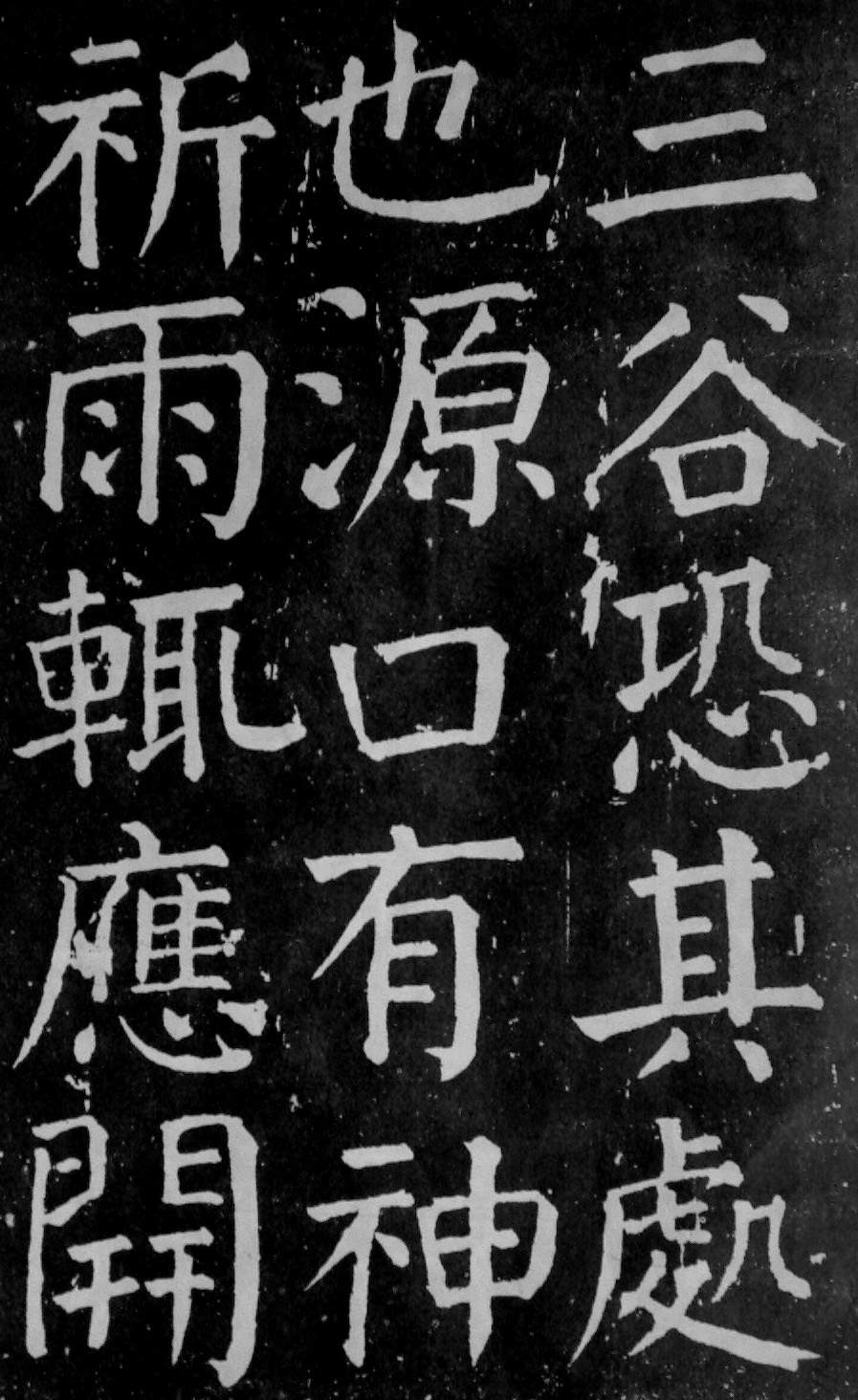
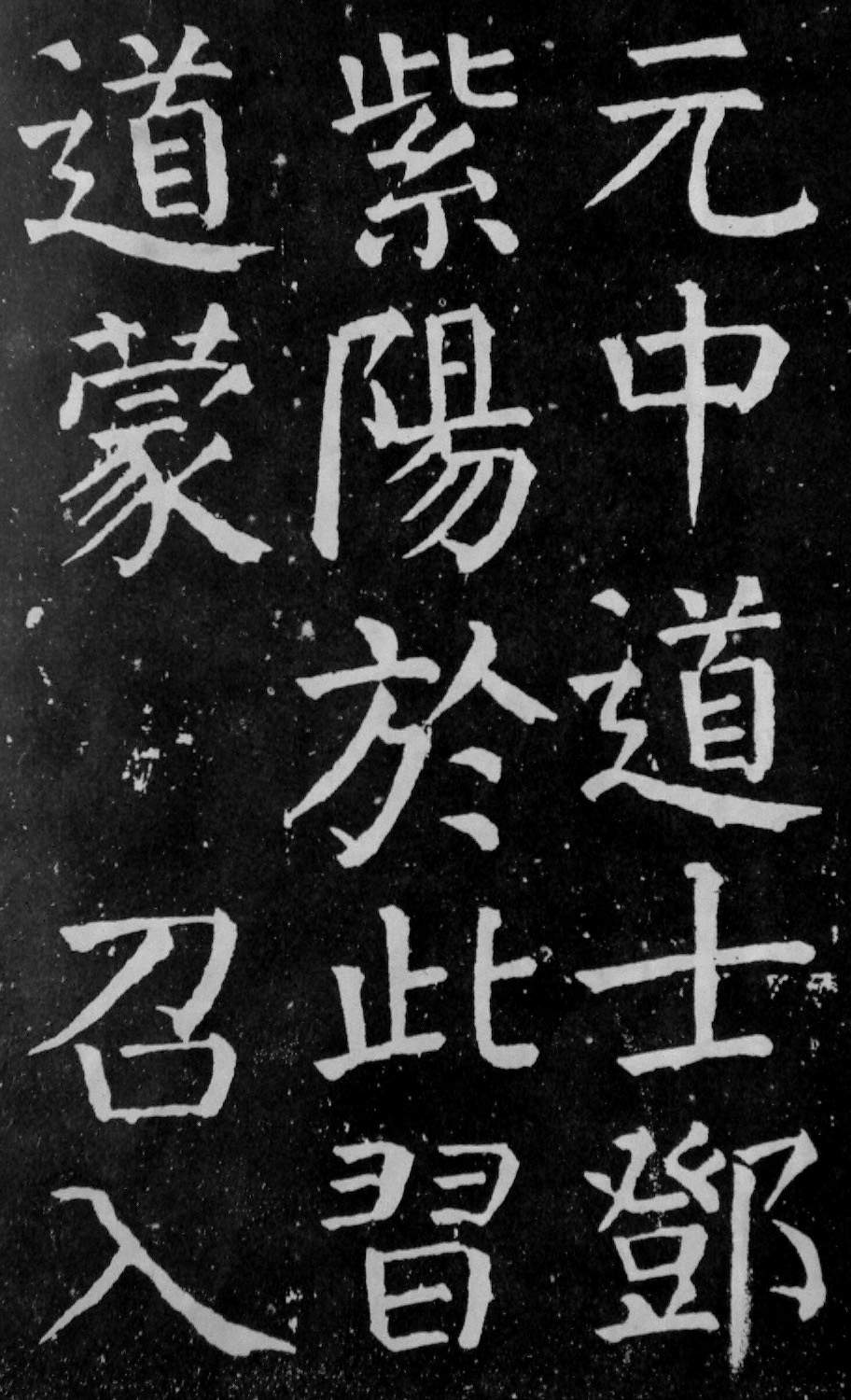
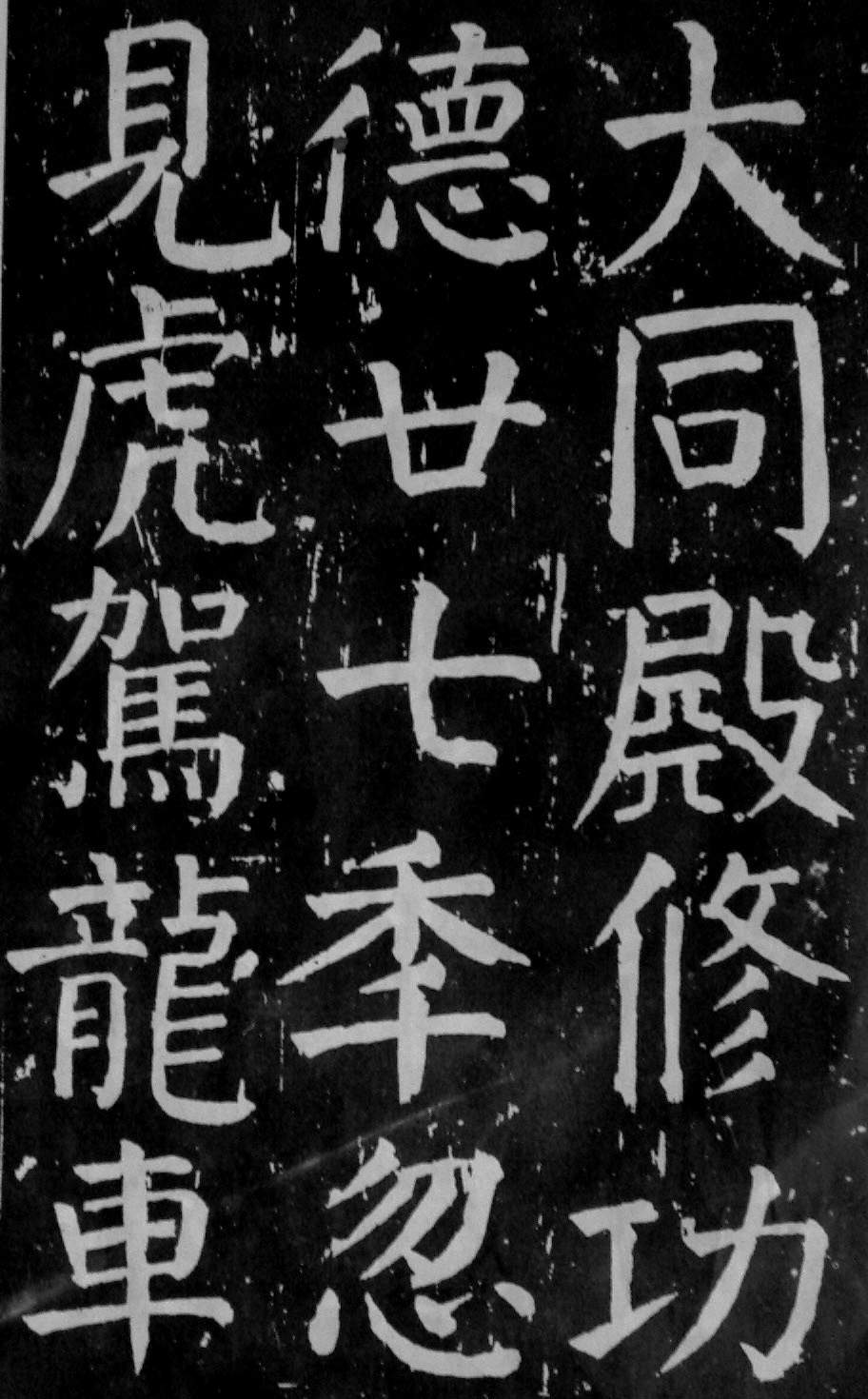
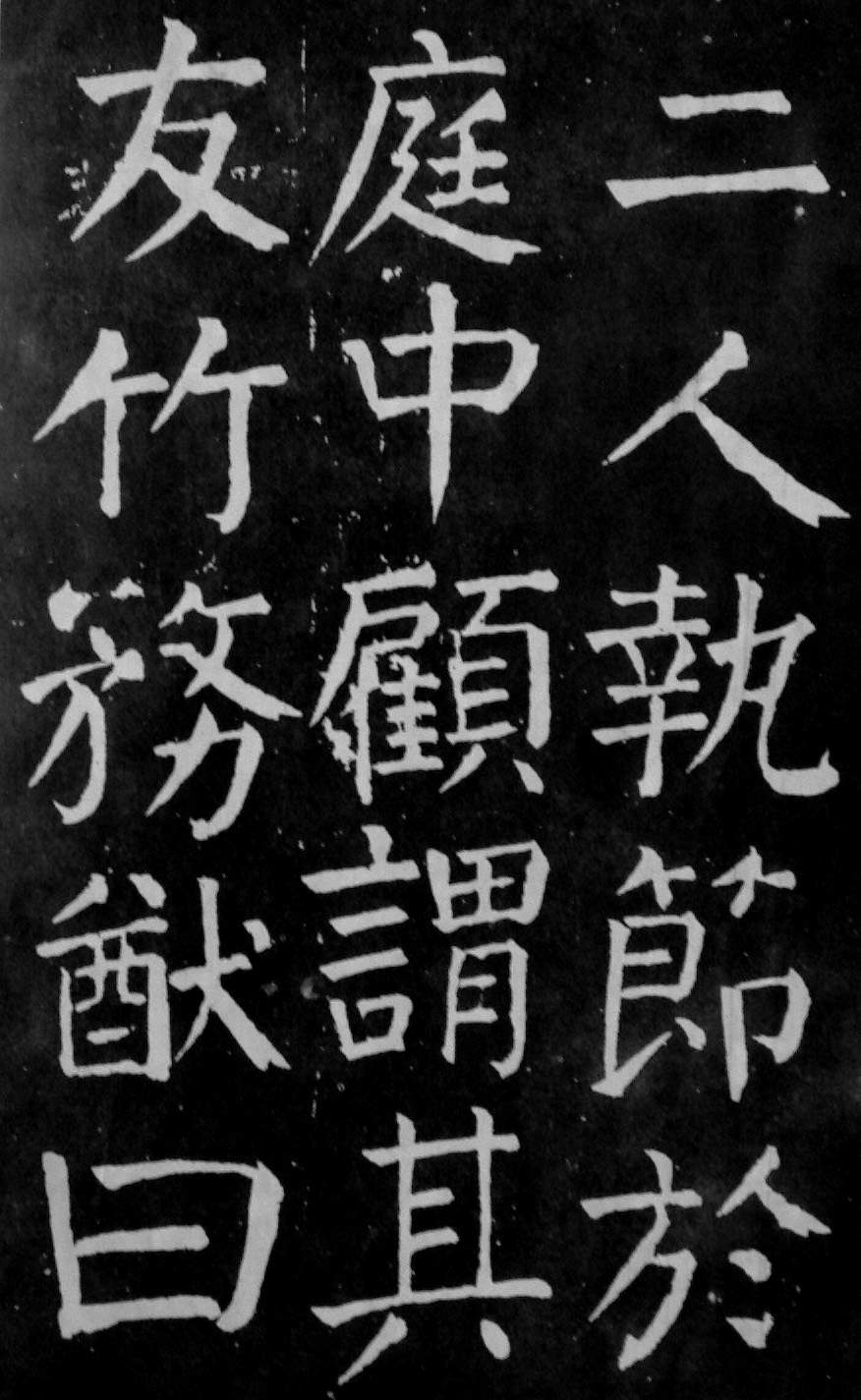
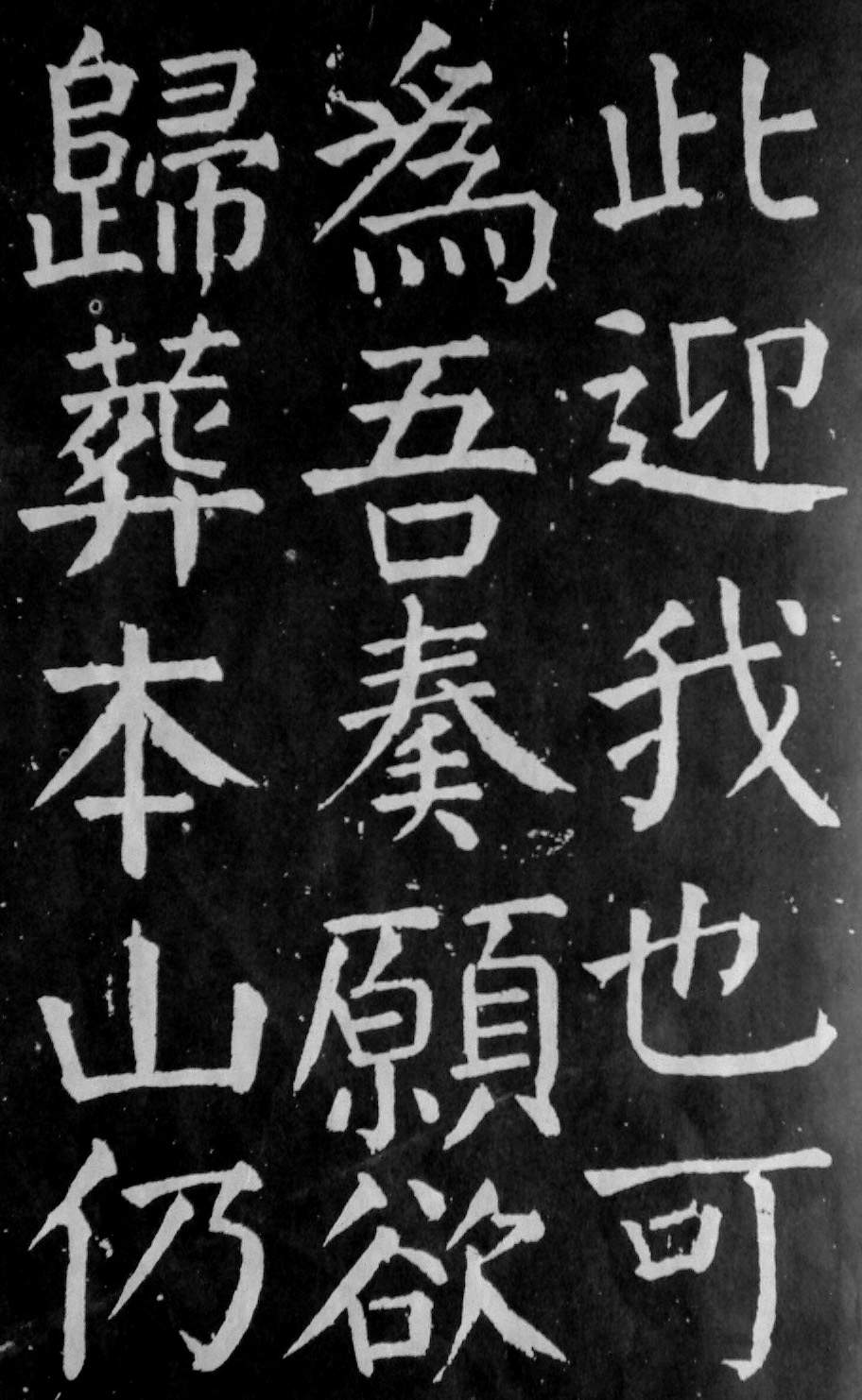
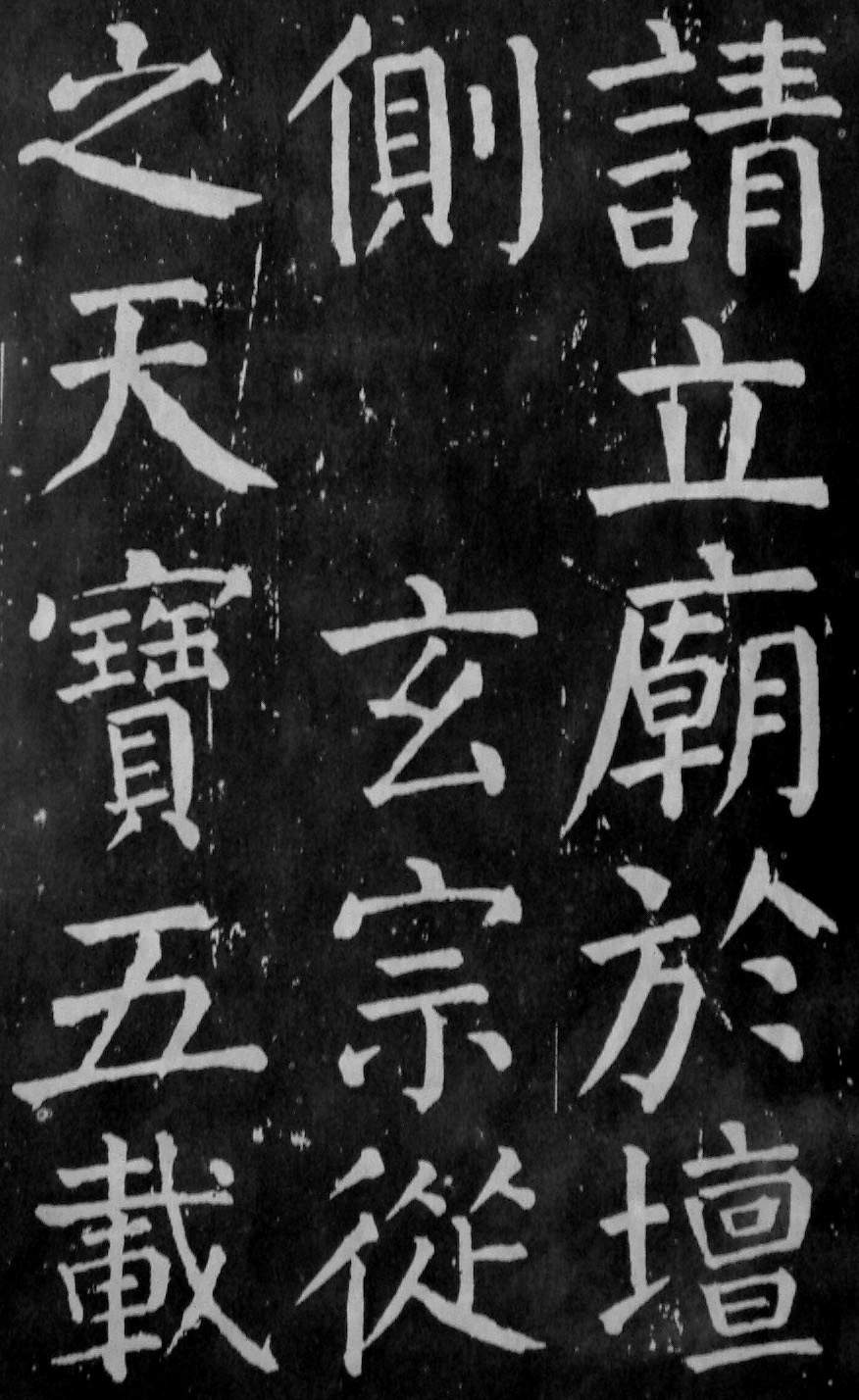
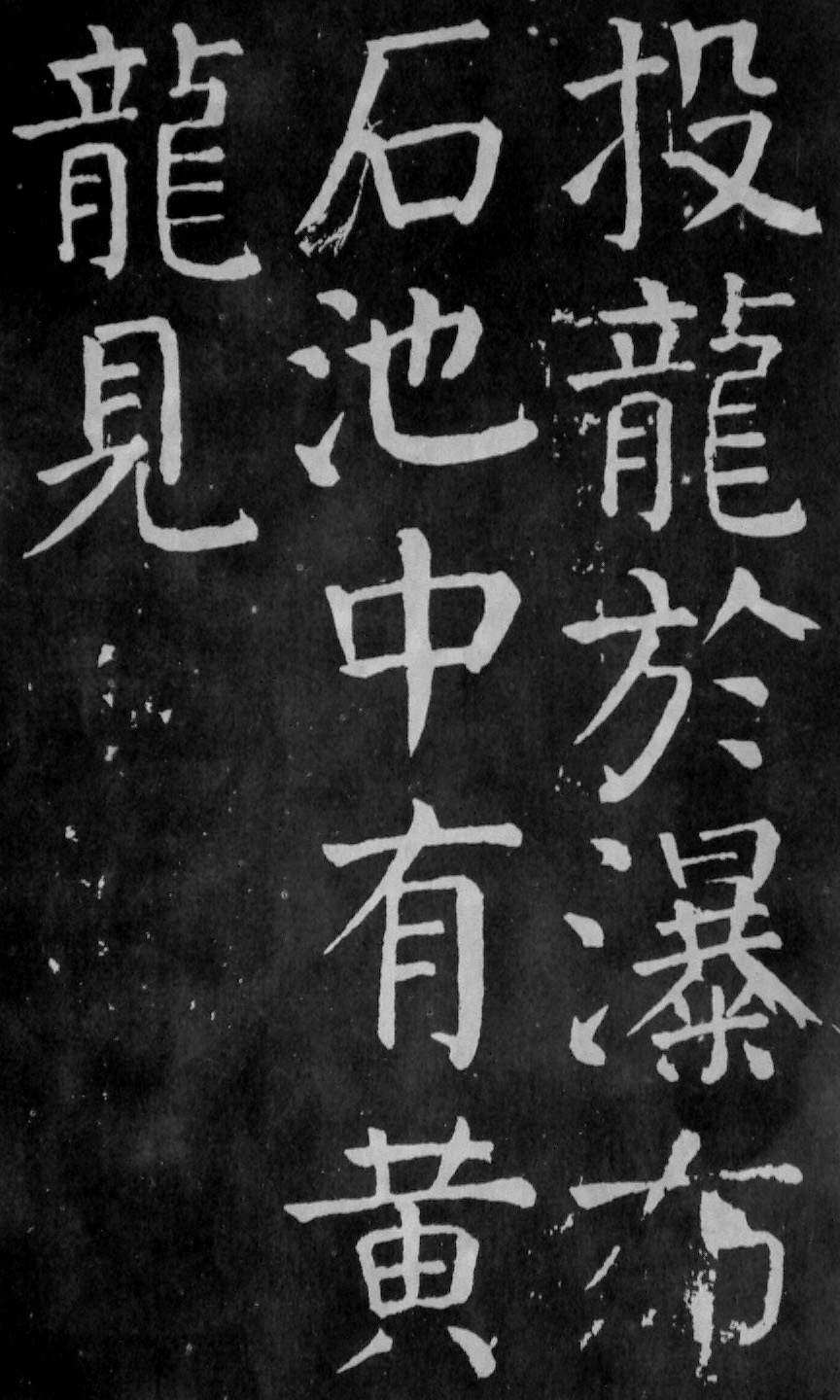
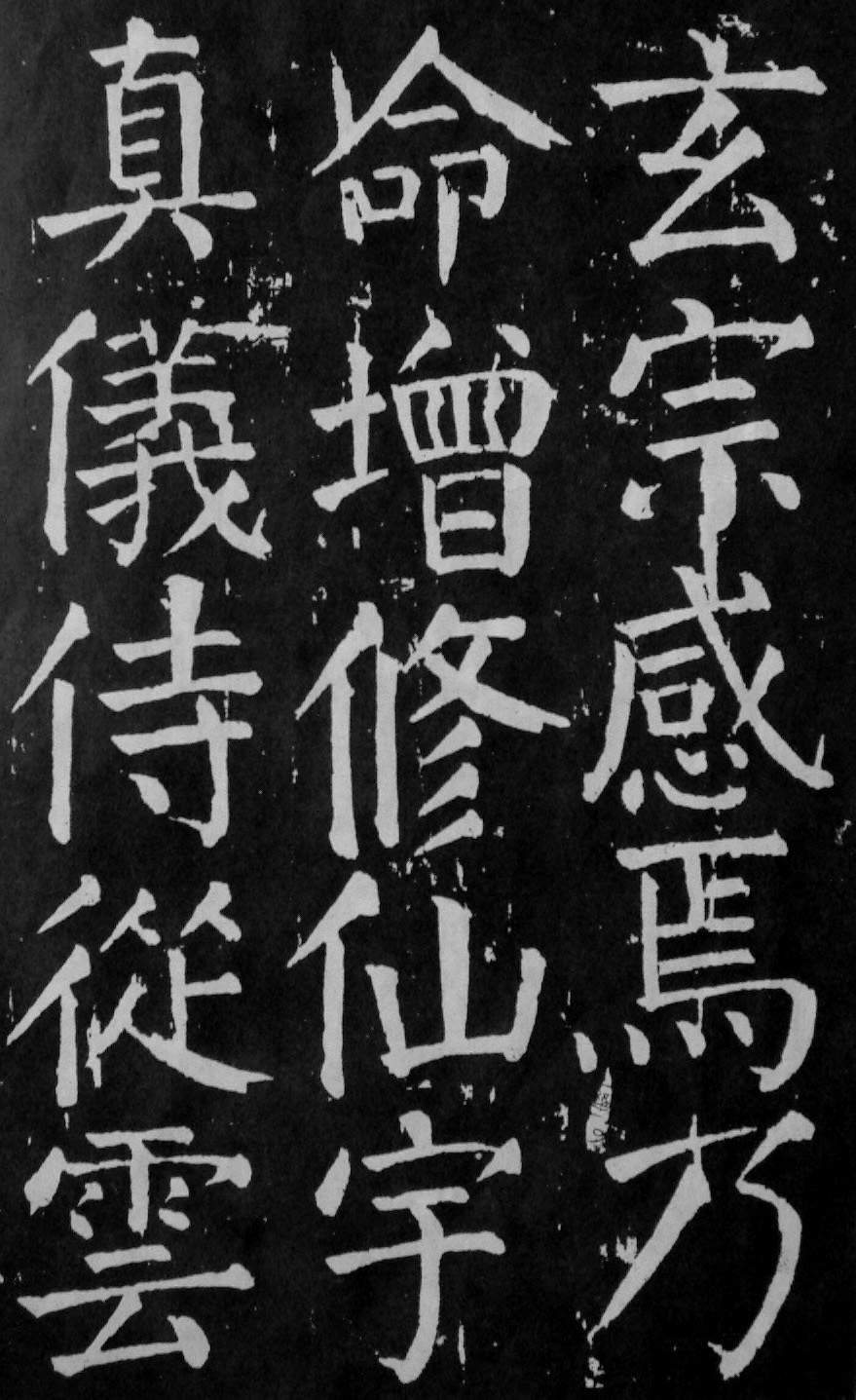
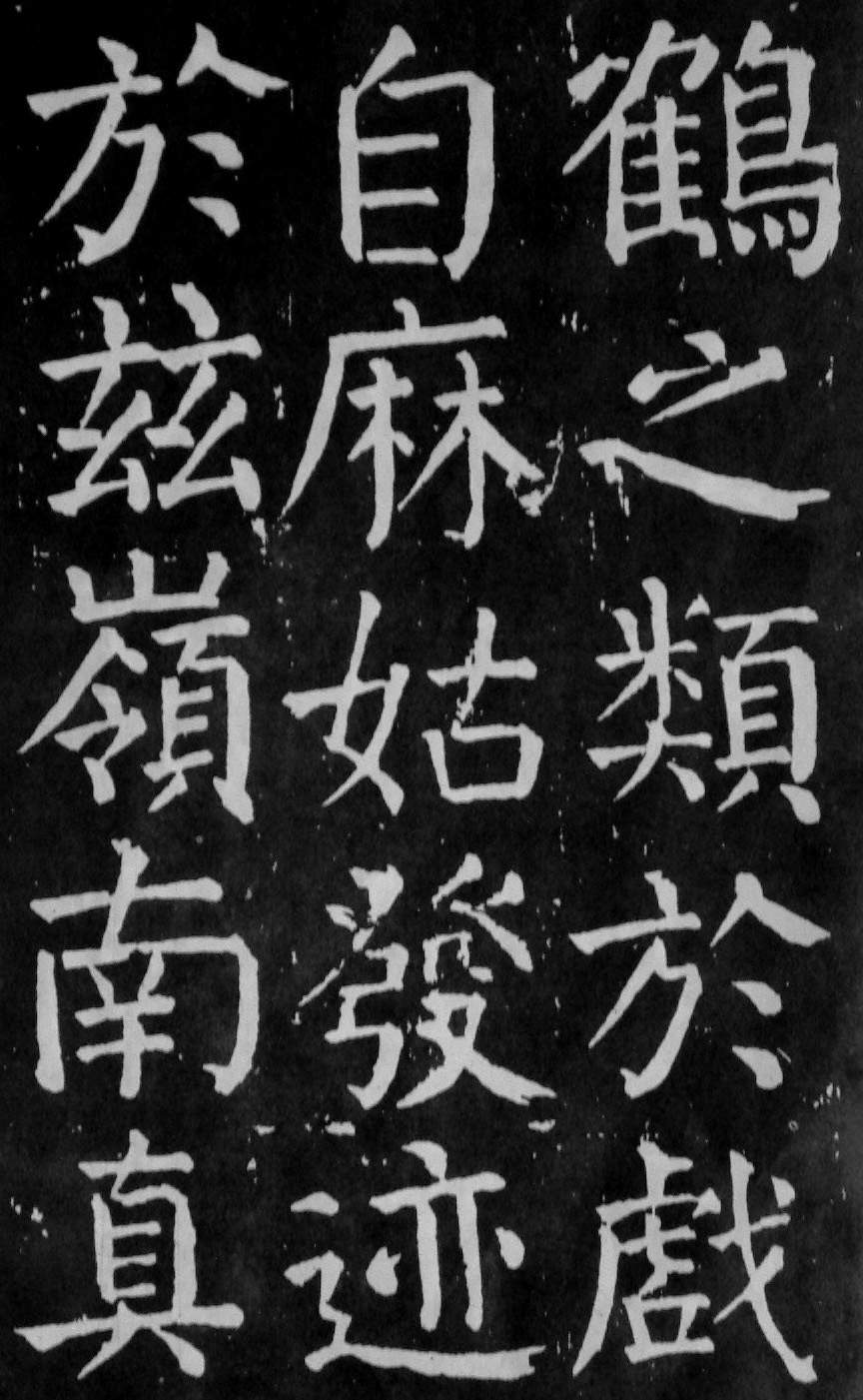
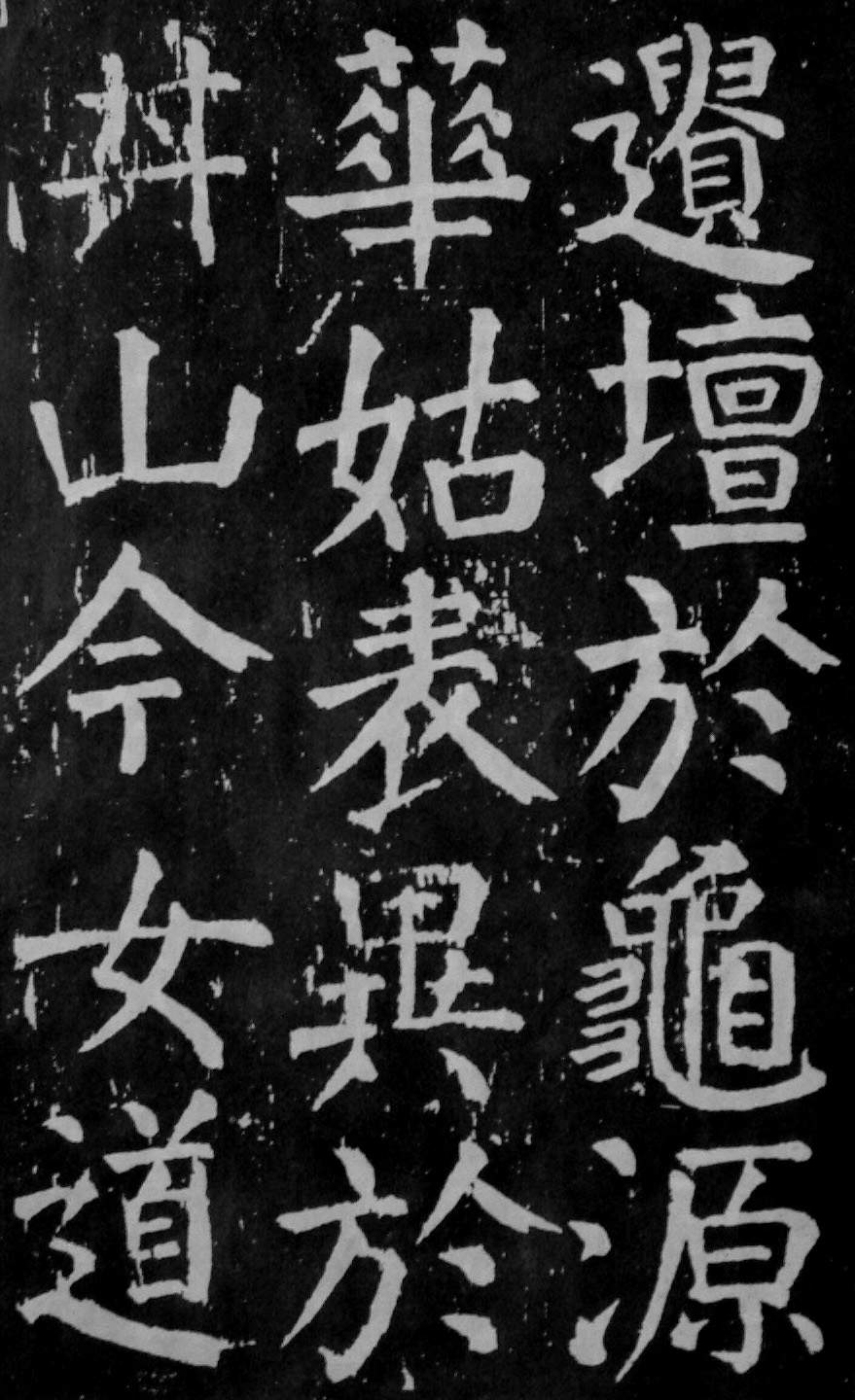
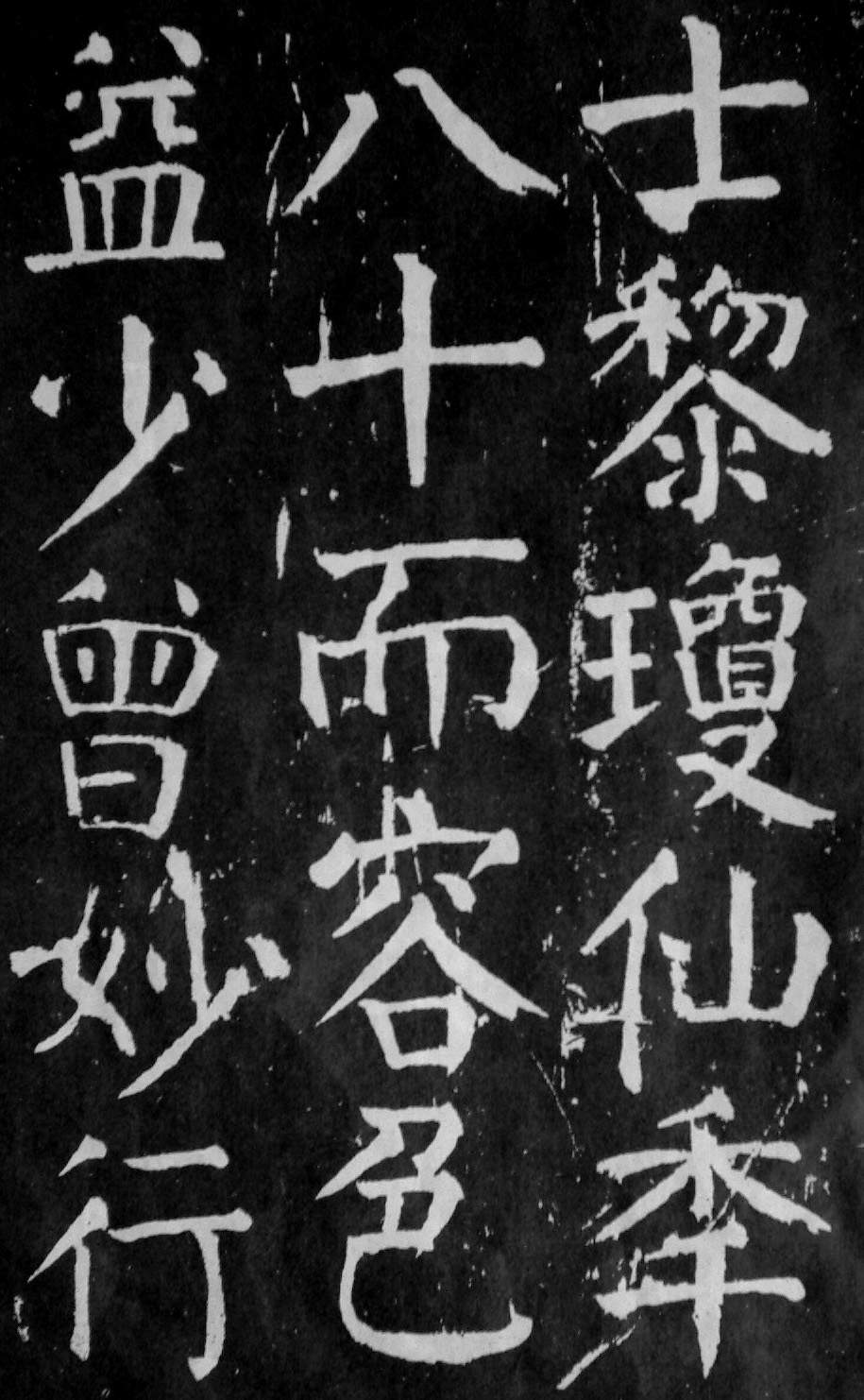
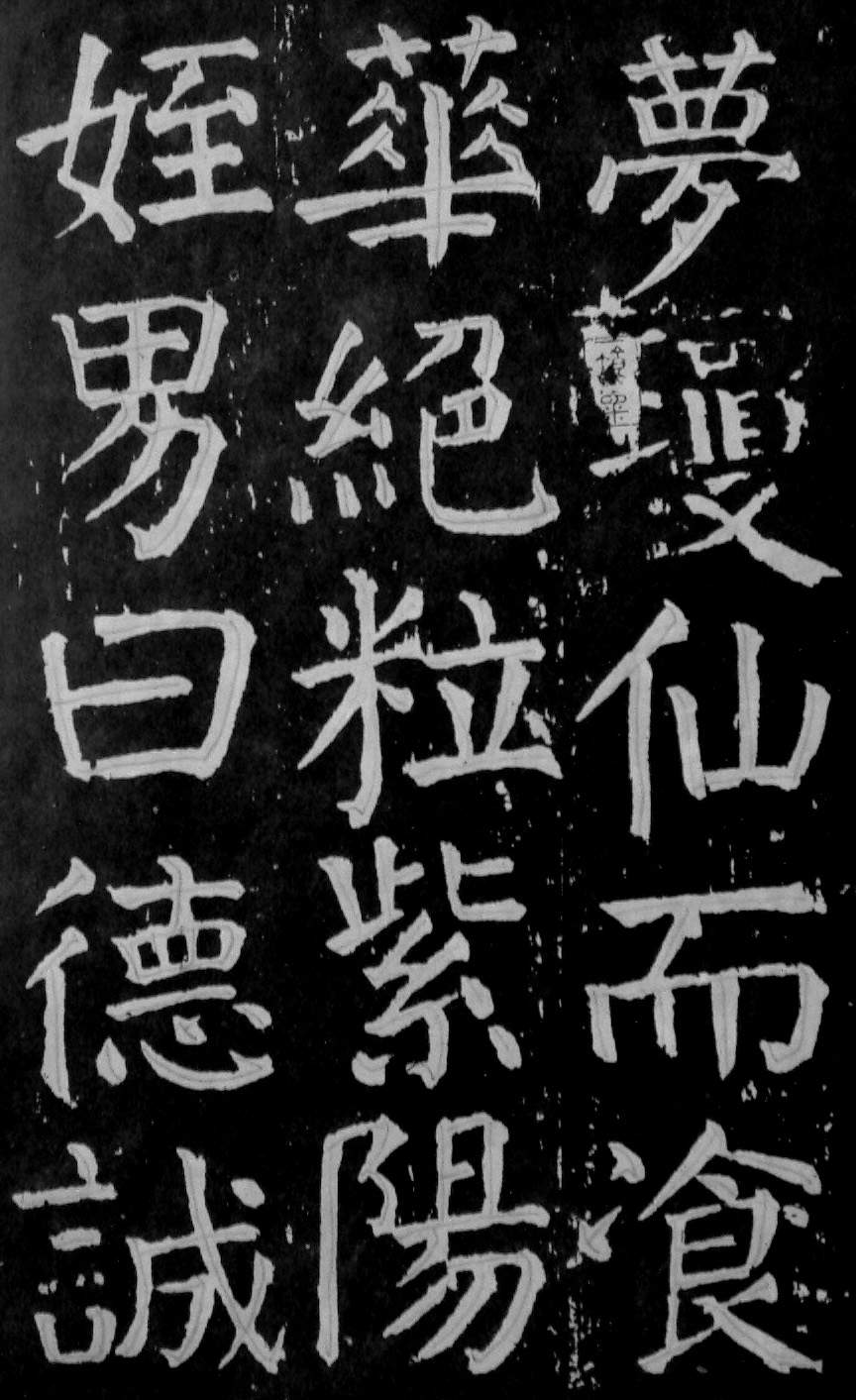
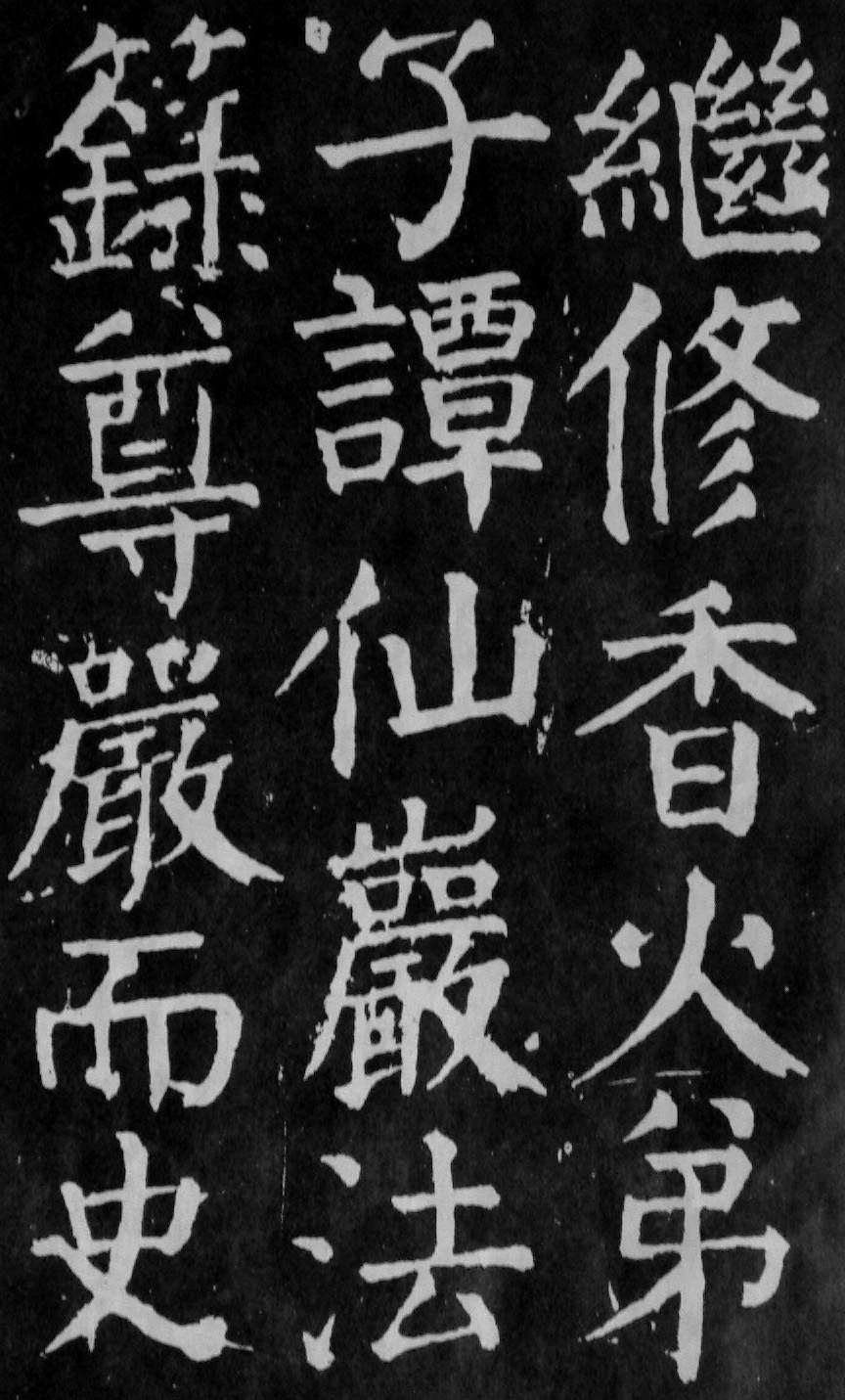
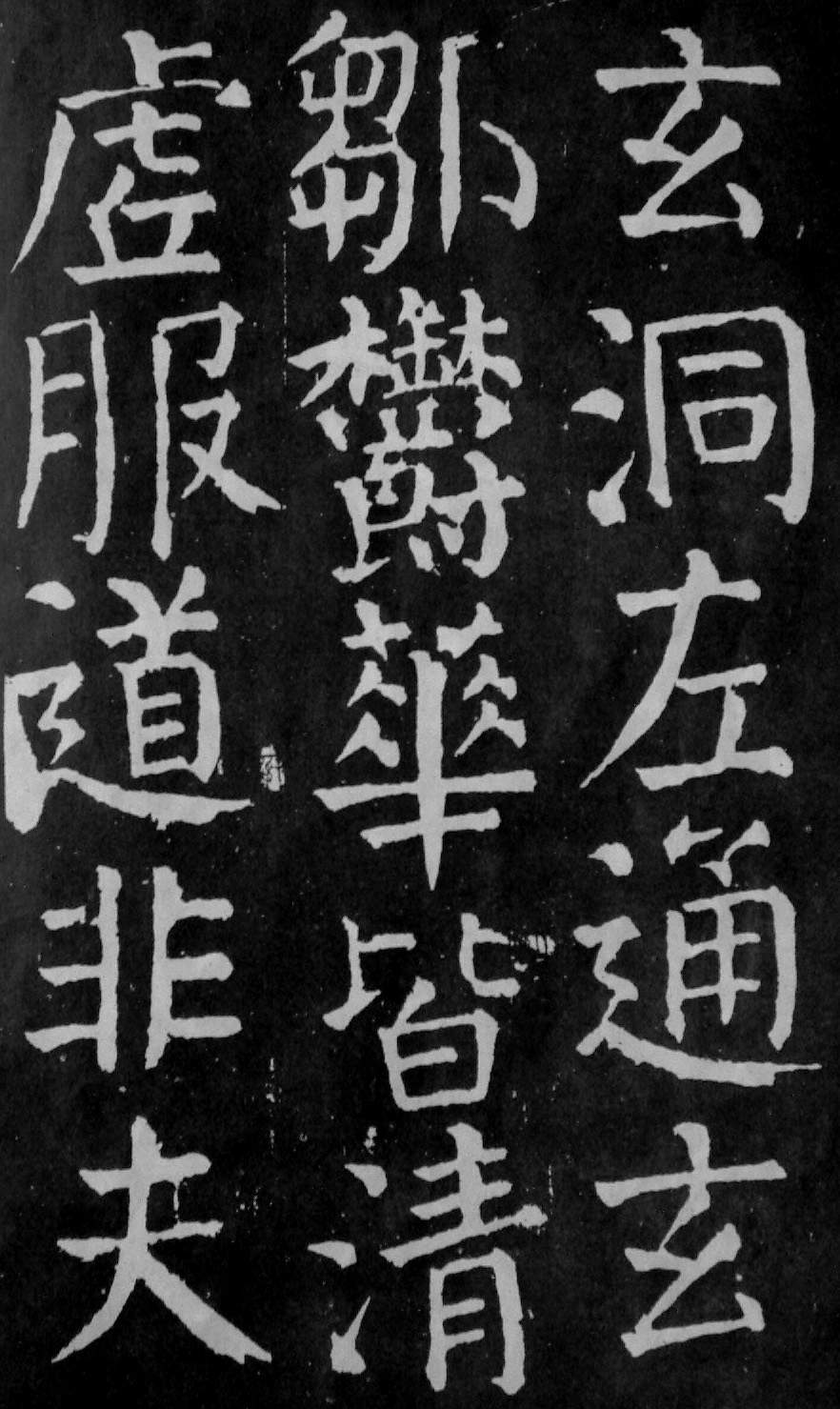
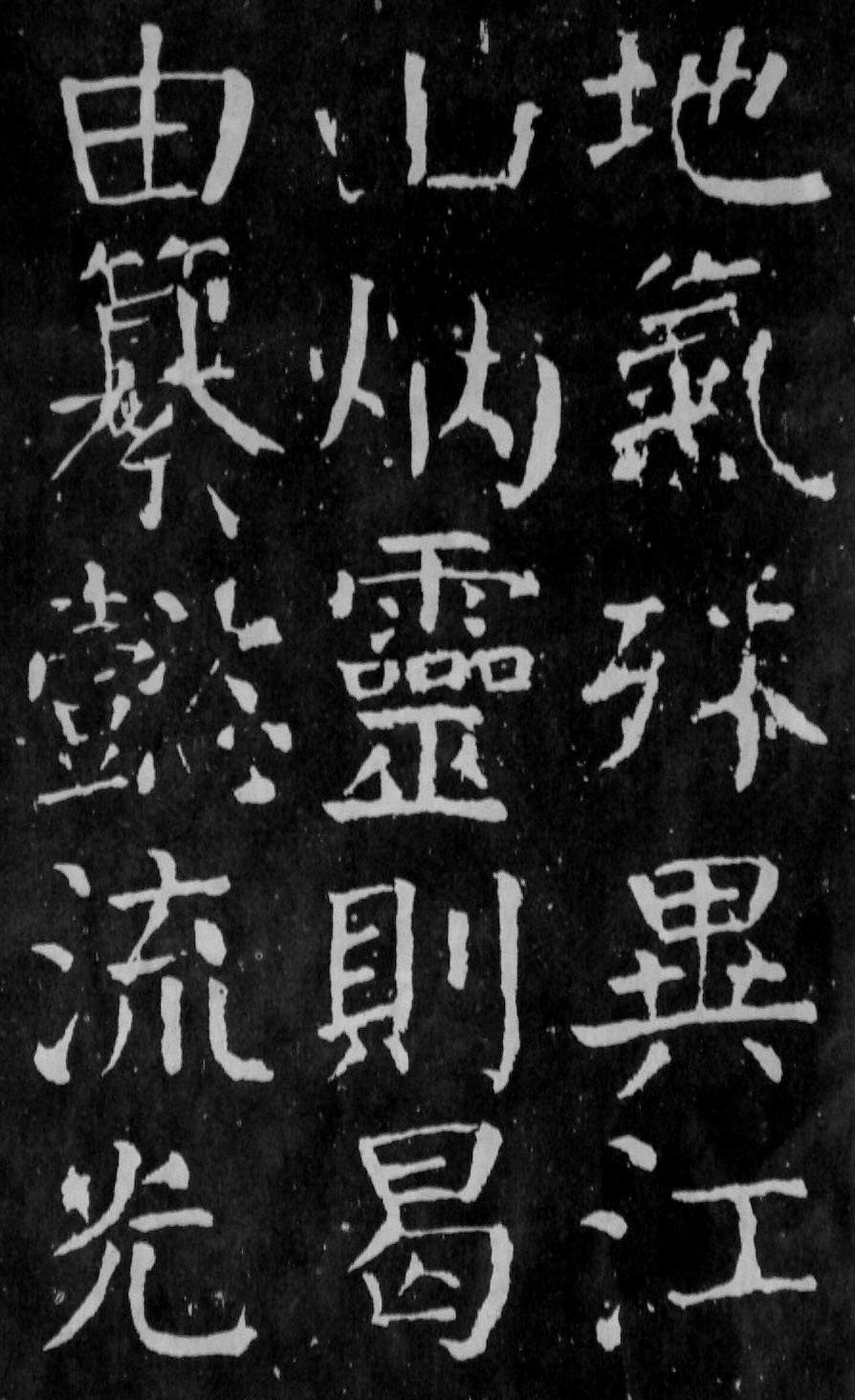
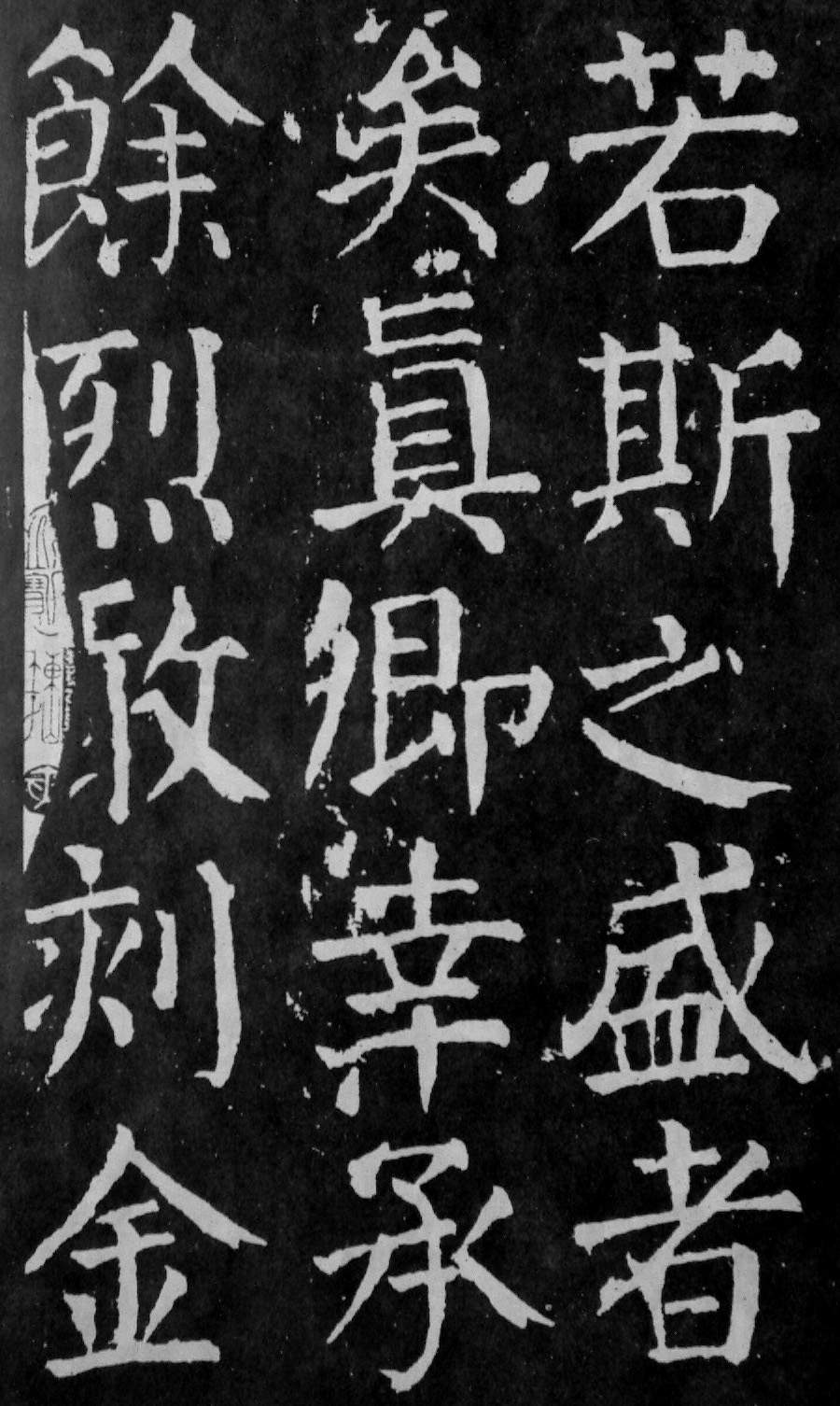
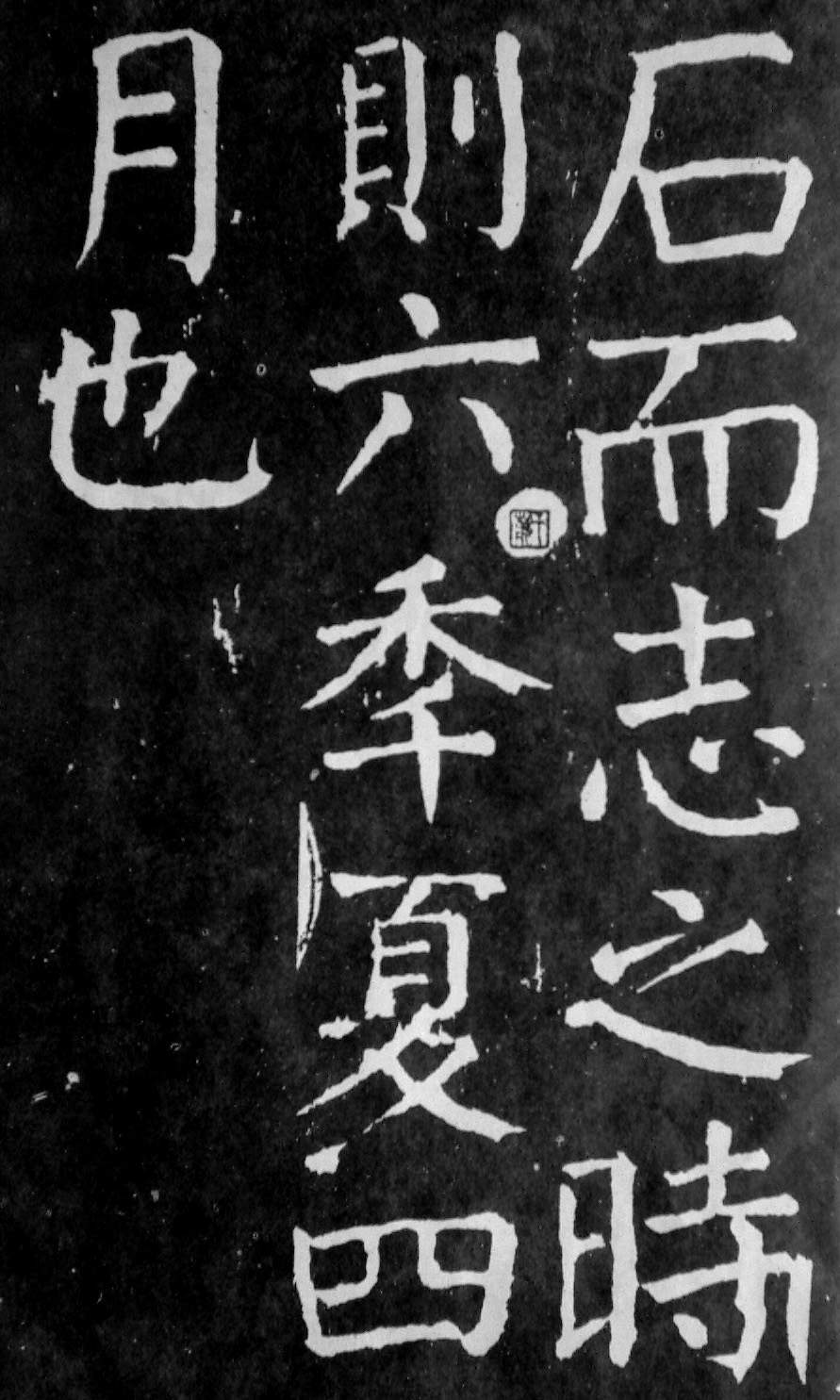
Translation of Magu Xian Tan Ji:
There is a record of the Immortal Altar in Magu Mountain, Nancheng County, Fuzhou, Tang Dynasty
Written and written by Yan Zhenqing
Regarding Magu, Ge Hong's "Biography of Immortals" has the following record: Wang Yuan, named Fang Ping, was going east to Kuocang Mountain. He passed by Cai Jingjia in Wudi and taught him the secret method of cultivating immortals. After ascending, his body was like a snake and a cicada shedding its skin. More than ten years after Cai Jing ascended to immortality, he suddenly returned home and said to his family: "On July 7th, Wang Fangping will come to visit." When the date came, Wang Fangping came in a feather chariot. He drove five flying dragons with different colors and led his followers with flags. , majestic and majestic, like a general. After Wang Fangping arrived, he sat for a while and introduced Cai Jing's father and brother. So Wang Fangping sent someone to tell Magu that Cai Jing did not know what kind of god Magu was. Just listen to Wang Fangping say: "Wang Fangping wishes to report to Magu. I haven't been to the human world for a long time. I am here this time. I hope Magu can come by the way." After a while, a message came back, but only the voice was heard, but the messenger could not be seen. The voice said: "Goodbye Magu, we haven't seen each other for five hundred years in the blink of an eye. There is a difference between us, and I never have the opportunity to express my respect to you. I miss you very much. Could you please send a messenger to inform you that you are at Cai Jing's house? Go immediately. And I have been ordered to patrol Penglai before, and now I have to go there first and then come back. When I come back, I will go to see you immediately. I hope you will not leave immediately." After two hours of this, Magu arrived. At that time, there was no sound of people and horses. When they arrived, the number of entourage was half of Wang Fangping's. Magu arrived at Cai's house, and Cai Jing's whole family came out to meet them. This is a beautiful woman, about eighteen or nineteen years old. The top of her head is tied into a bun, and the rest of her hair hangs down to her waist. Her clothes have patterns, but they are not brocade. They shine in the sun with a brilliance that is hard to describe in words and is something that cannot be found in the human world. When Magu saw Wang Fangping, Wang Fangping stood up and saluted. After sitting down, they each offered food, which was placed in gold plates and jade cups. They were infinitely exquisite meals, mostly with various flowers. The aroma filled the room and outside. They broke open the dried venison and ate. Magu said: "Since I served you last time, I have seen the East China Sea turn into mulberry fields three times. I just saw that the water in Penglai is shallower than before. About half of the time has passed. Is the East China Sea going to become land again?" Wang Fangping smiled. Said: "The sages said that the East China Sea will be filled with dust again." Magu wanted to meet Cai Jing's mother and wife. Cai Jing's sister-in-law had just given birth for dozens of days. Magu saw her from a distance and understood, and said: " Hey, please stop and don't come over here." He immediately asked for some rice and threw it on the ground. When the rice hit the ground, it immediately turned into cinnabar. Wang Fangping smiled and said: "Ma Gu is still young, and I don't like playing this kind of changing game anymore." Magu's hands were like bird claws, and Cai Jing thought to himself: "If you can use this hand to scratch your back when it itches, Back, that would be great!" Wang Fangping already knew what Cai Jing was thinking, and immediately asked someone to grab Cai Jing, beat him with a whip, and said, "Ma Gu is a god, why do you think her hands can be used to scratch her back? !" But when the whip hit Cai Jing's back, the person holding the whip was nowhere to be seen. Wang Fangping told Cai Jing: "My whip is not something that can be easily received."
In the third year of Dali, I, Yan Zhenqing, served as the governor of Fuzhou. According to the "Illustrated Book", I learned that there is Magu Mountain in Nancheng County, and there is an ancient altar on the top of the mountain . It is said that Magu attained enlightenment here. There is a pool in the southeast of the altar. There are red lotus flowers in the pool. They suddenly turned green not long ago, and now they turn white again. To the north of the pool, under the ancient altar, there are cedars and cedars growing beside it. The canopy of the trees is as lush as an umbrella canopy. The sound of chanting sutras and bells can often be heard. There is a waterfall in the southeast of the altar, gurgling down for more than 300 feet. There is a Shi Chong Temple in the northeast of the altar. Snail and clam shells can also be seen among the tall stones. Some people think it is a witness to the changes in the world. There is Mayuan in the northwest of the altar. Xie Lingyun's poem "Rui Huazigang is the third valley of Mayuan" may be here. There is a spirit in the mouth of the source, and if you pray for rain, it will come true. During the Kaiyuan period, Taoist priest Deng Ziyang practiced Taoism here. Later, he was called by the emperor to enter the Datong Hall in the palace to practice merit. In the twenty-seventh year of Kaiyuan, I suddenly saw a dragon and tiger chariot arriving, and two people standing in the courtyard holding talismans. Master Ziyang turned back to his friend Zhu Wuyou and said, "This is the person who came to pick me up. Please tell the emperor on my behalf that I hope to be buried in Magu Mountain." So Zhu Wuyou asked to build a temple for Master Ziyang beside the altar. Xuanzong agreed to his request. In the fifth year of Tianbao, a dragon throwing ceremony was held in the pool under the waterfall, and a yellow dragon appeared in the pool. Xuanzong was moved, so he ordered people to build Taoist temples, statues, attendants, clouds and cranes, etc.
Woohoo! Since Magu became an immortal on this mountain, Mrs. Wei of Nanyue left an altar in Guiyuan, and Hua Gu performed miracles in Jingshan. Now the female Taoist Li Qiongxian is eighty years old, and her appearance is getting younger; her disciple Zeng Miaoxing dreamed of Li Qiongxian, and began to eat flowers and grains; Ziyang Zhenren's nephew was named Decheng, who inherited the incense here; his disciple Tan Xianyan's Taoism was solemn, and Shi Xuan Dong, Zuo Tongxuan, and Zou Huahua are all pure and void and follow the great road. If it weren't for the unique aura of this place and the bright and beautiful mountains and rivers, how could it be so auspicious and beautiful, illuminating future generations and prospering like this! Zhenqing was fortunate enough to inherit the legacy of his ancestors and took the liberty to carve a stone and erect a monument to record this event. The time is summer and April in the sixth year of the Dali calendar.

